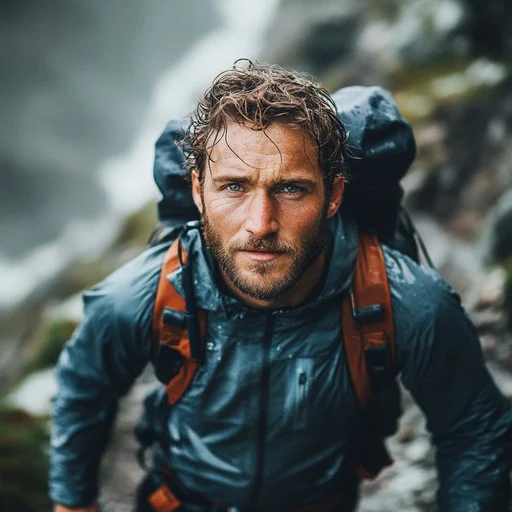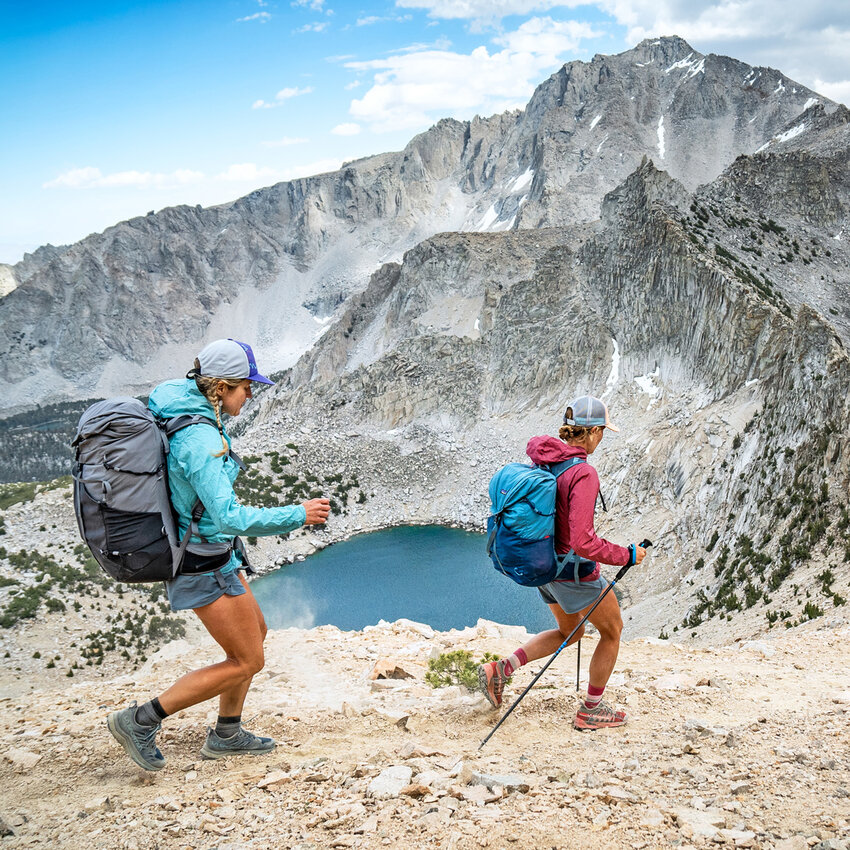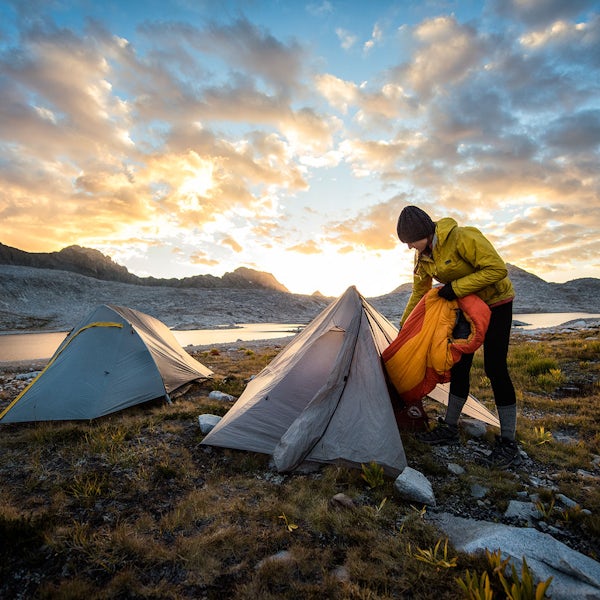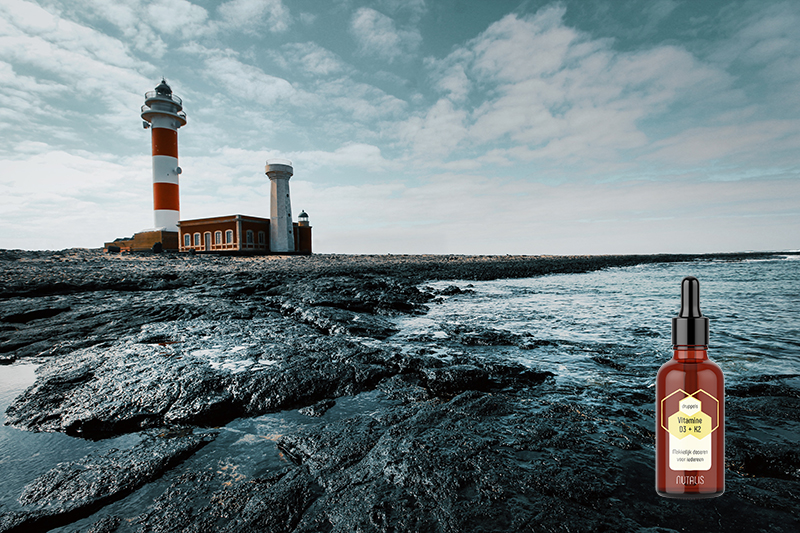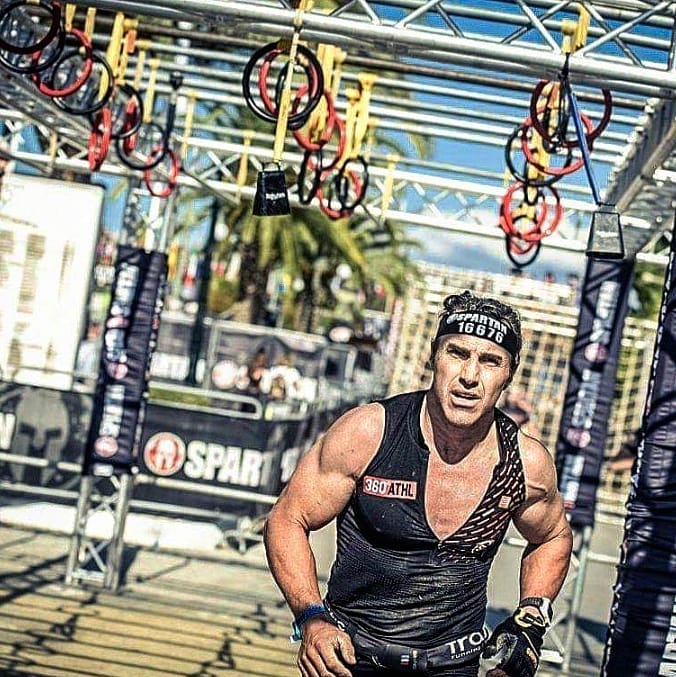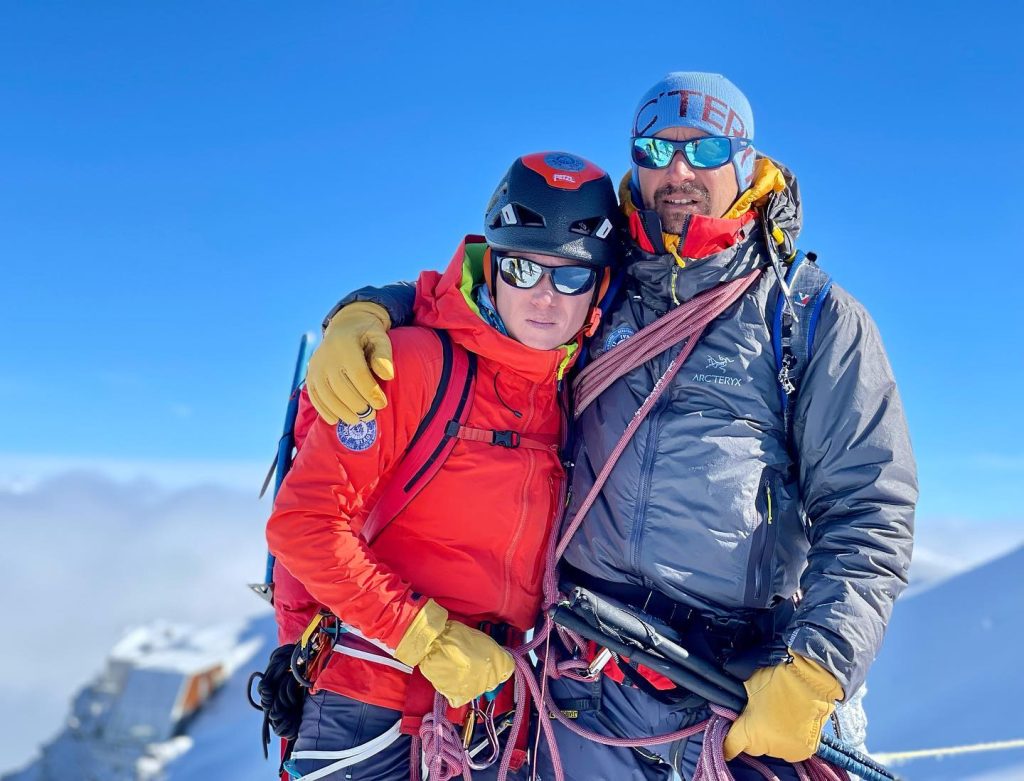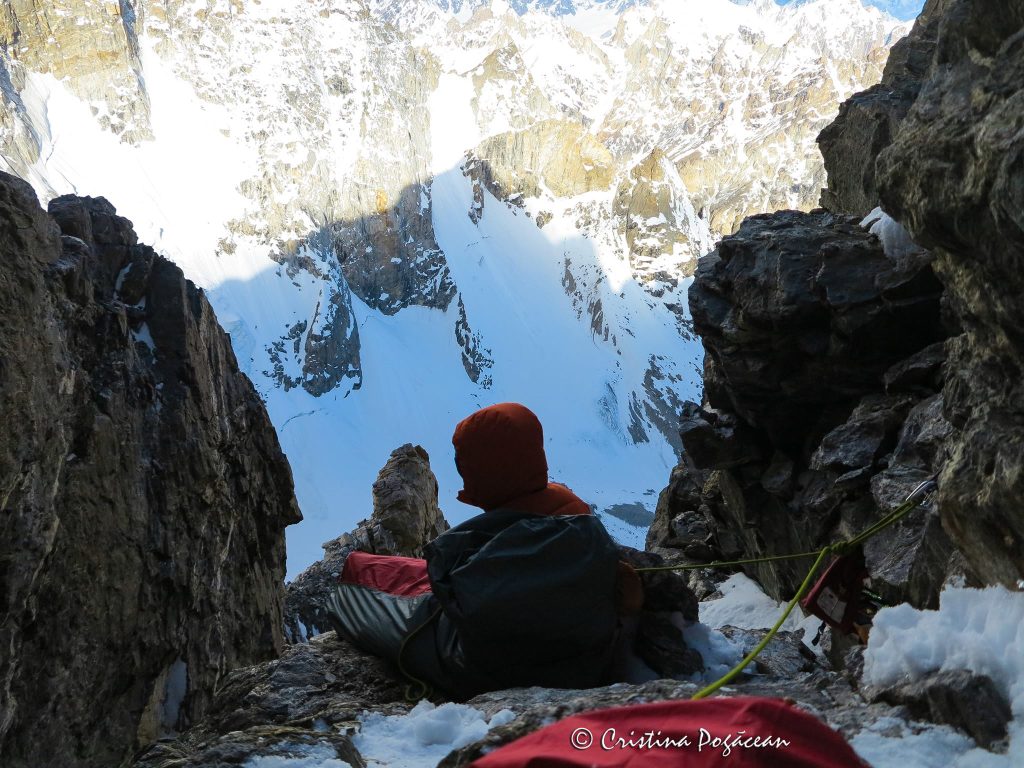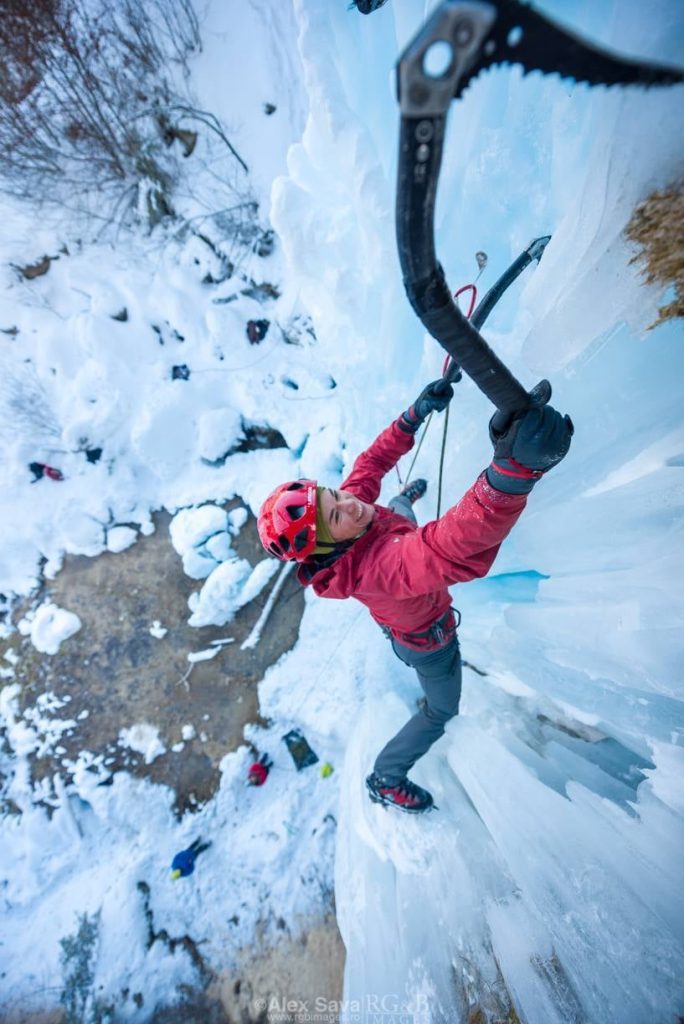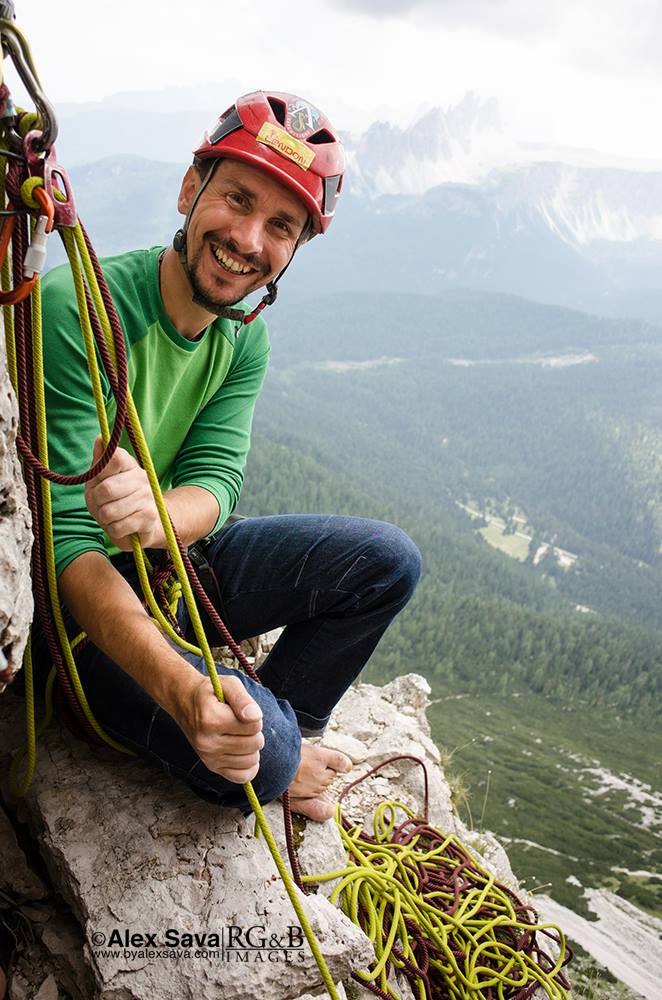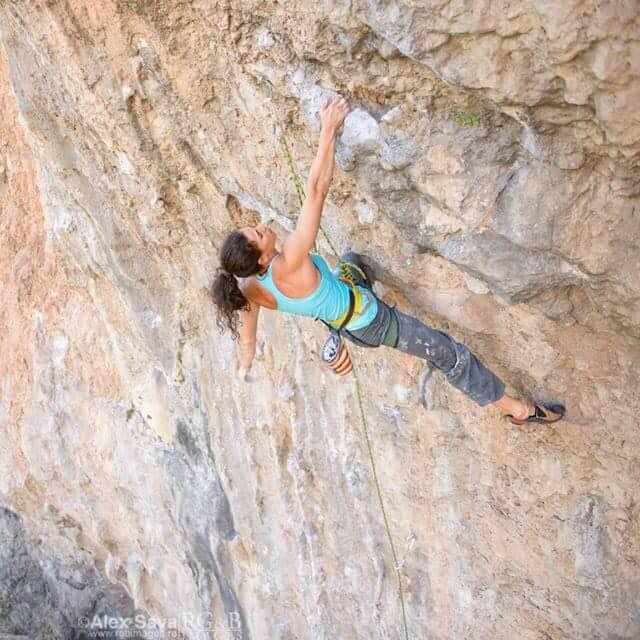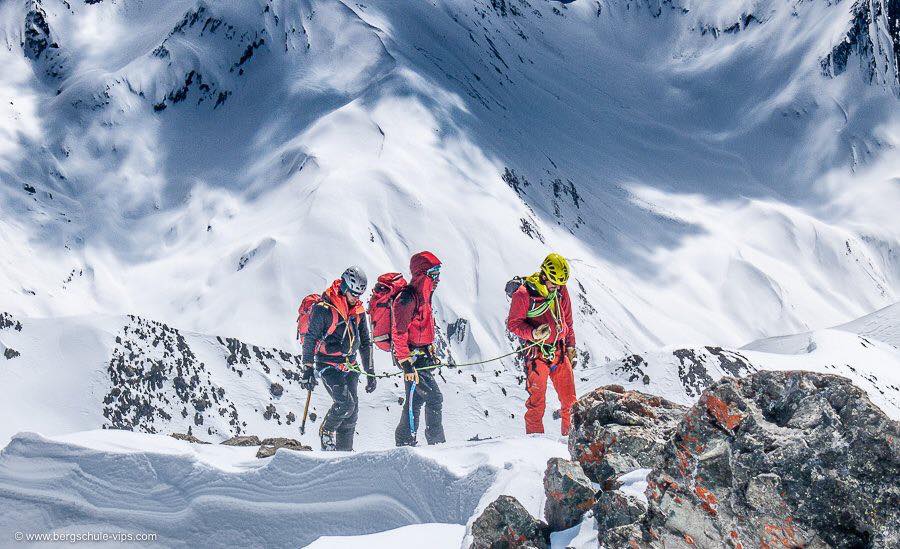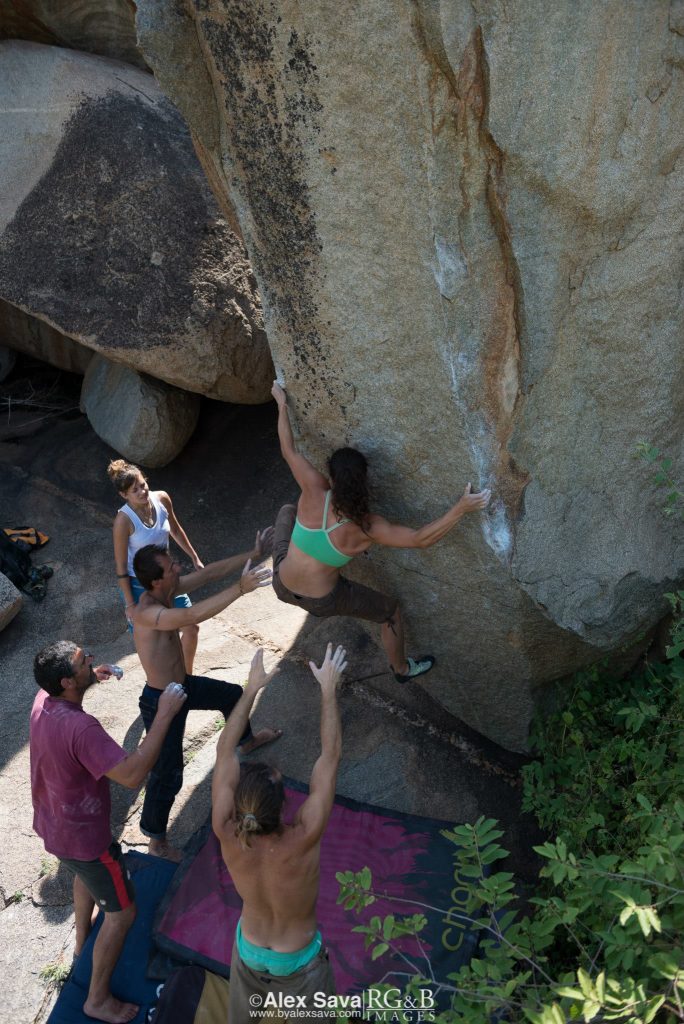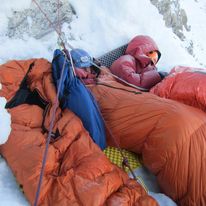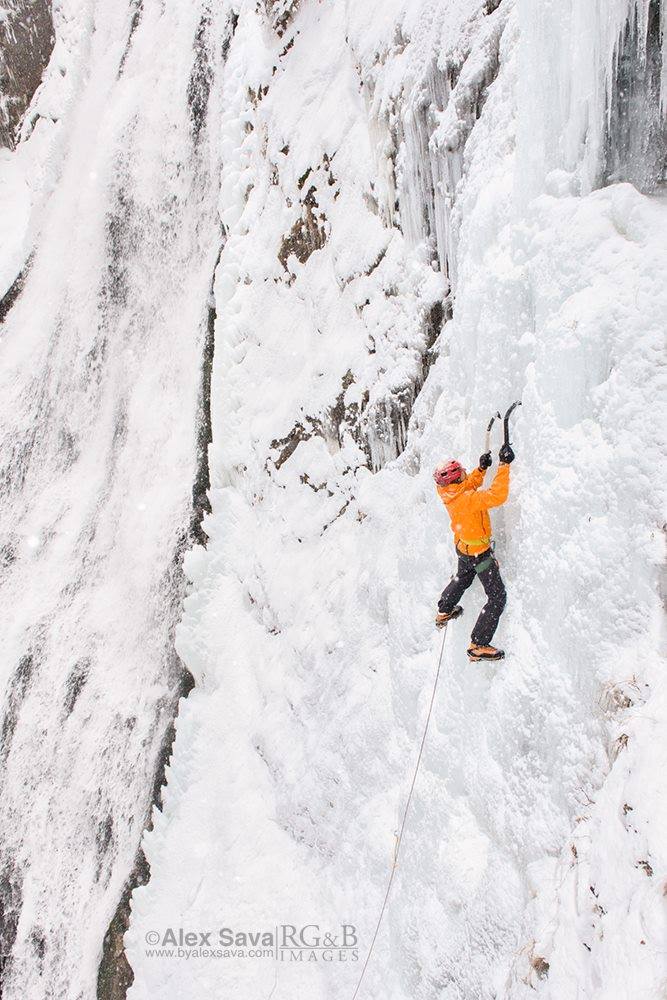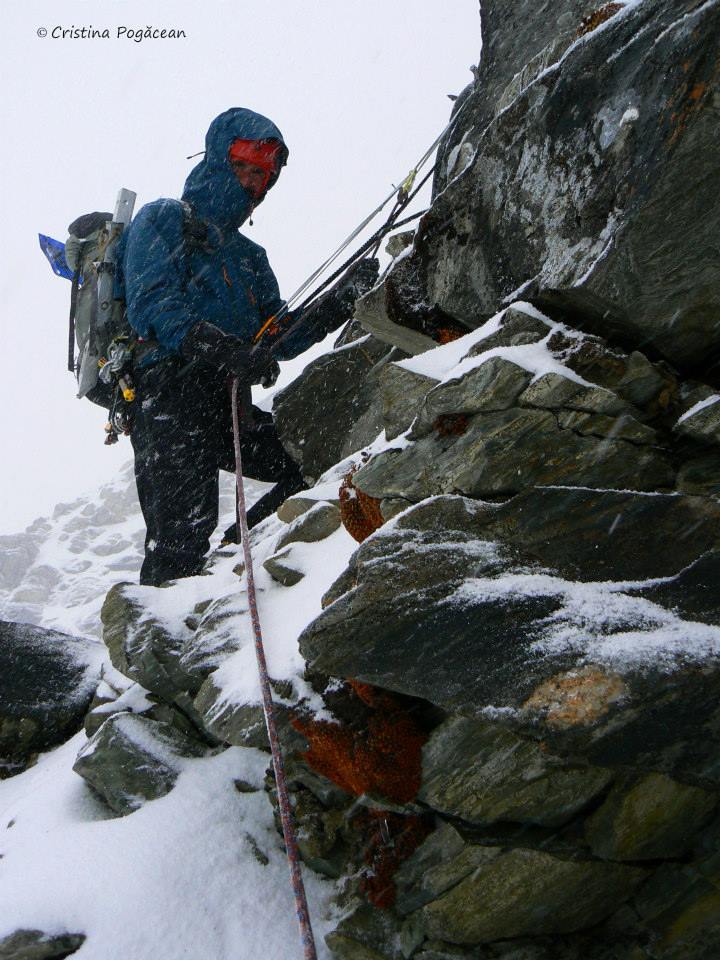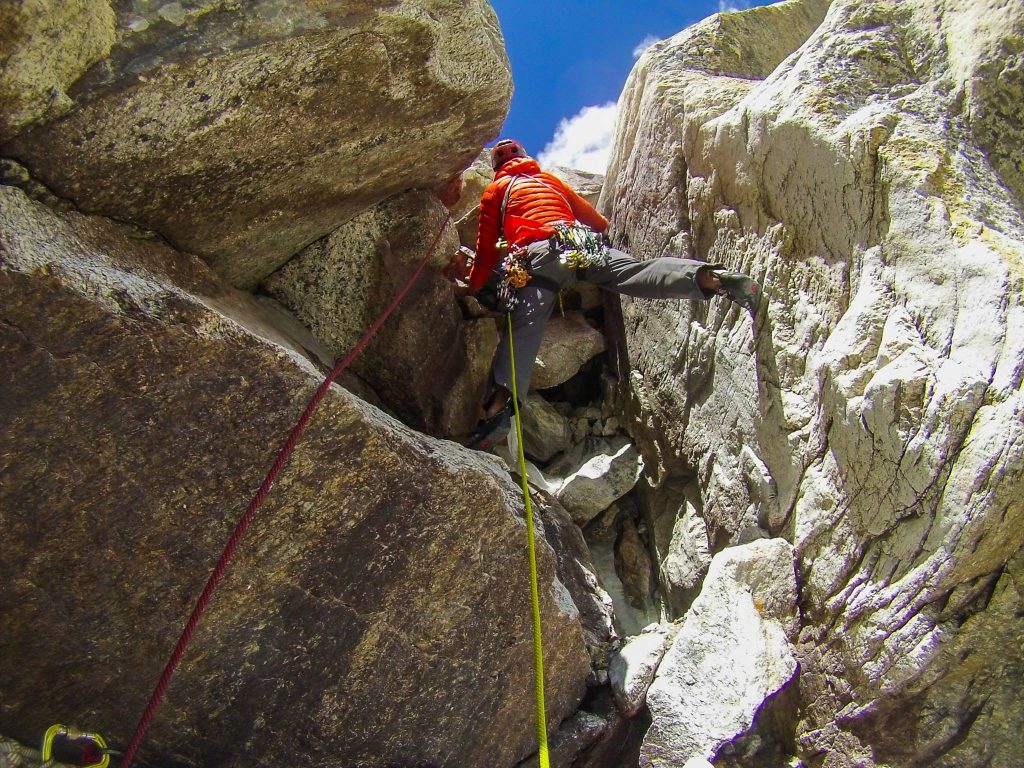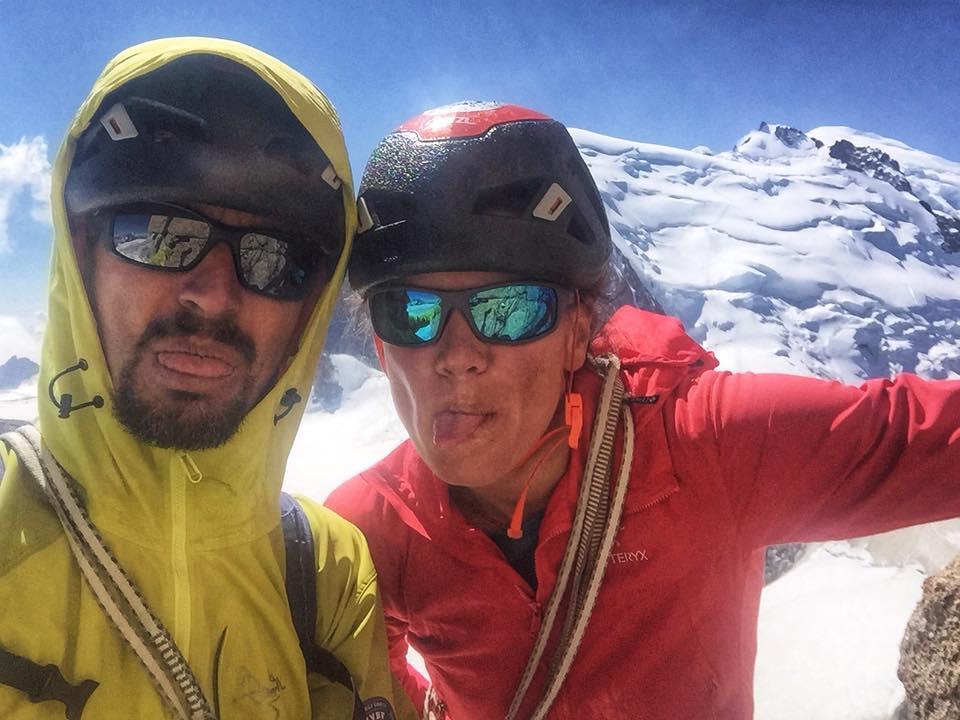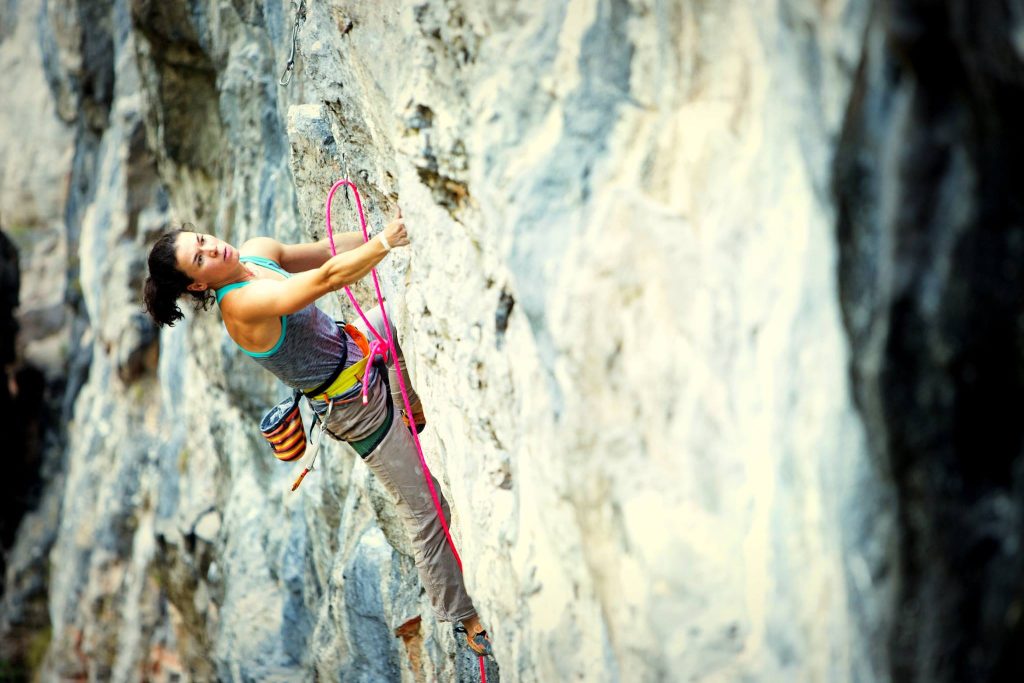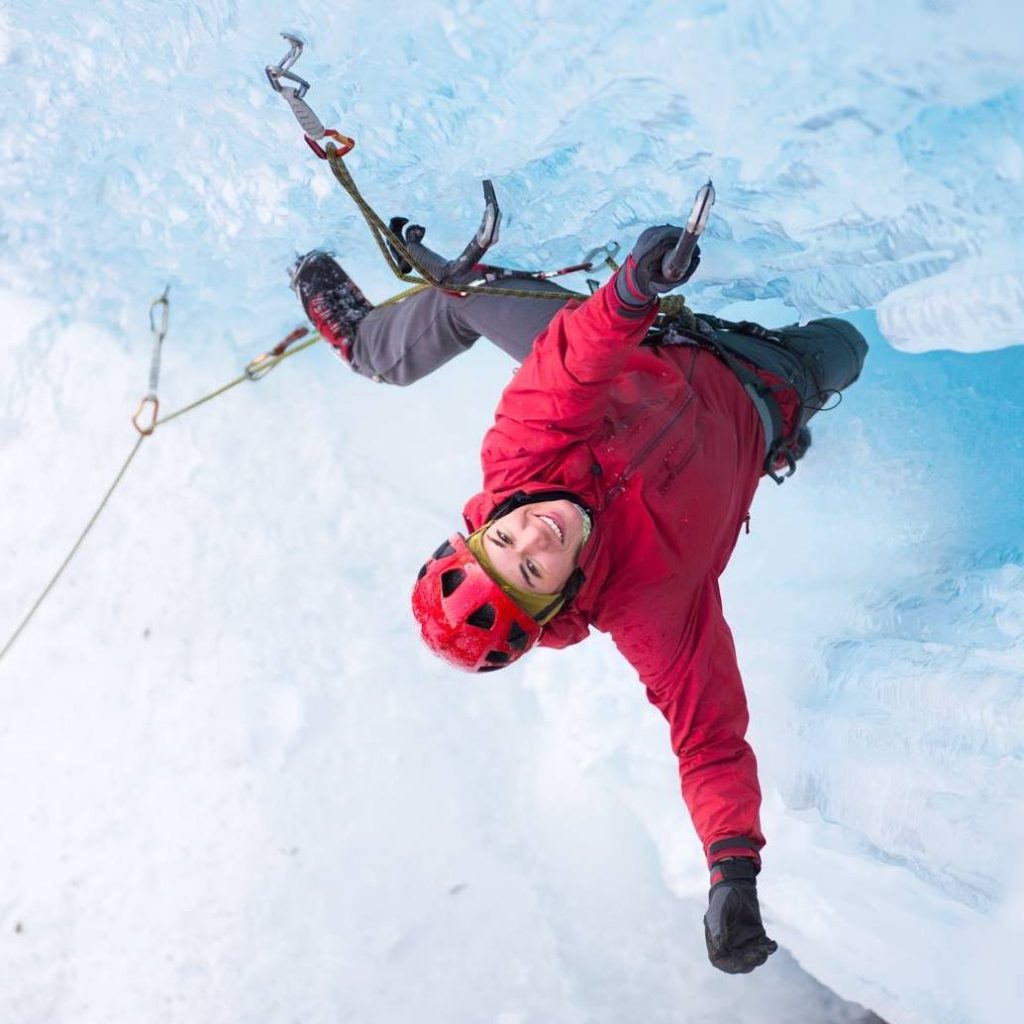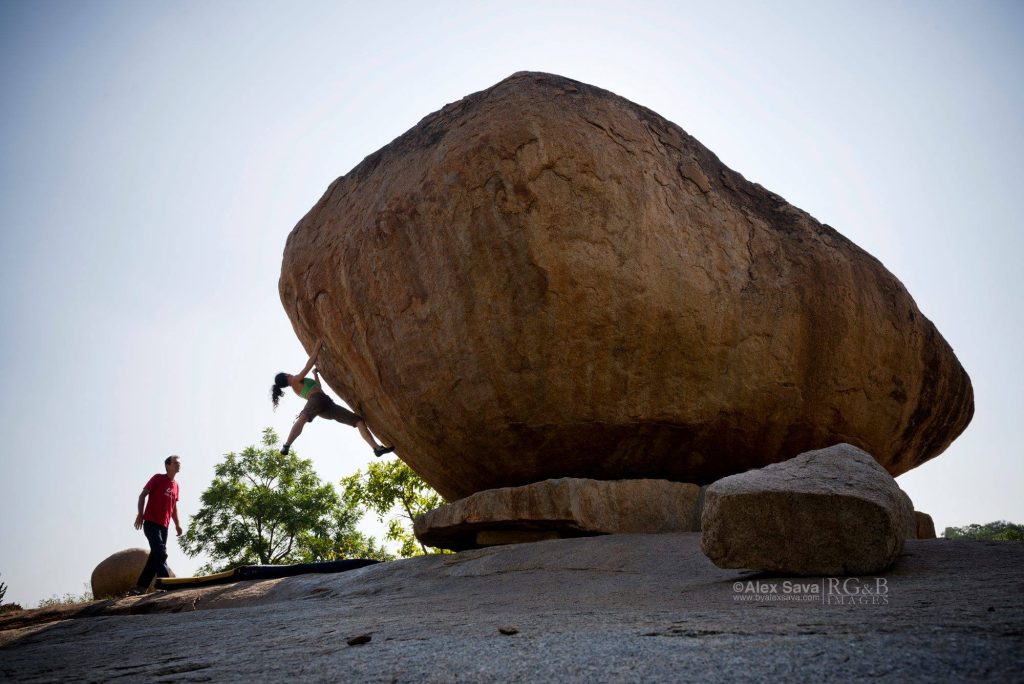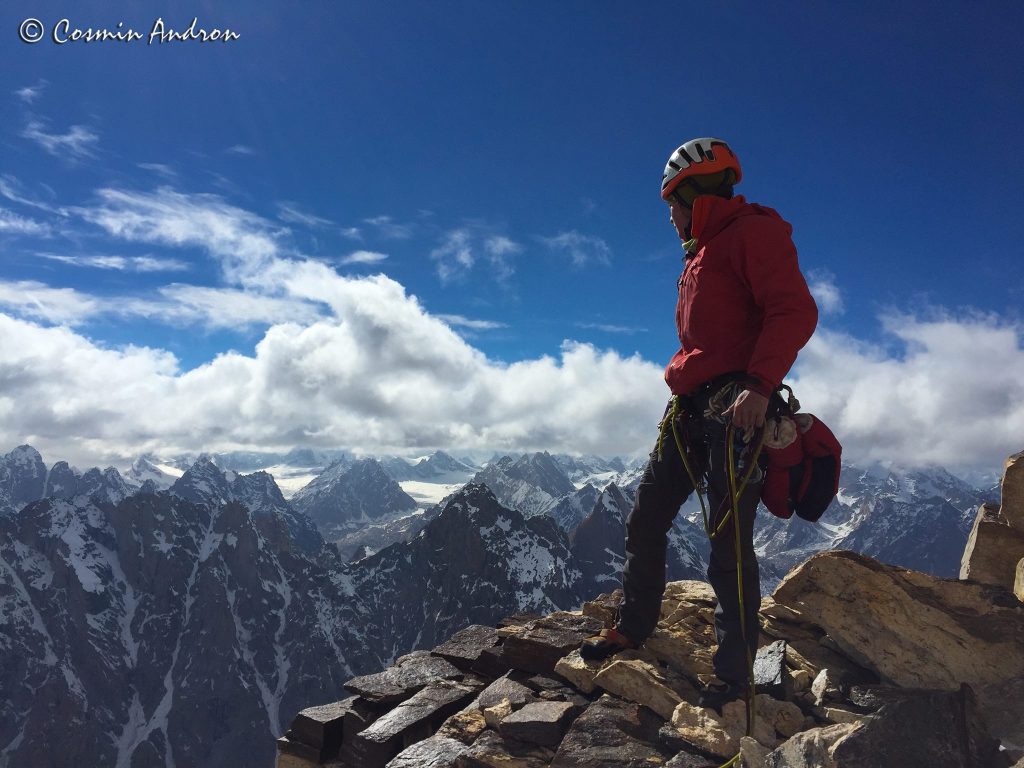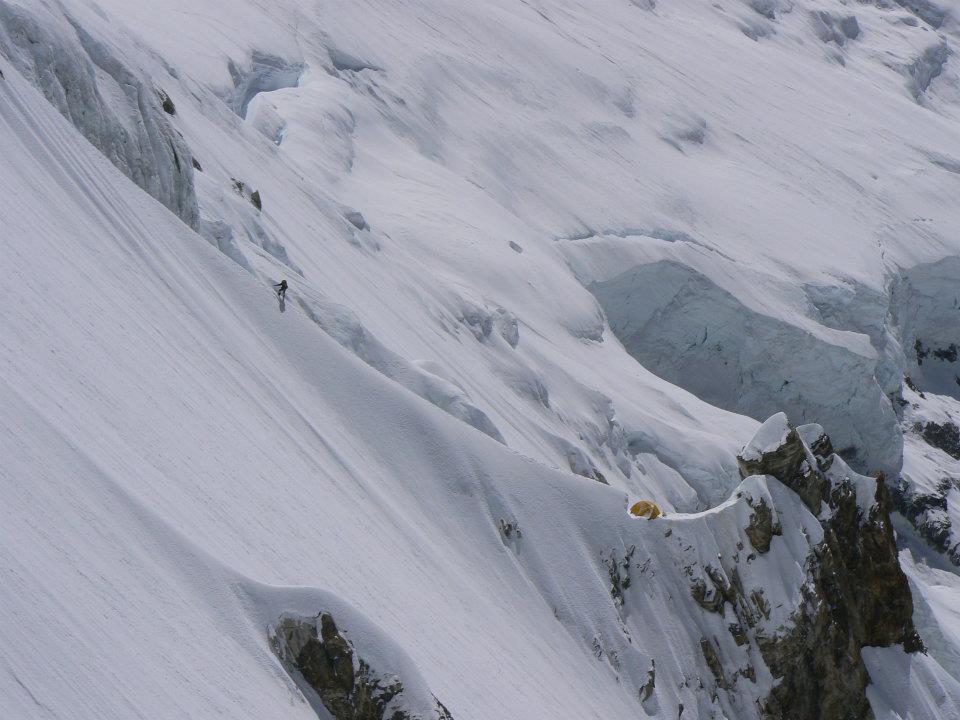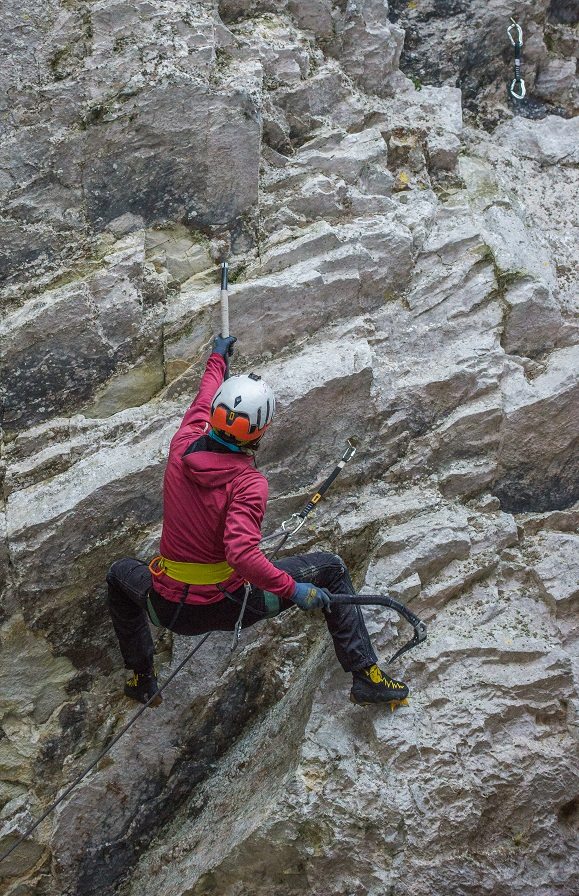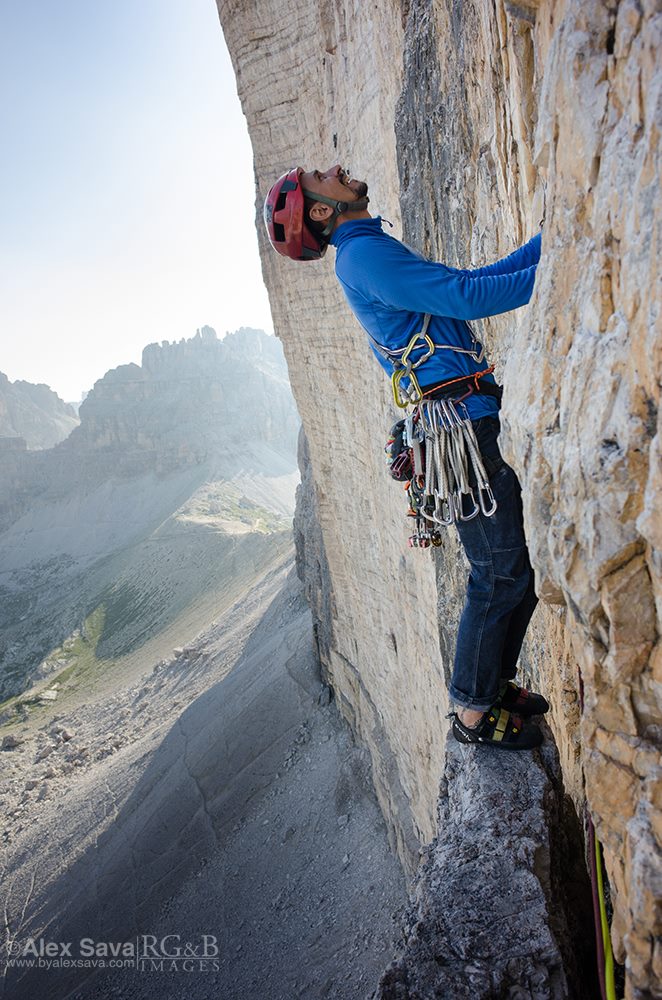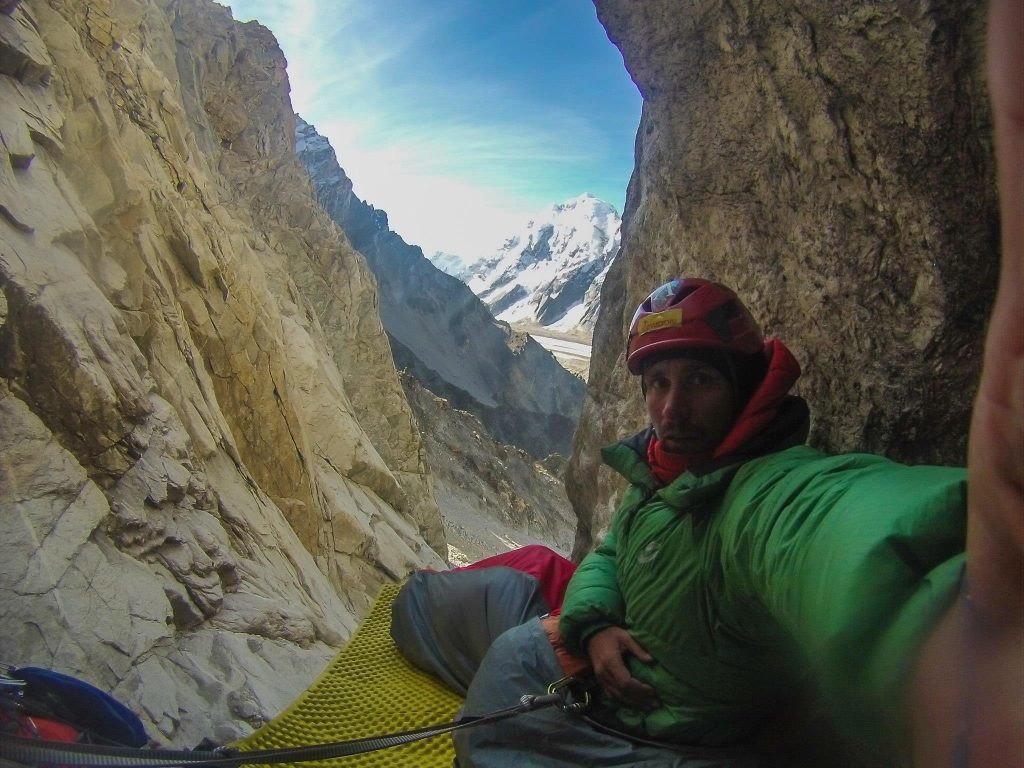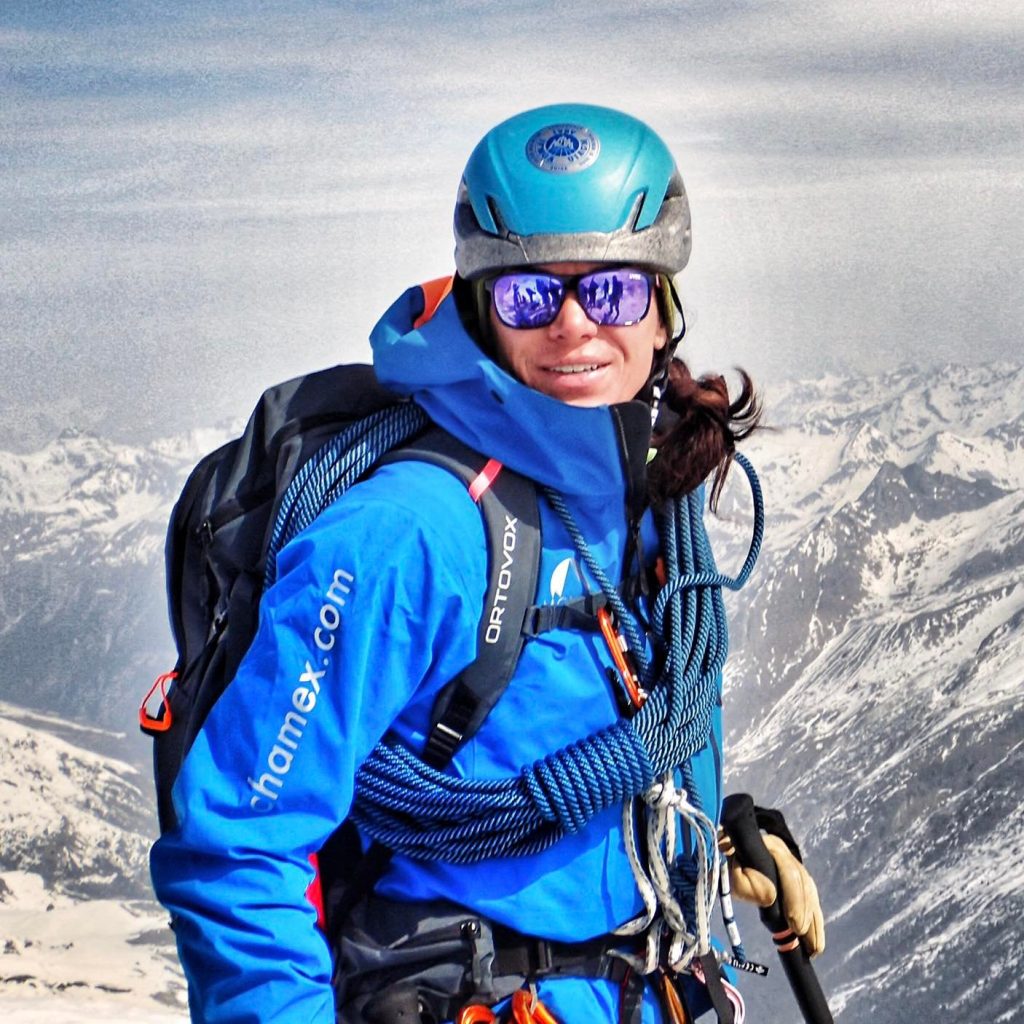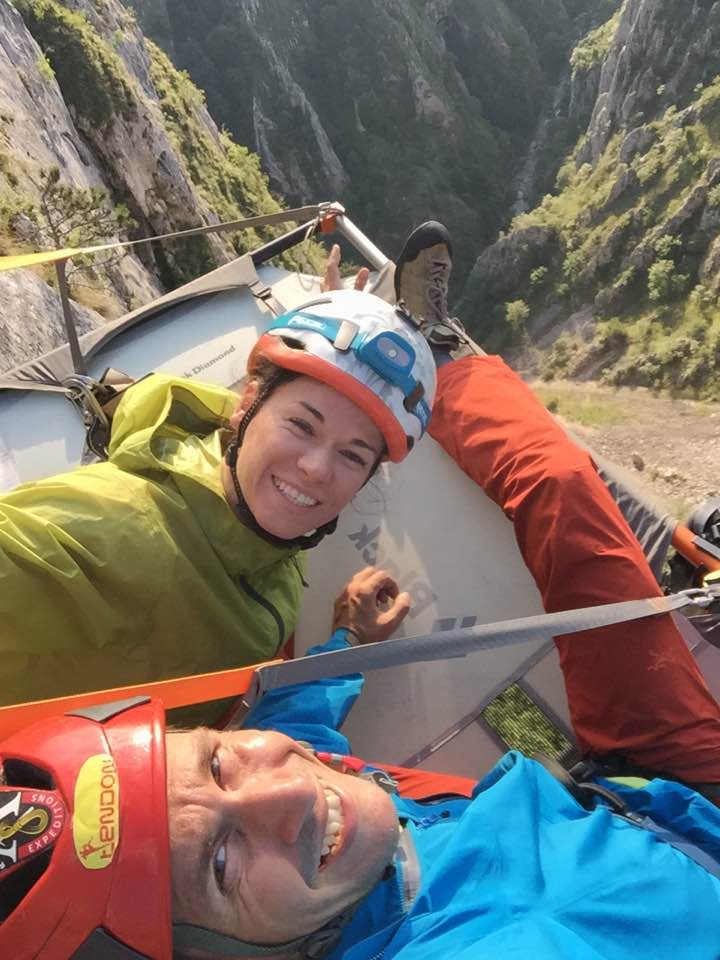Cristina Pogacean and Cosmin Andron
Cristina was my ice climbing instructor and she told me about some of the expeditions she had done with her husband Cosmin. She’s extremely modest about her achievements, but in world cup competitions alone she came 1st 20 times in a span of 10 years. They both work as mountain/ski guides in Chamonix. Time for an interview to learn more about the two of them!
Maybe you guys can introduce yourself, who are you?
Cristina: Yeah, so I call him Monkey, and uh, the first question for you; why did you marry me?
Cosmin: So you’re gonna ask me questions then??
They both start laughing and Cristina tells the story of how they met. They were heading out to Shishapangma on an expedition to the South Face. After it finished they said to each other: If we can sit for two months in the same tent, sometimes like a prison you know, when it’s bad weather you cannot go outside. Okay it’s a good sign that we can do this, maybe we should take the next step… So we ended up together and now we’re married for more than eight years.
What made you guys do mountaineering?
Cosmin: I was born in a town in the mountains, in Transylvania/Romania. In an old mining town called Baia Mare. I started climbing in ’89, so I was thirteen at the time and not that many other options then.
Cristina: I started climbing when I was a university student and started working as a guide about five years ago. Until recently, at least once a year, we were doing an expedition together and called it ‘our holiday’. It’s not like a proper holiday, it’s more like suffering when we go on an expedition. We suffer for three weeks or one month and then we come back and enjoy the rest of our life a bit better. We appreciate things more after an expedition.
People always ask me; why are you doing do it? When I do races, there’s nothing fun; it hurts.
They both agree, for Cosmin the reason is a simple one, he likes to suffer a bit and push his own limits. And also, maybe, because of endorphins and the kind of happiness that come with it. Well, maybe it’s not really happiness Cosmin says, but a similar feeling anyway.
And what is your biggest achievement so far?
I think we have done at least 10 expeditions together. And we were trying to climb these unclimbed peaks, in really remote places and open new routes. It’s really hard to tell what’s our biggest achievement and not for us to decide if there is any. Nobody else climbed these routes on these peaks, so it’s hard to judge. We choose something that is a big goal at that time for us and then we push ourselves to reach it.
How do you prepare for a new route?
It’s hard to be completely prepared because you don’t have any information usually. You see a peak maybe in a photo. And you think, maybe we can go there. But sometimes it’s not really working because you don’t have enough information. You don’t know how the routes may look like. You can get there but maybe you can’t go across a river or you’re stuck because you don’t have enough gear or you don’t have the right gear to go forward. The rate of success is not as high as when going to a peak you already have all the information on and you know how to prepare for it.
So you see a photograph of a peak….
Yeah, it starts with a photograph and then you do research, you’ll look at maps, Google maps, whatever. You try to imagine how it’s going to be, what you’ll need, you try to find out if someone else has been in the area, you’ll try to get as much information as possible. Sometimes we have no info but one photo.
When you have no information, how do you ……
That’s what makes it interesting, it’s just one shot. And for us most of the time on self-financing basis. You’ll take a month, month and a half, you’ll get as much information as you can, save the funds and you go there and you try and maybe it looks like you can manage, maybe it looks easy, maybe it looks hard, maybe the conditions are not good and so on. Maybe one percent works, maybe all works well, then you come down and even if you reach the top soon, you’ll feel empty and you feel the urge to go again.
You look at maps and then you look for the dangers I assume?
Just by looking at maps you can work out what can be a problem, maybe the access, maybe there’s a river, maybe there are glaciers, maybe rockfall or maybe you don’t know anything at all. I guess If you don’t have mountaineering experience, you can’t really do it or you can’t really do it safely by yourself. It’s quite a few years of experience in the mountains you need to have. But it’s also a lot of guesswork.
You try to get in touch with people who have been in the area?
Yeah, if other people have tried it before, we try to get in touch. Sometimes they reply, sometimes they don’t, sometimes they are helpful, sometimes they are not. We get contacted as well by other people who go where we’ve been. Normally we put out a trip report and sometimes it gets published somewhere. A few years later you might get an e-mail saying; ‘Hey, you know I want to try what you you’ve done or something in the area you’ve been’, then we share the information.
Where people can find information about what you guys have done?
Traditionally it’s two Alpine clubs that collect regularly all this information in their journals. They are the American Alpine Club who have an online archive and then there’s the British Alpine Club. They collect all information, of course, if it’s something big and famous or interesting, the mainstream climbing magazines pick it up as well. Otherwise, attempts or ascents that are not so famous, end up only in the Alpine Club magazines or on private blogs.
And gear, how do you decide what you take with you?
We are kind of making assumptions, that it’s going to be mostly an ice climb or a rock climb and then you take the appropriate gear. In general, we take pretty much a bit of everything because, if it doesn’t work and you have to change the objective, you’ll have more flexibility. For example, on the last expedition we went to one place and it didn’t work out for many reasons.
Where was this?
It was in India; the mountain did not have a name, just a classification number. It was just a mountain we had seen a few years before when we were there and we thought, well, maybe we could try it on a future visit. This time we were both there with different partners and the whole project didn’t work out in the end. So, we all left the area and the two of us ended up in a complete different part of the country. Initially we were preparing to do mostly high-altitude mixed climbing. Nevertheless, we ended up doing a very long, multi pitch rock climb at an altitude over 4,000 meters, but not the alpine mixed climbing we had planned for when at home. So it’s good to have a bit of everything, just in case you end up switching objectives.
And is it not difficult to get insurance for the kind of things you do?
When we don’t go with clients, we use our personal recreational insurance, however, at altitudes higher than 6500 m we have sometimes problems to get cover. In any case, a valid question is why would we need it? You need it for the medical expenses? That would be normally covered by regular insurance. For rescue and repatriation, it is harder in this context. Alpine clubs normally offer an add-on to the regular insurance, but you also have to be realistic. Most of the places we have been to don’t have efficient means of communication. And if there’s any help to be had, it’s not going be a matter of hours or minutes, it’s more likely days or weeks.
For example, in India, satellite phones are not allowed, you go to jail when you have one and not a proper permit to go with it (lengthy and unrealistic prospect for a small expedition) – all this is because of the terrorist threat as the mountains are mostly bordering conflict areas.
You have to be very realistic when you go to such a place. If you’re used to climb in the Alps and you get fed up in the middle of a route, you could call the PGHM (Peloton de Gendarmerie de Haute Montagne) and you get this kind of ‘comfort rescue’. This is not why the rescue service exists but it is how gets used and abused a lot of times now. It gives people a false impression of what alpinism really is. They look at magazines and they see the new hot shot athletes doing all these fast and light and amazing routes and people try to emulate them and when they reach the end of their resources call for helicopter. However when you end up on an expedition and when it gets hard, you know, you cannot call for the PGHM to come and pick you up, you cannot call for an air taxi. You’re on your own, you have to really think it through every step you make, starting from home .
Cosmin continues and says: if you put yourself in that situation, it matters how conservative you are when you push it, how hard can you climb close to your limit. Because if you break a leg or an arm, it can be the end of you, a scenario which in the Alps for example would not be the case. So, you have to put everything a bit more in perspective, with all these challenging means of communication and outside help. Of course, nowadays you could get rescued pretty much from everywhere, but only if you have the means to pull some strings. I’m a nobody… If I call my mother and say: “Hey, I’m stuck on a wall in India”, she’s got no strings to pull. So, I have to think it through a little bit better, which makes it also more interesting.
How do you feel when the other one is going on a dangerous expedition?
In the last 10 years we’ve gone mostly together. Some friends said it wasn’t a very smart idea to have two of us in the same situation but so far so good….
You plan things together or you also go with other people?
Mostly we plan it together if it is a private project. We haven’t been on an expedition since 2019 and then, in 2020 COVID happened, things got back some sort of normal from 2021 and now somehow after a season of guiding, it’s very hard to find the motivation. I, Cosmin says, wanted to go this autumn, we actually discussed just before COVID that maybe it’s time to go separately. Cristina wanted to focus more on sport climbing and I would have liked to try a project with another partner. I’ve done now more than 30 expeditions. This was with a lot of different people or alone. And then, after 2011, they were always with Cristina.
How do you cope with fear?
I think fear is a good thing actually. It’s a way to protect yourself from danger. When you just start climbing, of course fear is different for you than for someone who’s been doing it for years – that is you’re afraid of different things. Because I’m more exposed to this kind of terrain and used to it, even if I too have fear, it may be on a different level than yours – however the feeling is the same.
So for you guys it’s a calculated risk you are taking?
As guides definitely. And, with age, we start to make this transition to a more conservative approach even in our private practice. When we each started guiding it was a bit of life changing. We started analysing the situation even more than usual. The level of acceptable risk also depends of the people you are with – partners or clients.
You never had a client who was so scared that he I couldn’t go down or up and just froze?
Cosmin: It does happen, people push themselves. But it’s a good thing to push yourself! It even happened two weeks ago, I had some clients, very nice people, and they put themselves in a bit of an uncomfortable situation. It’s our job as guides to coach them through it and to make sure that whatever they choose to do, it’s achievable to them. Because people feel fear when they have no control and when they don’t understand the environment. It’s our job as professionals to put them in a situation that’s manageable for them, even if they feel fear.
So maybe they get out of their comfort zone, but they are not in immediate danger or not the same as when they would be by themselves. The mountains are dangerous by nature in any circumstances. So yeah, you get people who freeze and people who don’t want to move back or forward and it’s our job to coach them through this situation. And of course, you’ll not take somebody who tells you: Hey, I have vertigo and have never climbed in my life. You don’t take them on the west face of the Dru and you find yourself stuck there. First of all, you won’t get very far this way. You can take them on a smaller route, a reasonably entry level route, and they’ll do a couple of pitches or a rocky ridge. For you it’s a walk, for them it’s the most exposed thing they’ve ever seen and they may freeze. So, you have to give them that confidence and to coach them through. Then you progress in difficulty and exposure with them or they just decide it’s not for them and they quit. And it’s part of the job actually. That’s why we get hired, to help them through that.
Have you ever been in a situation, because of weather change or the mountains changed, that you really had to think: How do I get out of there?
Cosmin: It’s part of the job, not to put yourself in a situation where you go like, oh shit. I think if it’s a recurrent theme as a guide that you think, oh shit, then you’re doing something wrong. In our private climbing, yeah, of course you put yourself out there, but that’s for you in a private situation. And of course, when I was younger, my appreciation of the consequences was a bit different. I’ve put myself in situations where there was no way back, but just to go forward. At the time when I chose the objectives, they seemed achievable. Obviously, since I am still here, they were achievable, but it was at times outside my comfort zone.
Have you ever been together in a situation which was really bad?
Yeah, quite a few times. We were climbing a peak in the Annapurna region in the Himalayas and it was the first ascent of that peak. We didn’t have really good information about the weather forecast and we were caught in a big storm, an electric storm and with that, almost two meters of snow. We were on a wall, with a lot of avalanches and we did a bivouac, just to survive. But then the next day was sunshine and we moved a bit upward because at the place where we were was avalanche danger. We moved up, we tried to put the tent up and we contacted our travel agent, just to tell them we are okay, we are not dead yet. But the funny thing was, the owner of the agency was called by our porters, who were at our basecamp, and they wanted to leave because they were sure we had died. So I said, no, no, no, please wait for us, we are coming back! Not just yet, but we are coming back down in a few days.
Cosmin: So what we do for work has very different rules. Let me think how to put it as a comparison…. Imagine you have a Formula 1 driver, what he’s doing on the streets with his car is very different from what he’s doing for his job on the race tracks. Even if we don’t climb at the highest levels of what’s happening now in alpinism, we go to what is the highest level for us, which can be at the same time easy or moderate or extreme for other people depending on whom they are. The rules, when we go either as a couple or with other people, on amateur expeditions, are very different from when we go on expeditions for work.
When we go for work, we have a duty and a different approach, a different appreciation of the situation. I think I’ve done most of the hardest stuff before I was guiding full time or very early in my guiding life. Full time work as a guide started in 2010, I would say, most of my hardest stuff I’d done by then. As soon as you go more into guiding, you spend more time with clients. And your appreciation of the consequence changes and your way of thinking changes, and it changes us to be more conservative. I think that’s a good thing if you have this profession. If you stay in the mind of an amateur or a soloist and then you take clients into the mountains, maybe you go to places where you shouldn’t be with those people.
When you go on an expedition together, is there always somebody back home who knows the whole route, like, on this day you’re supposed to be there on that day you’re supposed to be there?
No, not really. Till base camp maybe, but after that, the unknown is what makes it interesting. But we leave a travel schedule and sometimes we may use a tracking device like a Spot or a Garmin InReach, just so we can try to send messages to family back home to say from time to time we are okay.
Did you see a lot of change from when you started climbing till now? Is the gear better?
When I, Cosmin tells, started in ‘89 in communist Romania, the gear I had access to was from the 1950’s. So of course, 10 years later, when I moved to Western Europe, there was a massive leap on any of the gear I used. I would say, however, while the better the gear got, the weaker I became. I managed to climb the same way, but I was just getting weaker and at the same time having better gear. But yeah, there is a change in equipment, I have now all the gear I could possibly want, things I could not have dreamed of 30 years ago.
Maybe having it hard was a bit more motivating, now I feel lazy and also it’s such an overload of information of people doing stuff, people going to places and it’s all happening so fast. In this minute, there are a hundred expeditions in a year that you know about. They’re all super cool. But somehow it lost its romantic call for me. In the past I would read about an expedition that happened in the fifties or the forties and it was a huge gap between my time and that time. It was like re-discovering The Western Indies, it had that romantic side to it. Now I am influenced by all this oversharing, which I’m guilty of as well. So now when I look and I think, yeah that’s interesting, people have been there already or people are going there. Then I consider, maybe this is too hard, maybe this is not hard enough. And I think it’s kind of polluting my understanding and maybe that’s why also my motivation in the last few years has gone down and I chose to focus more on the work. Also to bring my experience to other people has taken a front seat if compared to personal goals.
Have there been things that surprised you? Like for me, I did this 1.700 km SUP-race from Canada to Alaska and when I was talking to some Americans, they asked what precaution I had taken in case I encountered a bear. When I took out my can of bear-spray, they were like: You didn’t bring a gun?! They had a shotgun with them on their SUP! Have you ever had something on a trip far away, that you thought: Oooh, that’s how it’s done here!
Cosmin: When you go to places where people live in that environment, you can always learn from them, that’s for sure. I was born in the mountains, so for me some things come natural there, but at the sea things don’t come so natural to me, even if I love it.
So when you go to a place, where you have people that do the things in a certain way, you have to be stupid not to take a note of what they do and kind of take it all in. So I try to learn and adapt in a new place – I try to do like the locals do.
What did you do to become a certified mountain guide?
Cristina: It’s called IFMGA, it’s a worldwide recognised standard to become a guide. Training takes minimums three years, to maximum five. The exam is not so easy. When you become a mountain guide, your assessors need to be sure you are really well prepared, because it’s job that’s linked to risk and people are relying on you.
Cristina trained as a civil engineer and I heard that you Cosmin, were a professor in philosophy before?
Yeah, that was in a previous life! I used to teach and then, in 2010, I switched and started guiding full time. When I was a kid, there wasn’t so much entertainment and I really liked being outdoors. But it was not my first career by choice when I started. First was teaching. I liked what I was doing for sure, but I love the freedom I have now, maybe also the uncertainty of how my profession is going to look in a few years. I’m not that young, but I still have, I hope, at least 20 years of work ahead of me. The mountains are changing, the clients are changing, I am changing. That uncertainty, it’s a little bit exciting, a little bit threatening. I don’t regret leaving my old job behind, I like being the master of my own time and I like spending time outdoors. Of course, it’s not glamorous when it’s raining, when it’s cold, when it’s windy, when it’s miserable. But if I take all the miserable days in this new life I have now, in this new profession and compare it to the miserable days I had in the previous career path, I would say that I definitely prefer the miserable days in this life!
I liked teaching, but I didn’t like my university life. I wasn’t very prepared for the competition that was there and I didn’t adapt to it when I was doing it. I don’t like competition in life, who’s number one, who’s number two, who stays in the race who drops out of the race? I never liked it. So if you want to be doing good in the profession I was in, in the academic life at the time, you were in a competition: You have to do research, you have to publish, you have to be number one, especially if you’re young. I found it very, very tiring. I never liked climbing competitions either, that’s why I did expeditions. There was no competing there. Now there is competition again, somehow, because of all this exposure in the social media, everybody’s expedition has to be cooler than somebody else’s.
Sometimes a competition is also making your dream come true….
If you have that mentality, yeah, Cosmin says. Cristina says she is very different in this, she likes competitions, like in sport climbing. It’s a motivation for her, it’s an inhibiting factor for him. He can give like 50% in a competition and Cristina can give 120%, that’s the difference. She performs better in the competition than just in the normal day.
When you’re out on the expedition, you’re motivated more when it’s super difficult or you’re motivated more when you’ve planned out a whole route?
Cristina says she thinks it’s the opposite. He’s in charge when she feels a bit out of her comfort zone, he’s more focused in that moment. Cosmin: When I’m alone with the problem, I have to solve it and I can do it at my own pace, with my own tools and in my own framework. While in a competition, the standard sporting competition, I find it constraining and artificial. Maybe that’s why I left my previous job, maybe that’s why I do the job I do now because I make my own rules, my own pace, my own thing. And essentially, I like freedom. When I have a formal competition, there is no freedom. There is just a level of expertise you have to show, in a certain amount of time at a certain moment. It works for some people and it’s amazing what they do, but it’s not for me.
For me it were the competition that paid for me to see the world.
Cosmin replies: I had one expedition where I did something that was hard for me, it was a fully sponsored expedition. I did not enjoy the process because I felt I had an obligation. Which wasn’t there, it wasn’t contractual. It was just a feeling I had and could not shake out and it was pushing me to do some things that maybe I wouldn’t haven’t done otherwise. As it turned out, they were some of my best experiences, but I realized that it’s not something that I would like to have in my life.
Of course sponsorship is good, but I think there are very few sports people in climbing or alpinism that are sponsored to the level one sees in mainstream sports. I’m talking about a real salary, a life that’s paid for at the level of risk one is taking. Somebody in the climbing world who’s on a salary from a company, is by all means at best a moderate salary compared to football or golfing or tennis or whatever. However most ‘sponsored climbers’ get an ice axe, a few carabiners and a free rope per year; maybe a half paid trip. And then we all call them ‘sponsored’. But the level of commitment that’s required a lot of times is not on par. And I think to push yourself on a contractual level for some freebees, I think it’s a little bit irresponsible.
I sponsor a few people, the only thing I’m asking back, it to pay it forward to a beginner, if you’d ever have that opportunity.
I have one sponsor now that that provides me with ropes, a material essential in our profession. This relationship has been going on for 10 years now and I never felt any pressure. This is why it lasted so long I guess. But otherwise I don’t seek anything, I like to have my freedom. The freedom to choose my own gear and my own projects. To have the freedom to fail or succeed. To have the freedom to do this quietly or publicly as I choose. Sometimes you go somewhere (it actually happened on our last expedition) you get to base camp, you look up and you say: Today’s not the day. And then if you paid for it yourself, it’s your loss. You turn around and you go rock climbing in Greece instead. I like that freedom, I don’t have to make a living from climbing projects, I make a living from my profession, which is introducing other people to the mountains.
And you Cristina, you told me another time you were in ice climbing competitions.
I used to compete in climbing (bouldering, sport climbing & ice climbing) before being a mountain guide. It was quite easy for me when I started ice climbing, because I already had the fitness I needed for that. I was doing pole vaulting before. So it was easier to do the transition.
From the whole world of alpinism, what is your favourite part?
Cristina shouts bouldering and Cosmin starts laughing, he was already expecting that answer. He says that for him, bouldering is probably his weakest skill.
Why is it the weakest?
I’m lazy, I don’t train. I grew up with classical alpinism, which is a vertical journey. I think that’s my favourite: I like mixed and rock climbing. I don’t always necessarily look for the hardest climb, but I look for movement. How elegant or how fluid it is. It’s a good excuse for me, but grade comes secondary. I like the flow and the movement because I’m not so strong to do hard grades, but I have also never been interested in that. I was just more interested either in alpinism, in the line, the aesthetics, how beautiful it is, how logical it is. And in rock climbing, how fluid or elegant I can move. So grade came always secondary. Maybe even third after the aesthetics and the journey.
What are the grades in climbing?
Well, it is a convention, it’s highly subjective, it depends on the medium and the increase is exponential. Let me put it this way, if you start climbing and you are a reasonably fit person and if you don’t have a major mental block, you can, with no prior training, climb a 5a (sport climbing grade). For some people, a 6a can be a challenge, but if it’s a bear that’s chasing you, you’ll climb it without a rope and without falling. When you’re moving to 7a, the difference in difficulty and accessibility to the general population between a 5a and a 6a is so much smaller than between a 6a and a 7a. And then the difference between a 7a and an 8a is even bigger.
Now with all the climbing gyms and the training programs, you have people who start climbing and, within one, two years and they climb 8a. When I started climbing, over 30 years ago, I didn’t know personally anyone who could climb 8a. Now most of my friends do.
9 is the highest grade?
Cosmin: Yeah, at the moment, but who knows where it will go.
The same subjectivity applies when you take clients skiing I guess?
Oh, skiing is even worse! Depending on the country people come from. Let’s say the history of skiing in that country and the self-appreciation, that’s a cultural thing. You’ll get countries where you have people who come and say, I ski on an expert level, double, triple, quadruple diamond. And then you see them on skis and you go like, hmm, maybe we should stay very close to the slopes today. And then you have people coming from other countries, they go like, yeah, I’m an intermediate skier and then they end up doing back flips off steep terrain! So with skiing it’s even more subjective than climbing, it’s very much linked to the culture of skiing in that country, people from Northern countries tend to be extremely conservative in rating their skiing abilities.
Do you have someone you look up to?
Cristina: I don’t really particular have somebody in mind, because when I started climbing, my progression was really, really fast. I was in my first year of climbing and I went to the biggest climbing competition in Romania and I ended up being 7th or 8th, but I had just learned how to climb! And then four years later I was winning the competition and I kind of stayed in that range.
The same with ice climbing, I was in the World Cup for speed ice climbing which was organized by the Romanians Alpine Club. Because it was close to home, I decided I should go, because otherwise I was going to regret it. Even if I would come last, I wouldn’t care. I never had the chance to train, because they built this wall just for this competition. So the best training I could do was just do pull-ups and that was it. I just went there, I registered and I went to the wall. They used some special hooks, it was the beginning of this kind of thing, 10 years or 12 years ago. The Russian team usually wins all the competition in speed climbing. They started laughing when they saw my ice axes and I asked them if I could borrow theirs when they finished the competition. I just took them to see the physics of them, how they worked. And then was the competition, I managed to go in the final and I came 6th. In the end and they told me I could keep them, train and come back the following year.
And Cosmin, you have someone you say is a fantastic mountaineer?
When I started climbing, as a kid, I had the age of having idols, but I think all of them were already dead half a century before. And then when I became an adult I admired a lot of people and I still do now. I really like the climbing style of some people. I’m following what’s happening and there are people that, when I see what they achieve in this the field, I get a bit blown away. It’s so many people that inspire me, a lot of people that do things that make you go like, hmm, I never thought this even possible. And they are normal people, some of them live here in Chamonix, just next door, some of them are even close friends.
What do you think about climbing without ropes?
Cosmin: I think it’s great, I’ve done it when I was younger. But not since we’re together, not that it was forbidden to do.
Cristina: Let’s say, I have not encouraged him.
But is it not playing with your life?
Cosmin: I never felt it that way, I liked it. It was always at my own limit. Not the limit in terms of what’s possible, but like within my own framework of what I can do. I haven’t been doing it for a while. Somehow, you know, when you guide, you climb a lot of easy terrain and if you don’t know your clients, then you don’t expect them to belay you. So we actually do a lot of free solo when we are guiding on, for us, very easy terrain.
For me, going without ropes was always a very personal experience, I would just wake up in the morning and feel like I want to do something that I haven’t done before and being really focused on it, but always climbing at my own limit. And then after I’ve come down, I’m feeling very, very good, having had that really strong, good high quality experience in the mountains.
I would see a route or I would read about the route and feel like: Hey, sounds like something I would like to try by myself. And then I would prepare for it if the objective was an alpine route or an expedition or if it was a rock climb I’d just walk up to it. I’d be doing my thing, and it was very very personal. There was nothing social about it. And yeah, looking back now, in terms of doing it for myself, it’s changed. I was being more motivated several years ago but Cristina was never willing to support that once we became a couple yet never forbidding me to do it. Strange but that was enough to have me halted.
Why didn’t you support it?
Cristina: Well, I didn’t want to be a part of it. For example, he asked me if I can help him cross the glacier, because you need a partner to cross the glacier, so he could climb a wall. I said no, I’m not going to help you. If something were to happen, then I’d feel responsible for it.
Alpinism, is it for rich people or can everyone do it?
Cosmin: I was born in a communist country, my mom was a nurse, there was not much money. It’s for people who want to go outdoors. You don’t have to spend a lot of money. Of course, if you want to be dressed in the latest garments, you want to have the latest equipment and travel all over the world for climbing, yeah, you need money. But if you are blessed enough that you live near the mountains, you can go bouldering with nothing. Crash pads are a fairly new invention, they used to do all these hard boulders without crash pads. You can buy with a hundred euros a rope that you share between two people, or with a couple of people and you spend each 30, 40, 50 euros.
Of course, if your main concern is that you have no water to drink and nothing to eat, I think leisure is a bit overrated. But for the Western world, access has to do with it. For me, it was a matter of playing football in the schoolyard or going hiking and climbing by myself, which I could do not far from our house. So there was never a matter of how much money we had when you have mountains close by. If I had lived by the sea, I probably would have been a sailor. So it depends on what you want to do. I wanted to go on expeditions when I was in high school, but when I was in high school, I couldn’t even leave the country. And when I was a bit older, I had no budget to go on an expedition. But then, at some point, I could go, it came with working that created the opportunity to go.
Do you see a lot of changes in the mountains?
Cosmin: Everything is melting, the permafrost is going away, the mountains are breaking down. The mountains are, I think, getting more technical or when the snow is disappearing, they just get steeper. Even people who have never been to Chamonix, if they go up and look down the glacier, they realize that something is not working. For me, I came here for the first time 22 years ago. And every time I ski the Vallee Blanche and I come down and I walk up the stairs, I see where the glacier used to be. It’s hallucinating…
I do remember the winters I had in Romania when I was a kid. In November we’d have the first snowfall and it would be like this till the end of March. Now it’s changed. How much are we to blame? I’m not qualified to say. We just play our part. How much is cyclical? I have no idea, but it’s a reality, it’s happening. And the profession is changing, the practice of mountaineering as an amateur is changing. And if we stick to the same program, like we did 20 years ago, 30 years ago or 40 years ago, I don’t think it’s sustainable. If people are goal oriented, it’s not going to work because sometimes these goals that are very artificial will disappear or will become untenable commercially. We have to educate our customers, that there is more to a climb than the grade or the height.
As an amateur opinion, in terms of people traveling for climbing, it’s shocking. I have no opinion on the carbon footprint or whatever, but people who travel throughout the year to eight destinations around the world, just for climbing, whether Alpine or sport climbing or skiing is just mind blowing, compared to the eighties when only professional athletes would do that. In the last 20 years it has become something that we are all accustomed to. Maybe it’s not sustainable anymore, or won’t be geopolitically, or possible climate wise. Then we’ll have to go back to find pleasure just around the house you know. That was life in the fifties, sixties, seventies, eighties.
Is climbing still a men’s world?
Cristina: I think it was, but it starts to become a woman’s world as well. Like in my first year when I started working here, I felt a bit of pressure; I felt like I had every day an exam and I needed to prove something. After one year, when I began to know more guides and I made more friends, I became a bit more relaxed. But yes, at the beginning I felt like I needed to prove something and I needed to be better. At least that was my perception of the situation, but now there are more and more girls, which is good. And I also think that you don’t need to have it easier for girls. It’s a profession and you need to deal with the same situation in the mountains, you do the same job, man or woman.
That’s good to hear, if you are good you are good, right? It doesn’t matter if you’re a woman or a man.
One last question, what do you want to say to beginners to motivate them?
I think everybody needs to enjoy it, everybody has a different level. Some people, they want to punish themselves in a way, so they find joy in kind of difficult things. I think as a guide, we need to see how the people react to a situation. Some people just want to enjoy themselves for a couple of hours and then have a nice beer and relax. But some people, they want to push it a bit more. And we, as guides need to be able to notice this difference and guide them along their path.
Cristina
insta: cristina.pogacean
Cosmin
insta: cosminandron
www.alpinestyleexpeditions.com
Our products
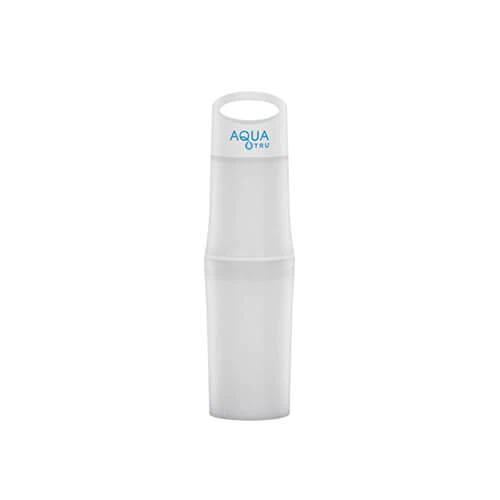
AquaTru Be O Bottle
€12.75
Add to cart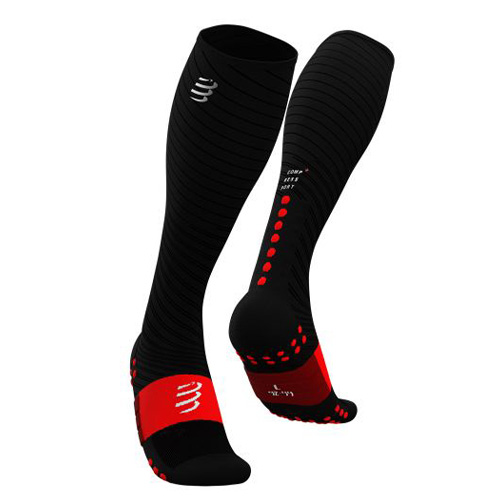


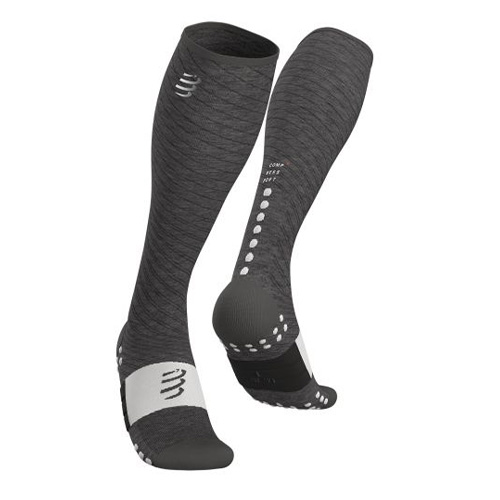
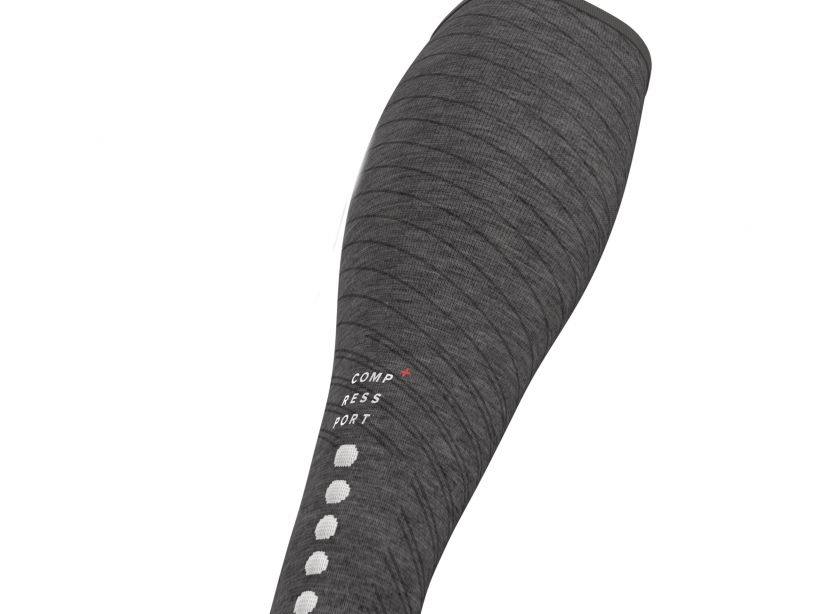
Compressport Full Socks Recovery
€40.00
Select options



Adventure Food Pasta al Salmone
€6.50
Add to cart
AmazingAir Replacement Pre Filter
€20.00
Add to cart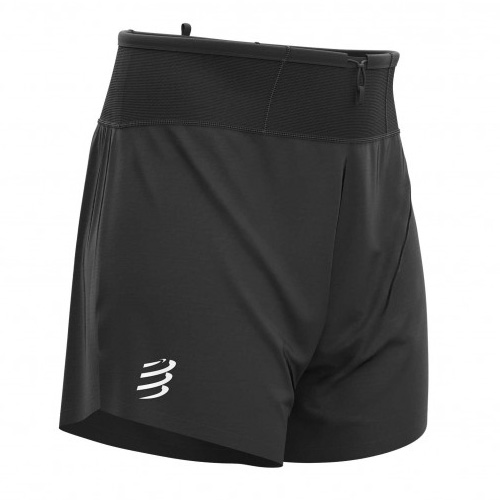
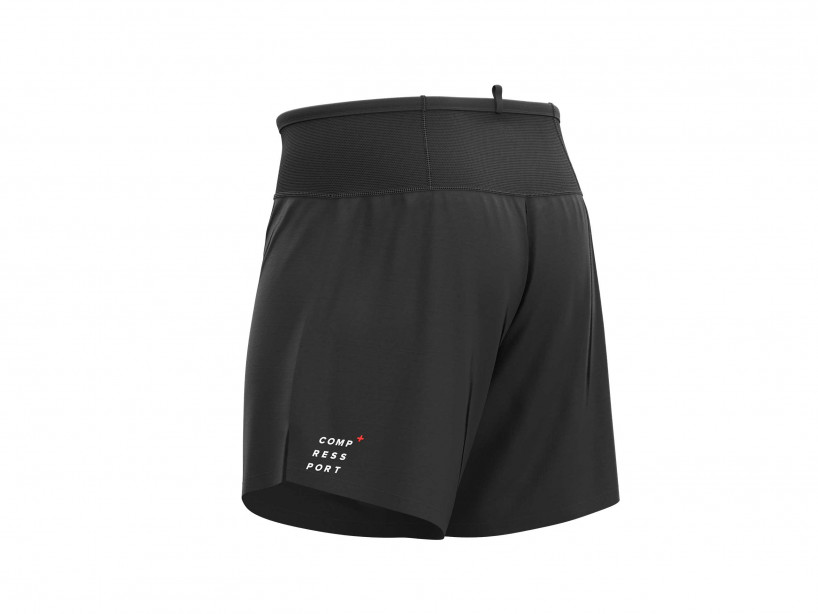

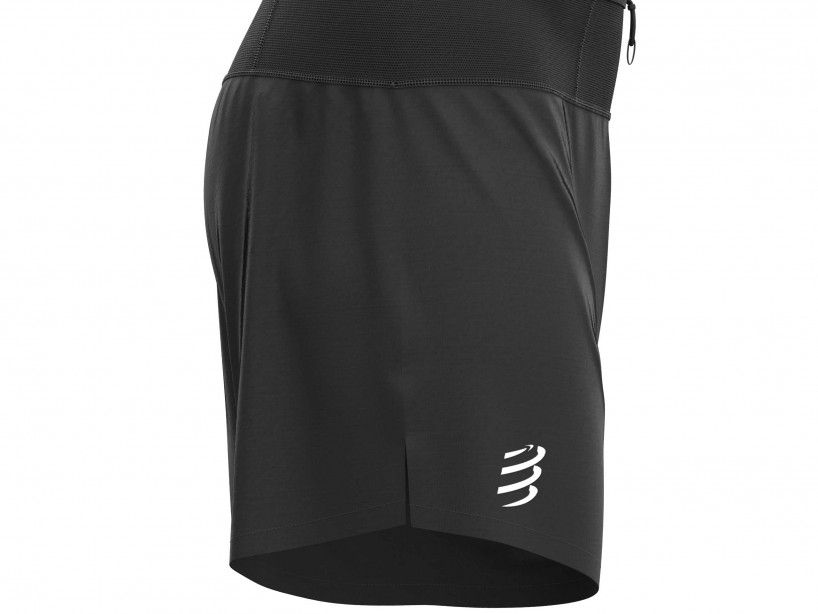
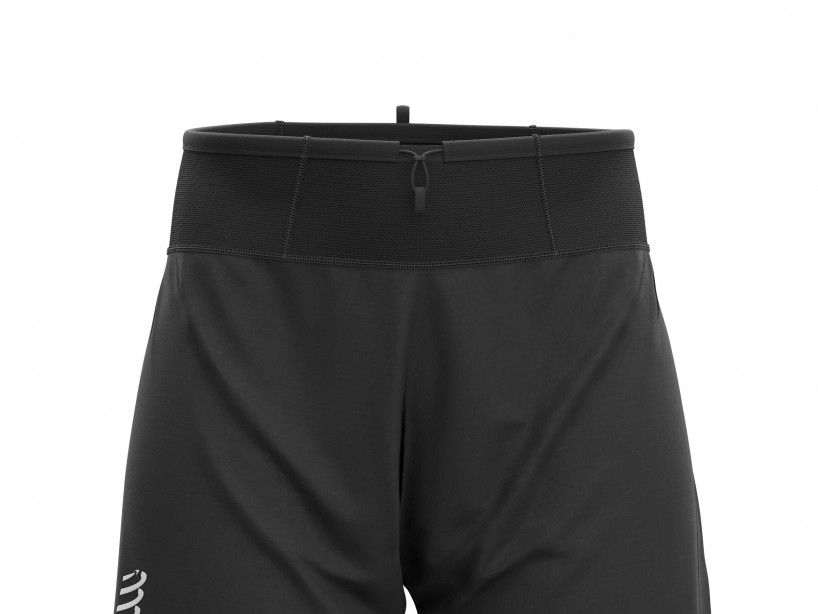
Compressport Trail Racing Short Men
€70.00
Select options
Mucoperm
€47.90
Add to cart
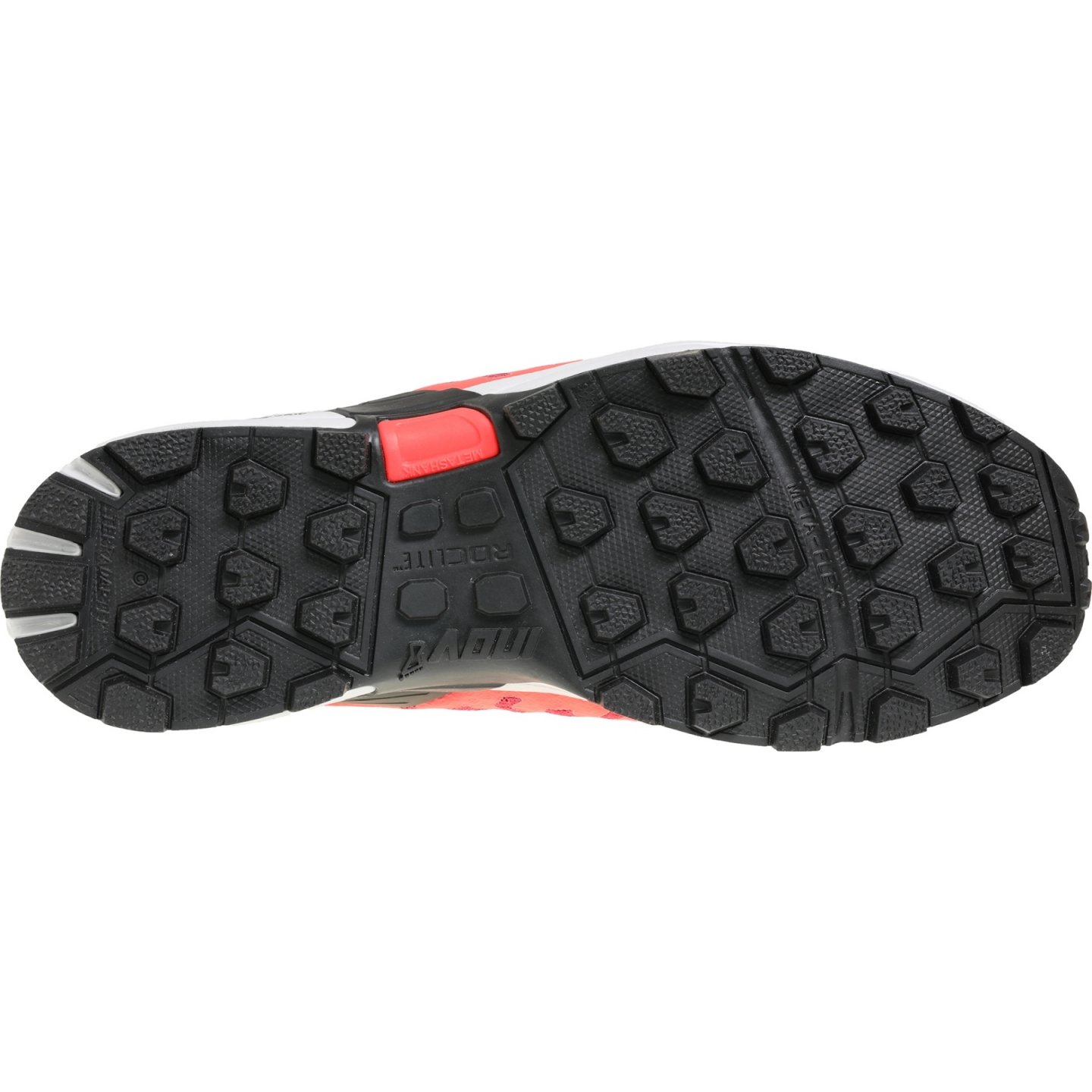

Inov8 Roclite 290 Purple/Pink Women
€140.00
Select options


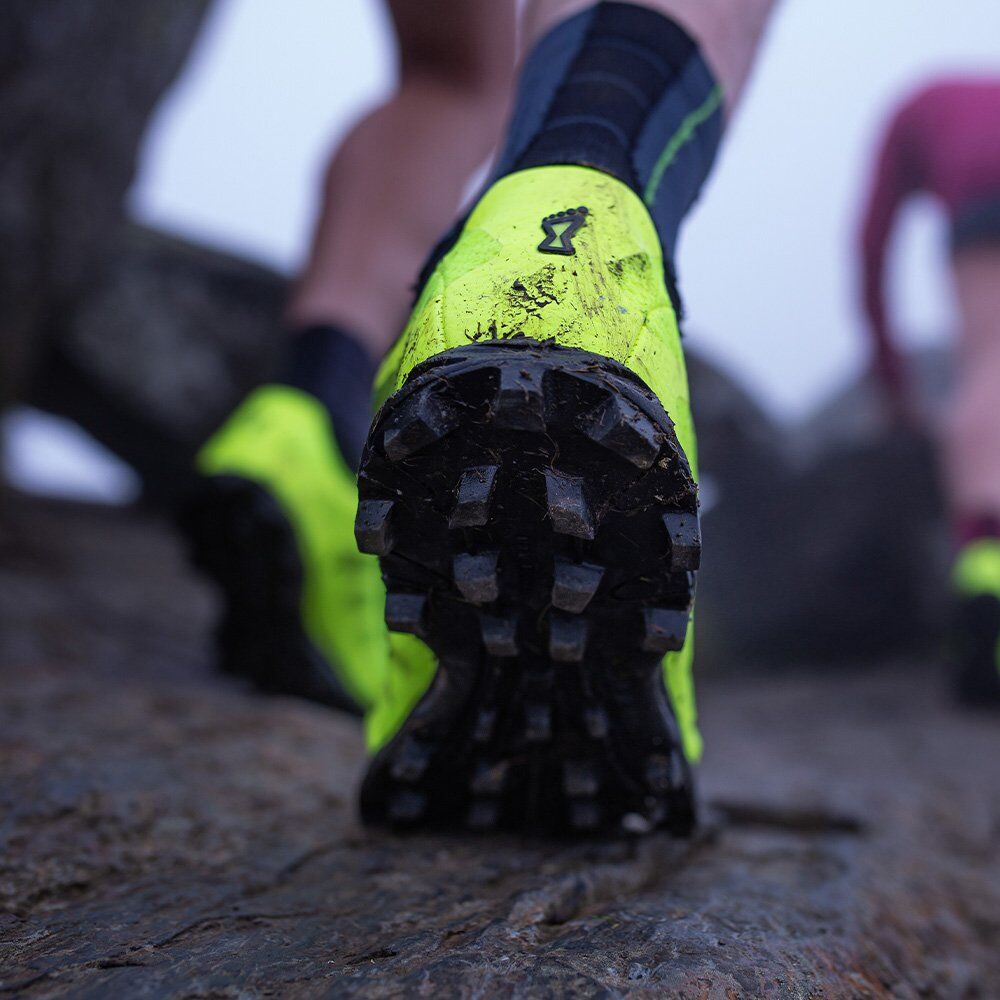
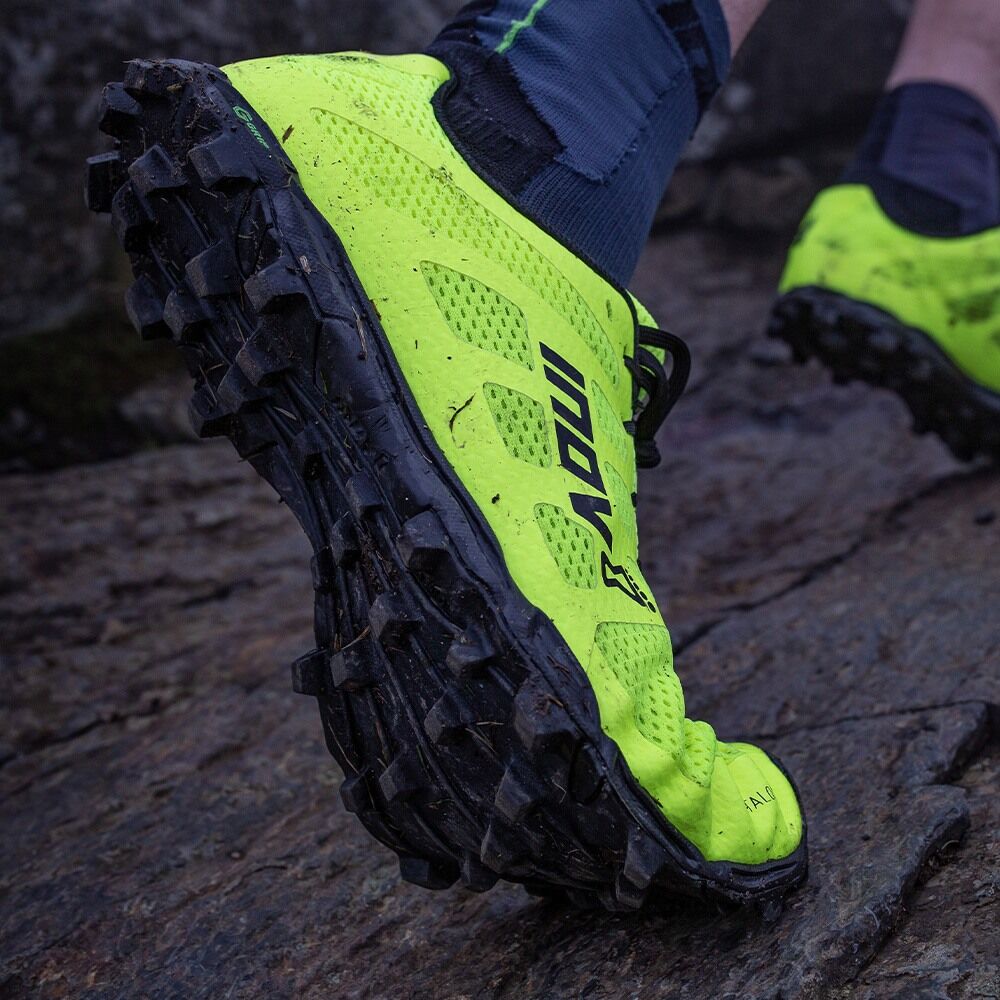
Inov8 X-Talon G 210 V2 Yellow/Black Men
€160.00
Select options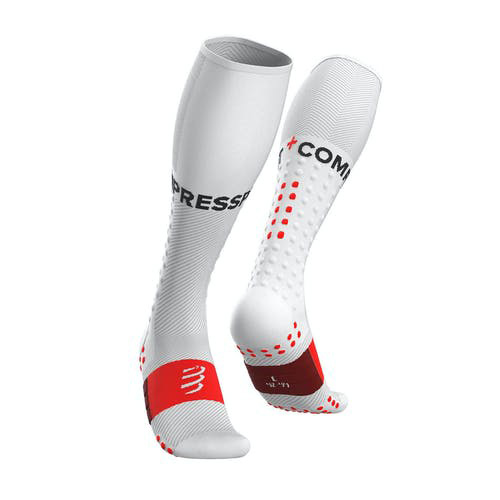


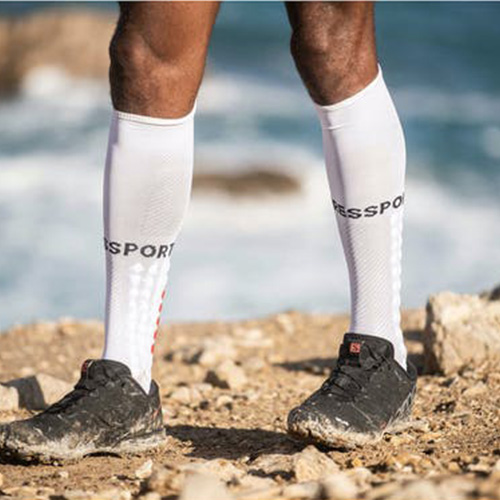

Compressport Full Socks Race Oxygen
€50.00
Select options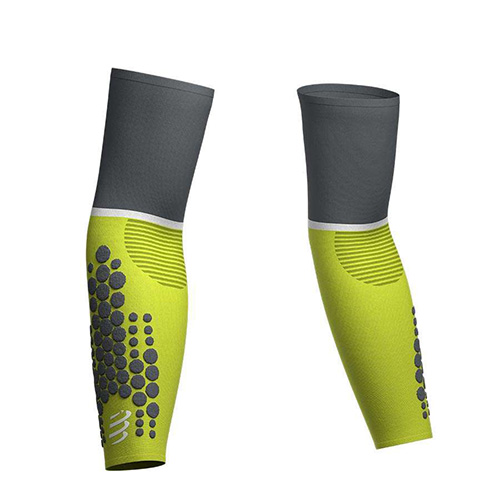
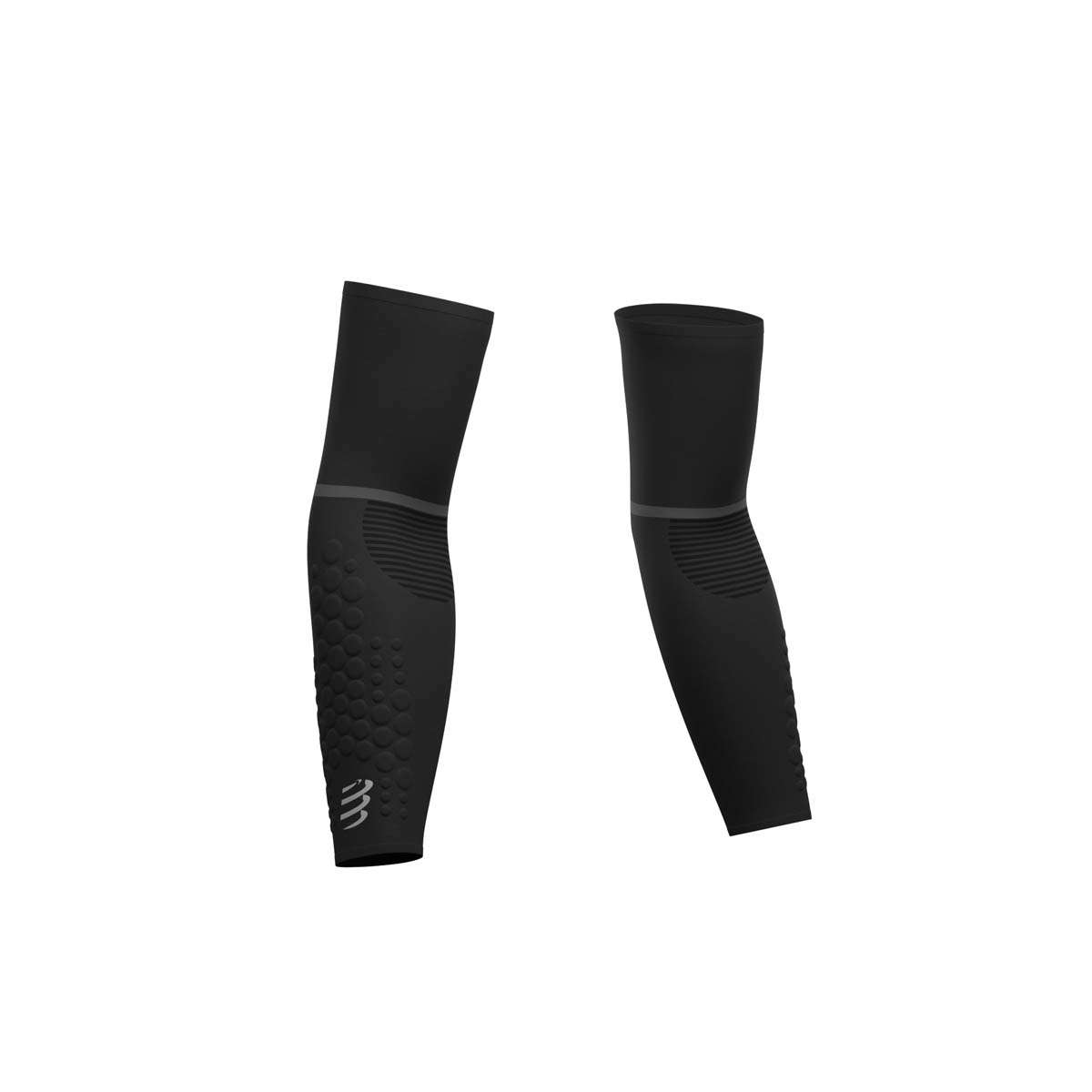


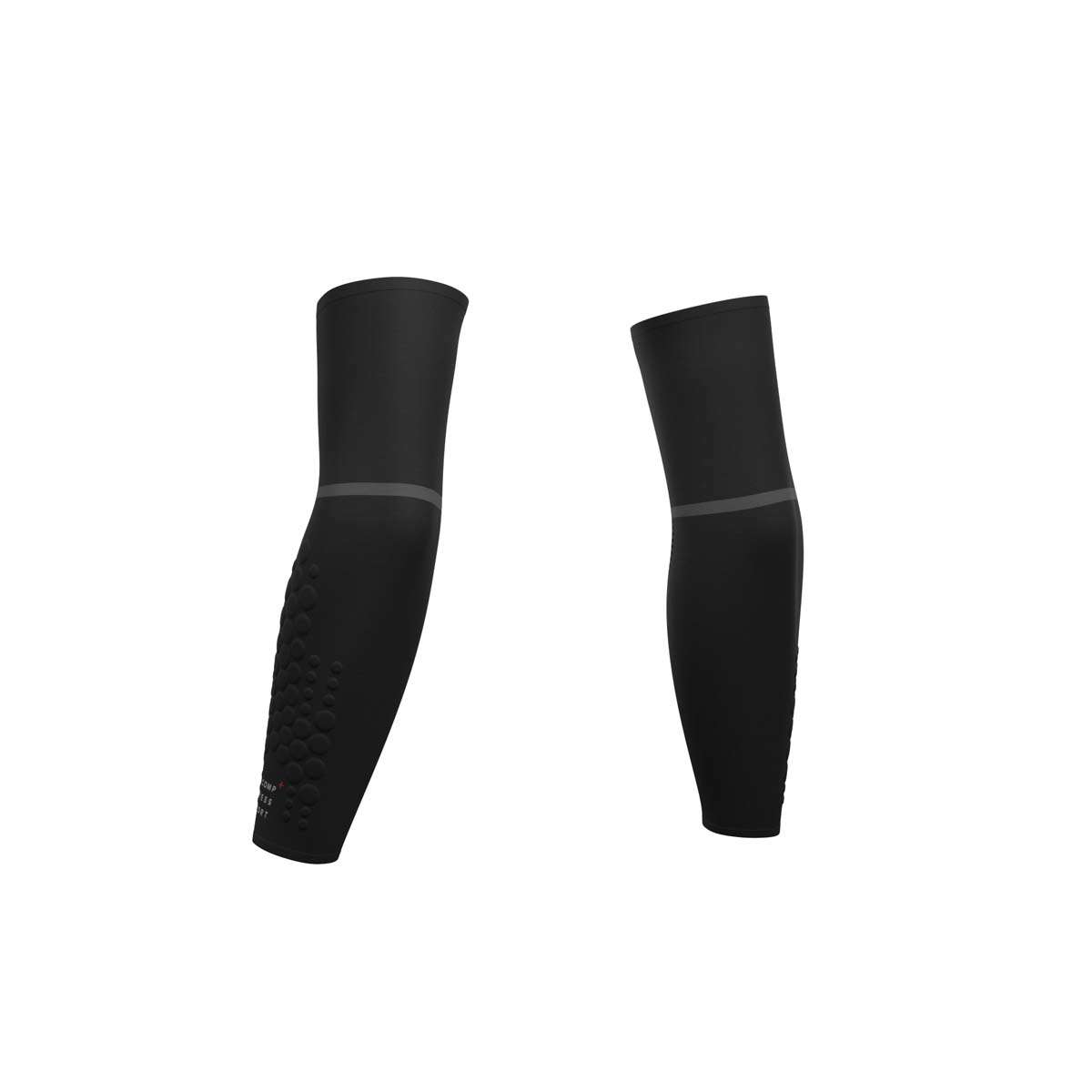
Compressport Armforce Ultralight
€30.00
Select options


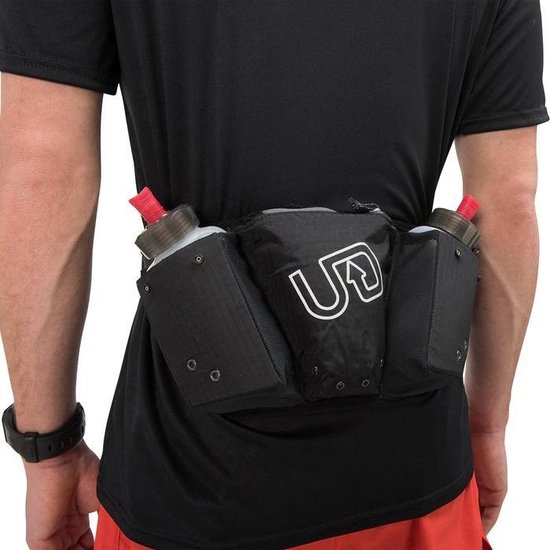

Ultimate Direction OCR Belt Black Size S/M
€60.00
Add to cart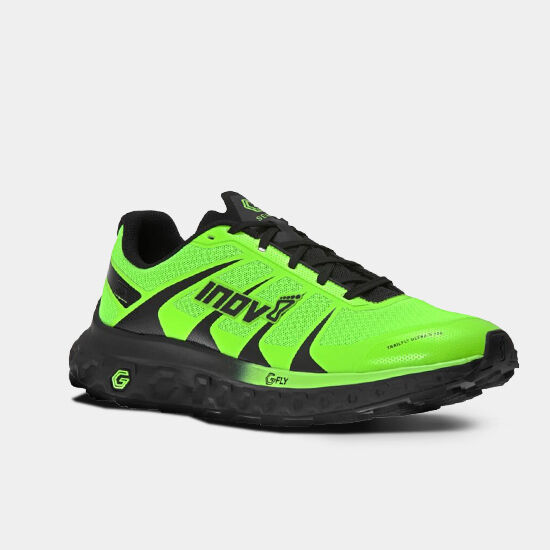
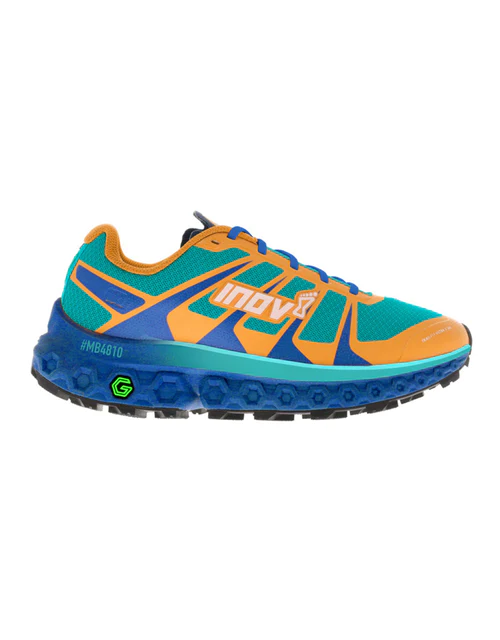

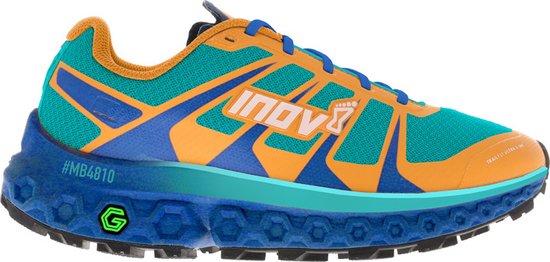
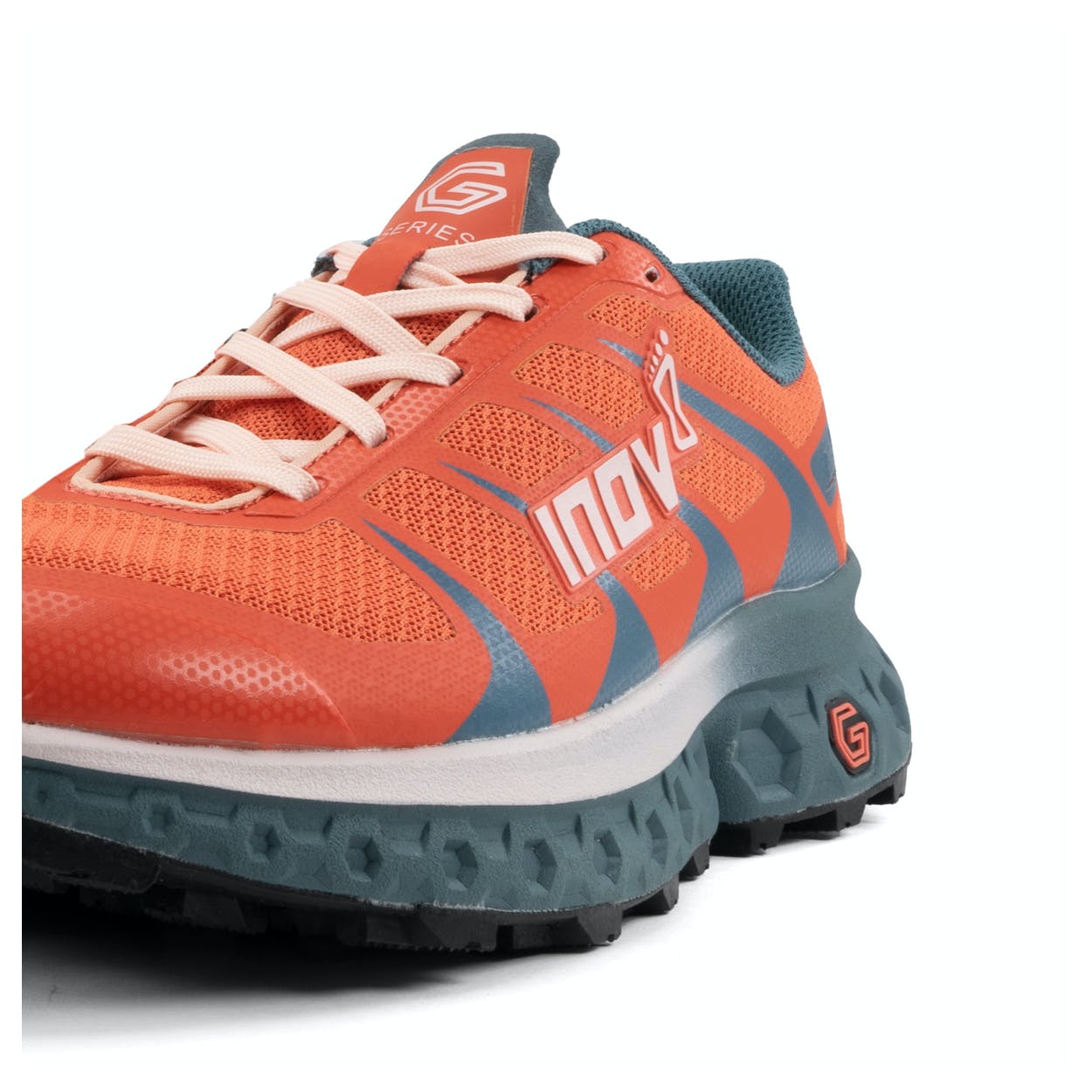
Inov8 Trailfly Ultra G 300 Max Women
€195.00 – €200.00
Select options
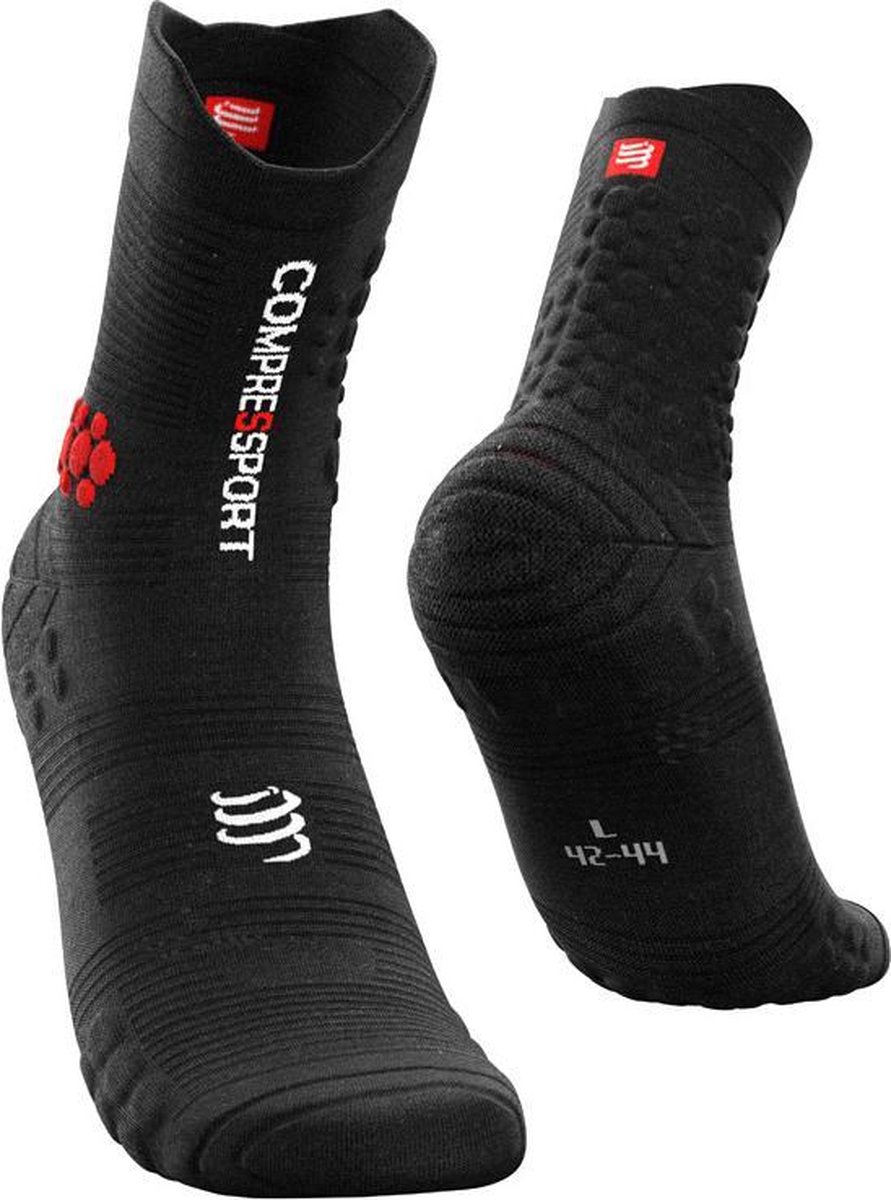

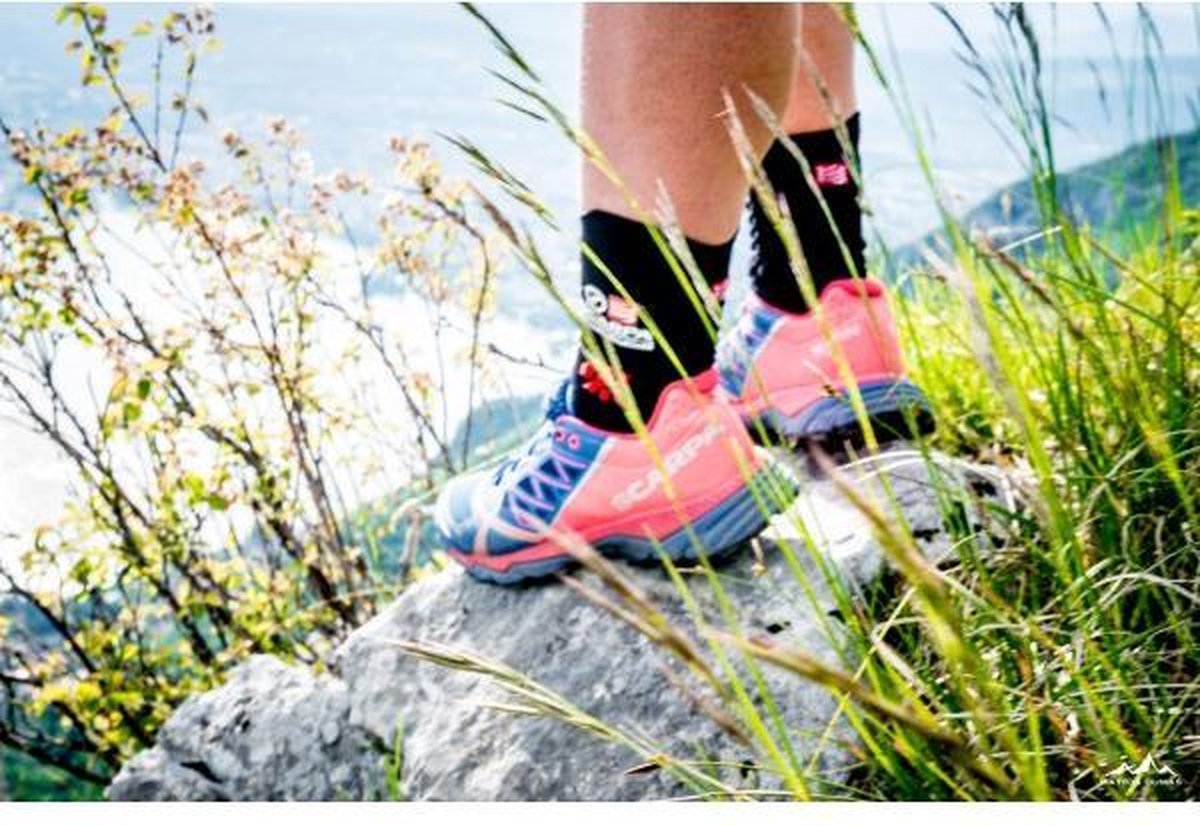
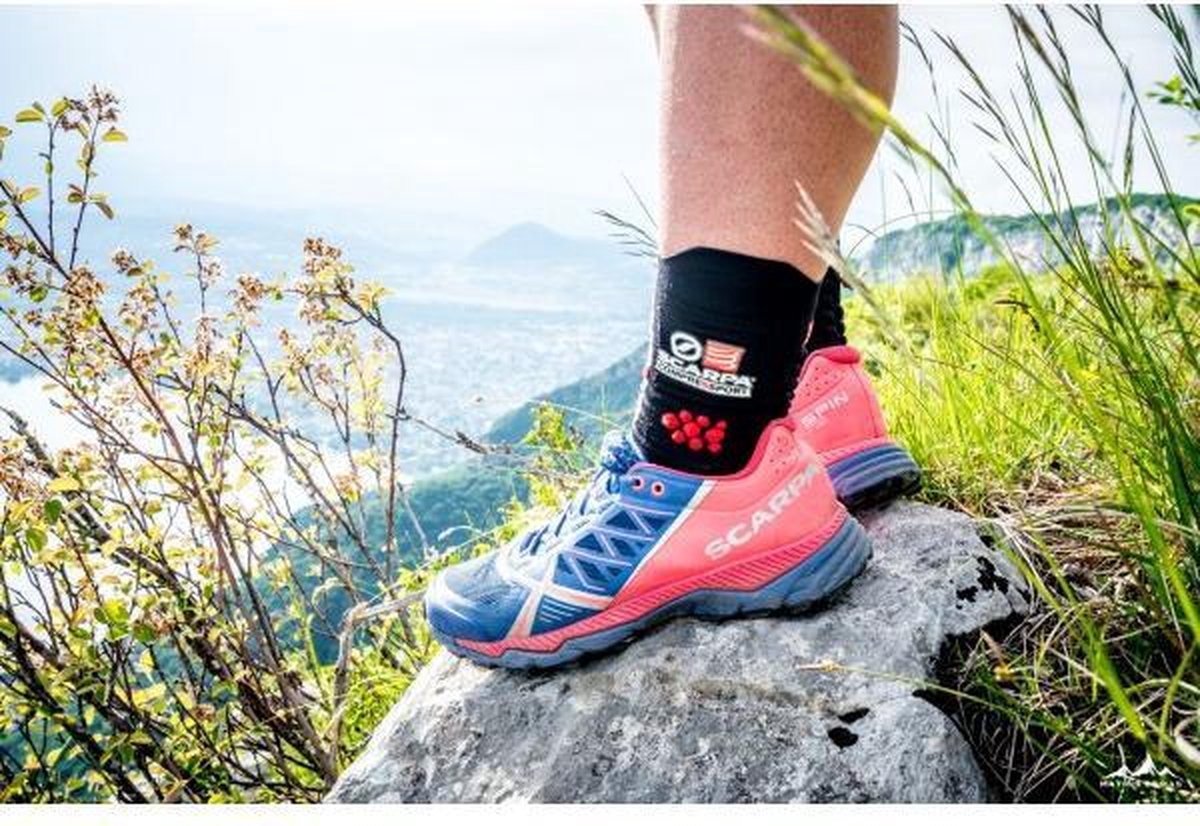
Compressport Pro Racing Socks V3.0 Trail
€16.00
Select options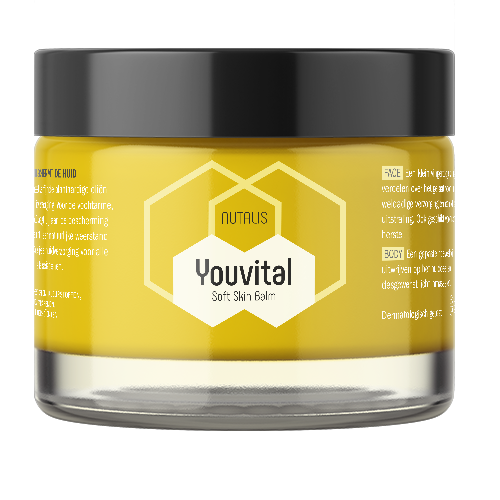
Youvital skinbalm
€29.90
Add to cart
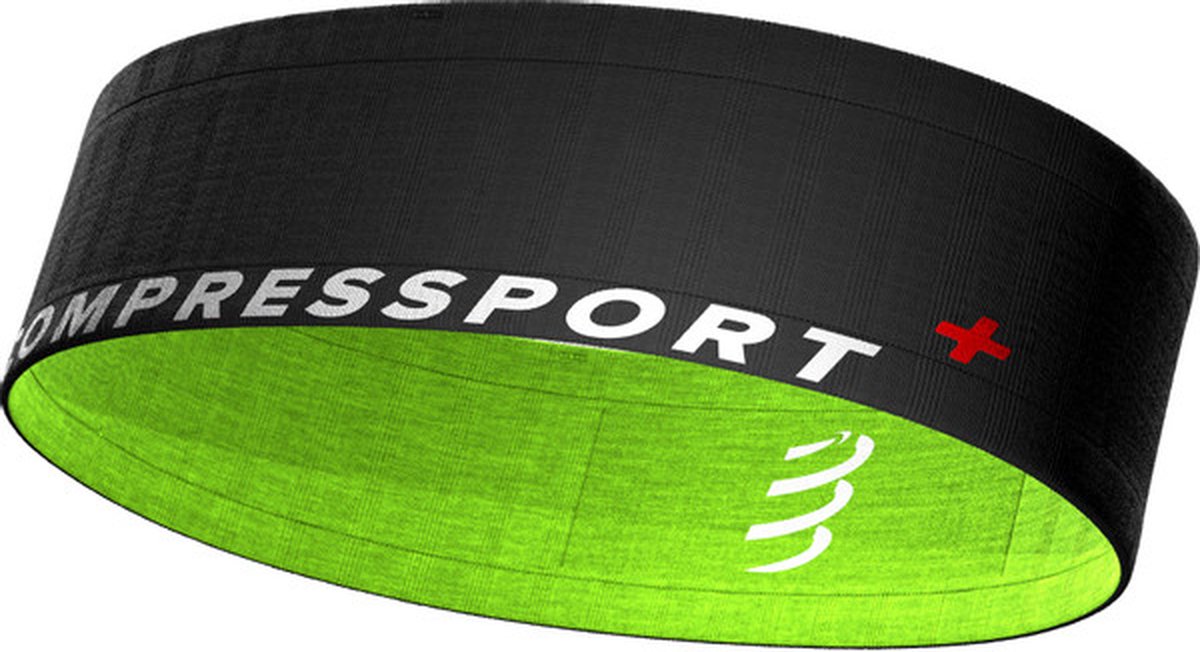


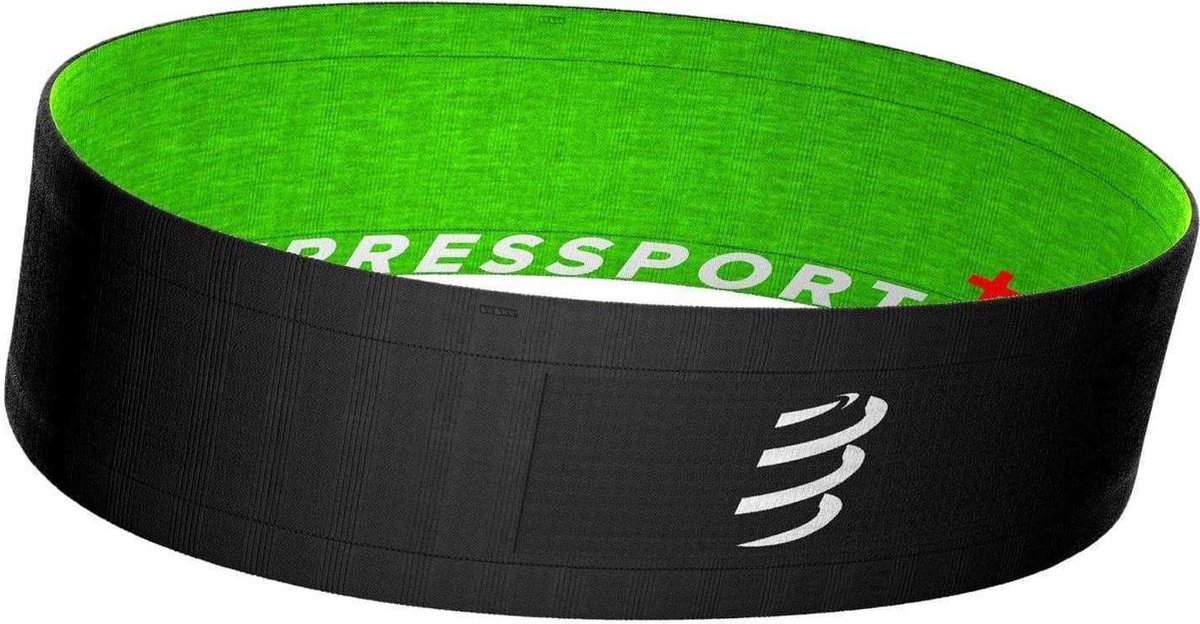
Compressport Free Belt
€30.00
Select options
AmazingAir Replacement Filters Two Year Combo Pack
€330.00
Add to cart
AquaTru Descaling kit
€21.25
Add to cart


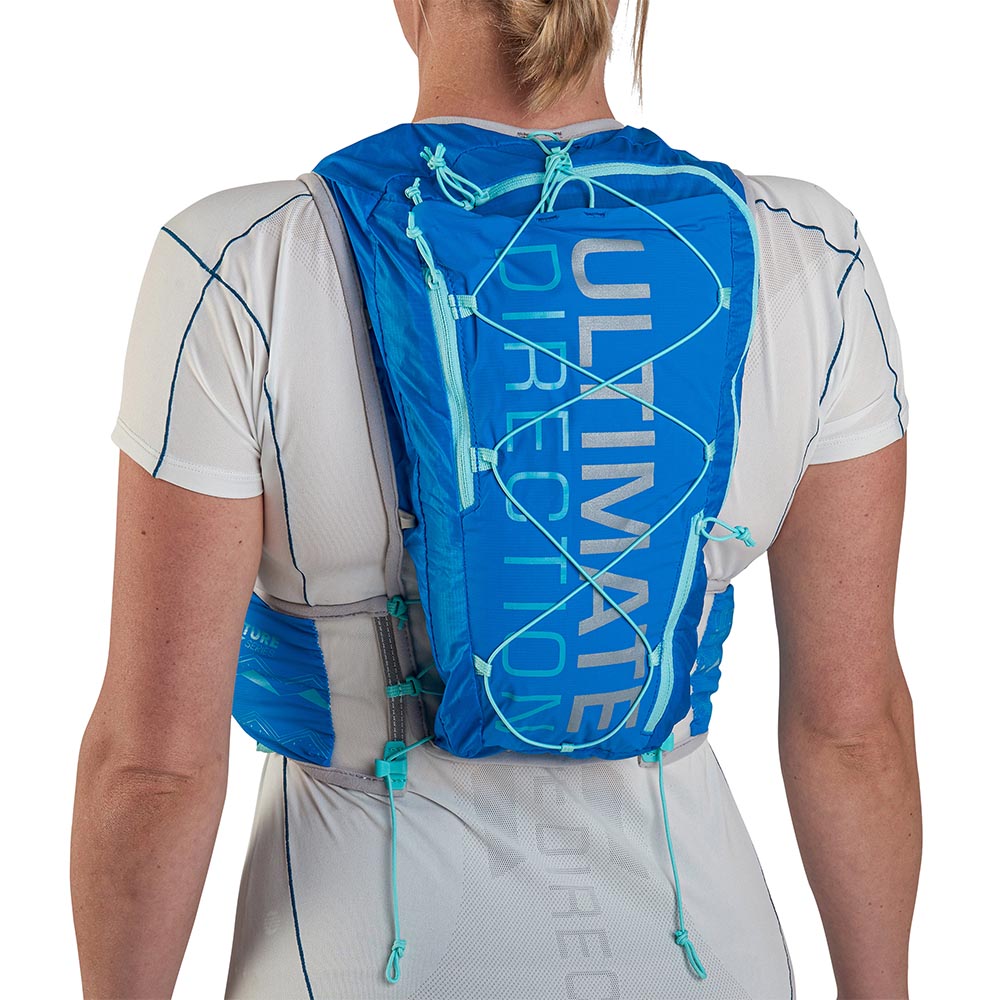
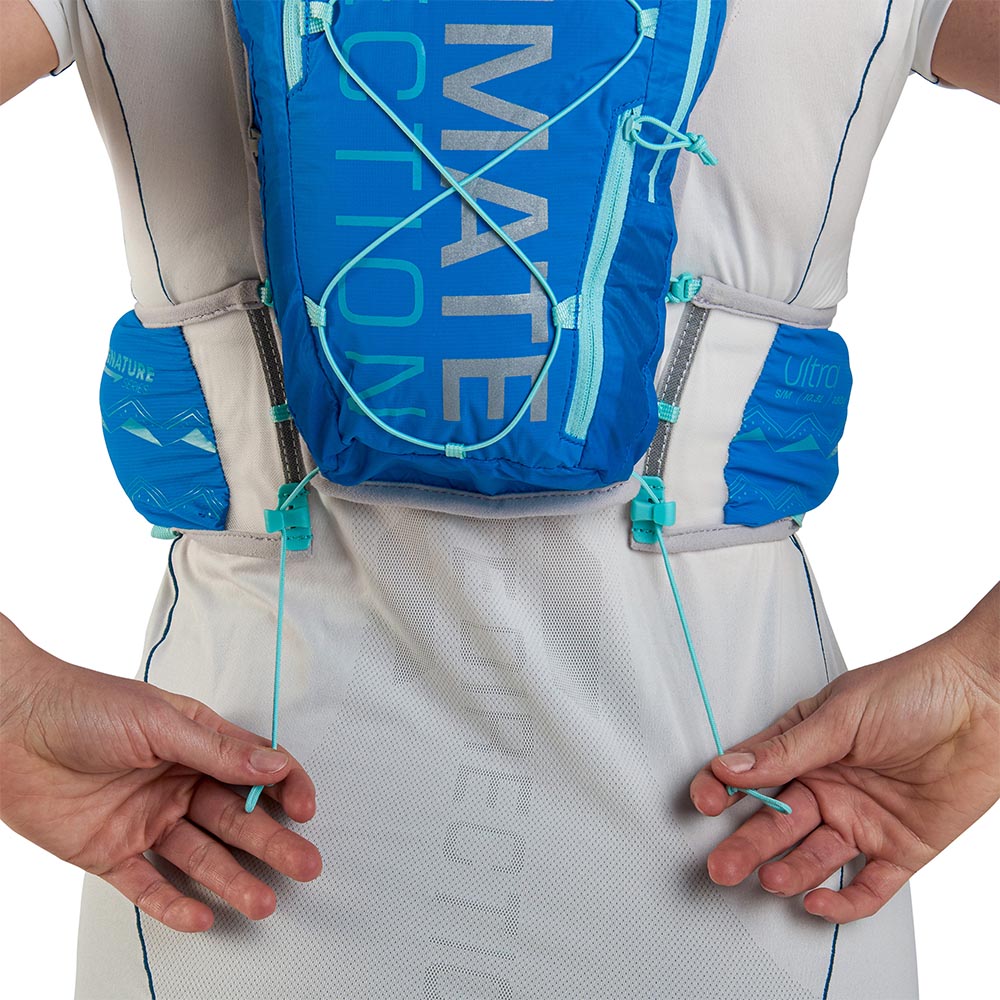
Ultimate Direction Ultra Vest Signature Blue Women
€140.00
Select options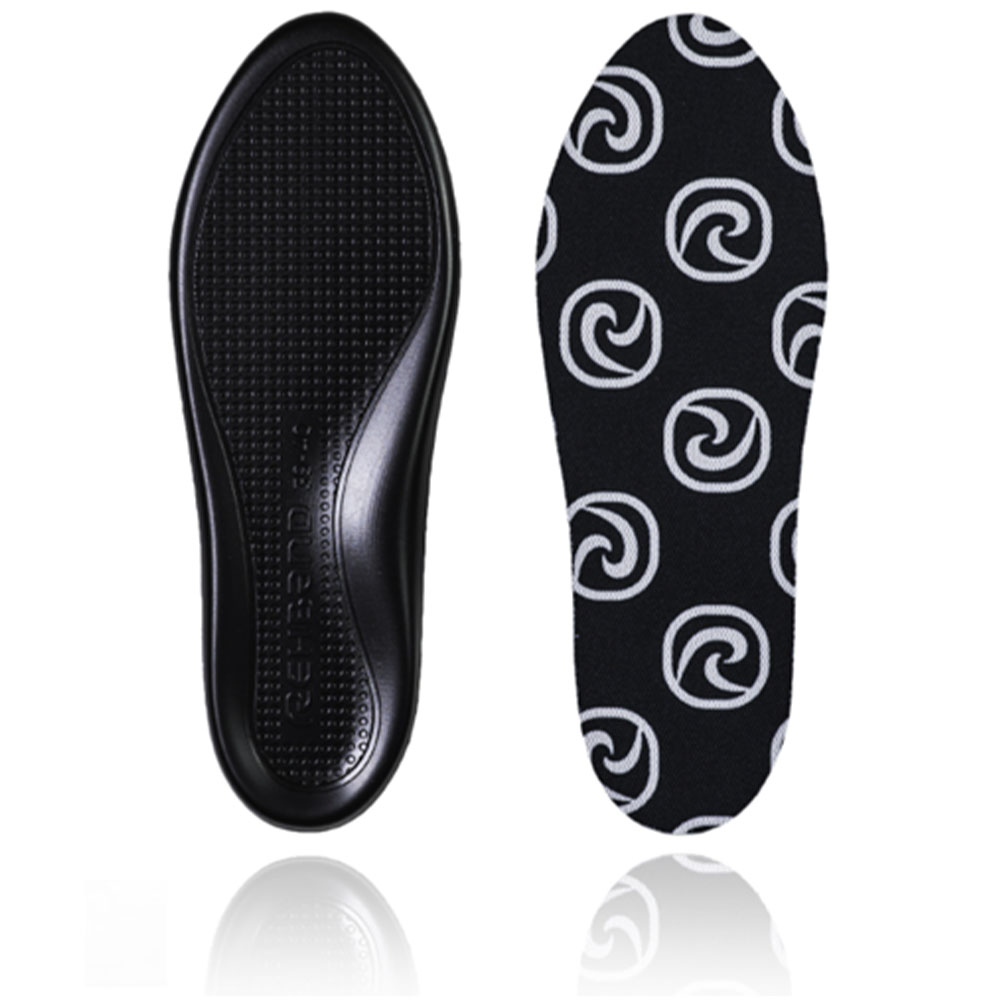
QD Gel Insole
€28.00
Select options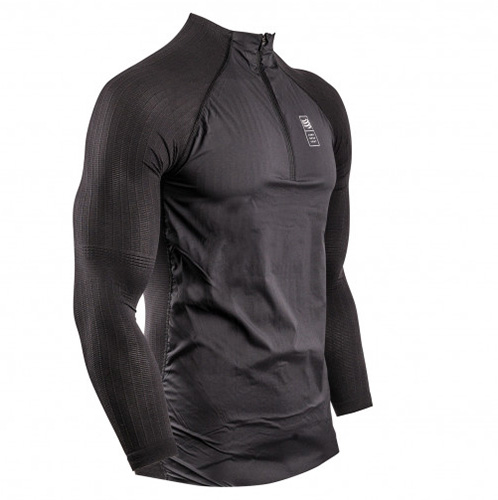
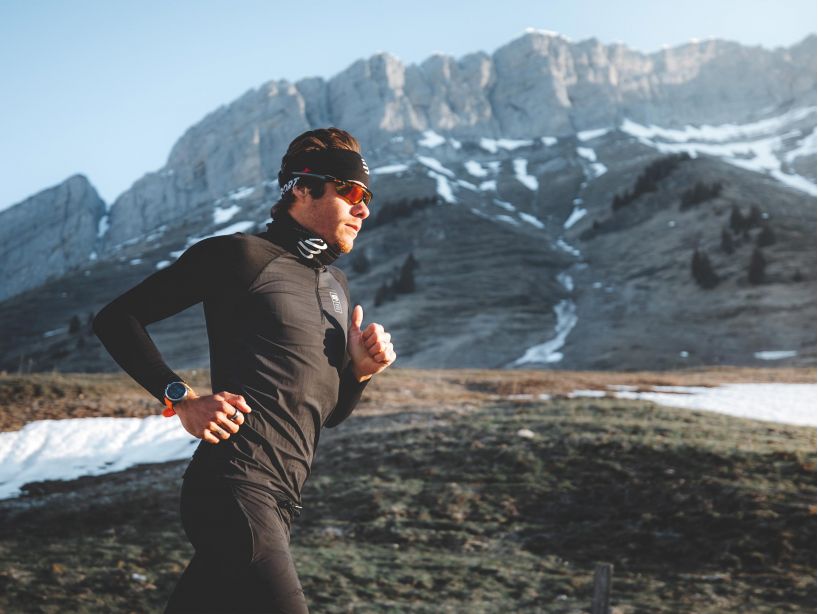

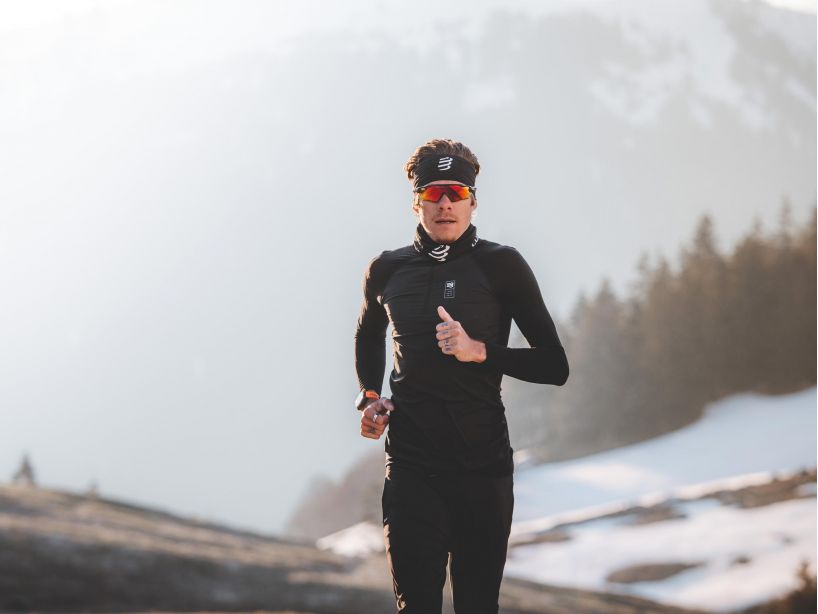
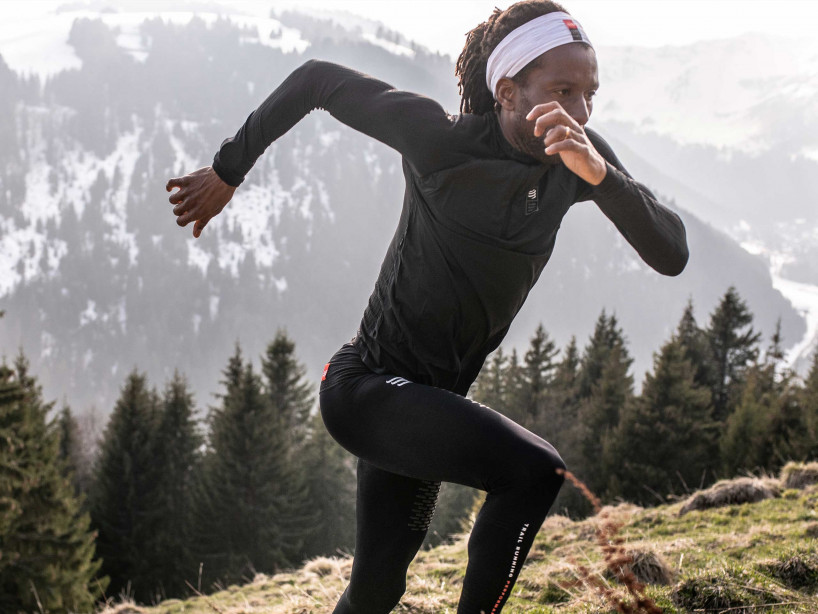
Compressport Hybrid Pullover
€125.00
Select options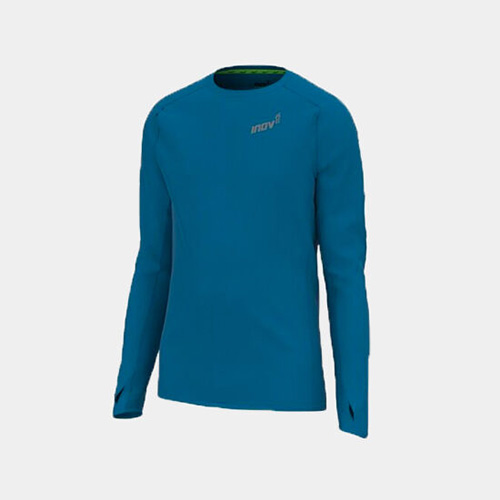
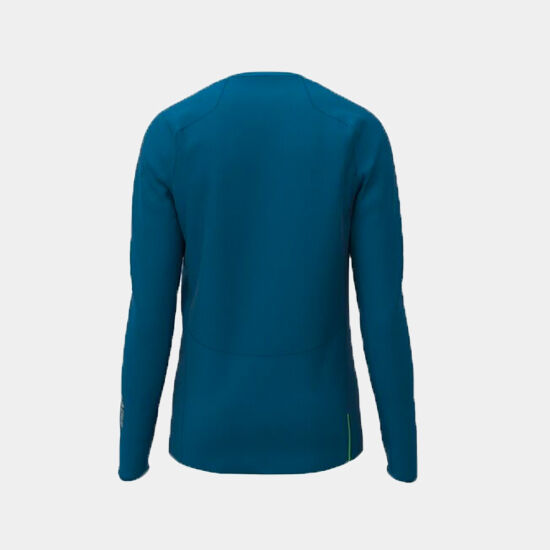

Inov8 Base LS M Blue Men
€60.00
Select options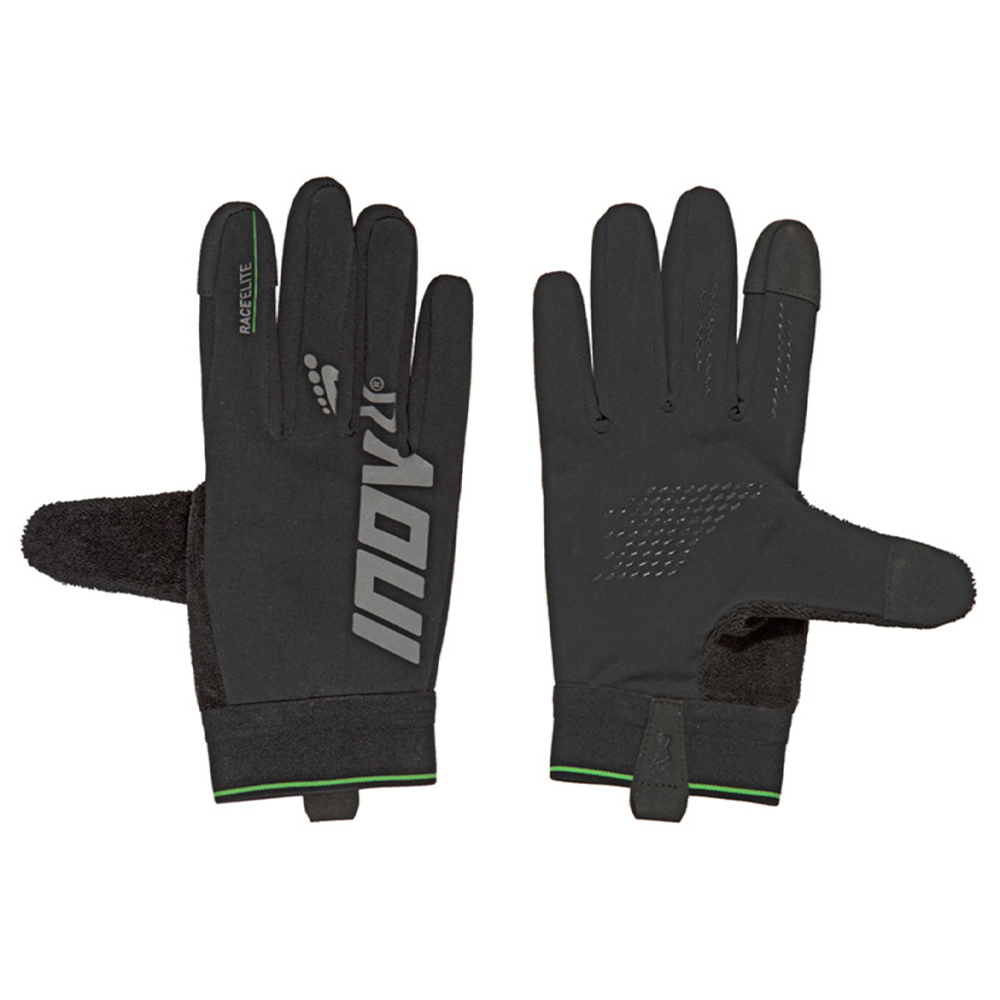
Inov8 Race Elite Glove Unisex Black
€30.00
Select options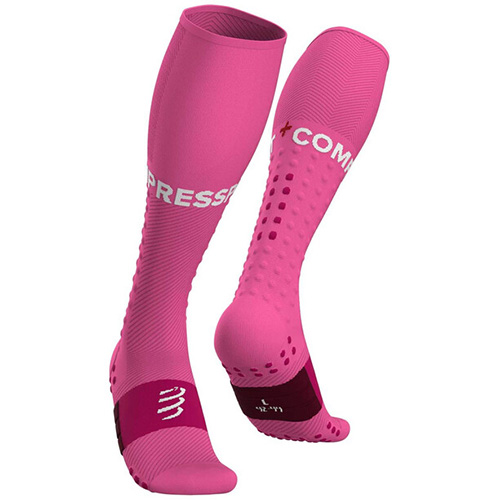
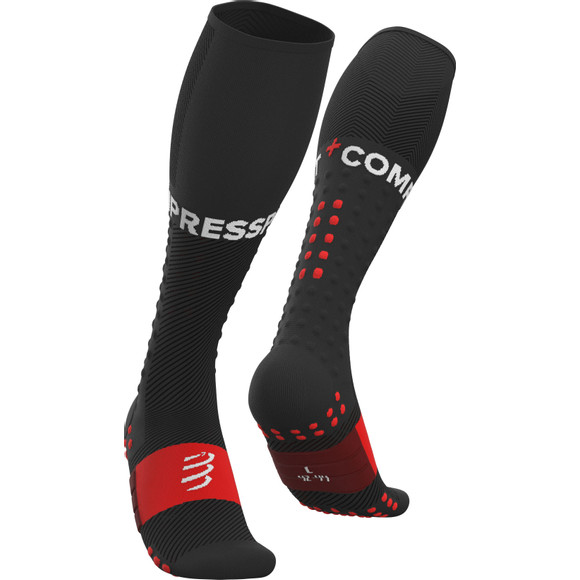

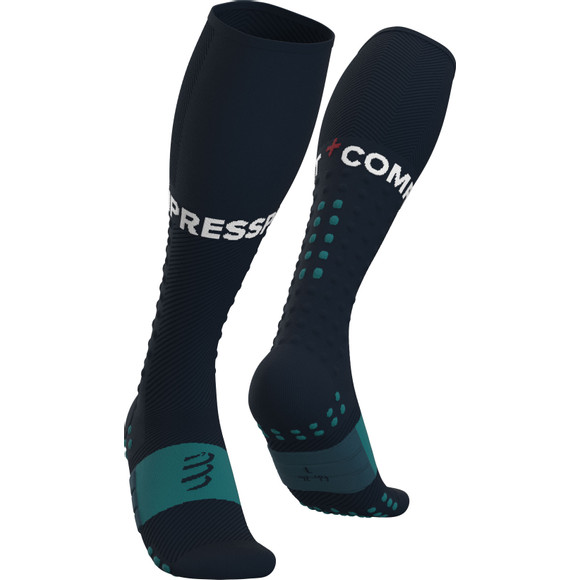

Compressport Full Socks Run
€40.00
Select options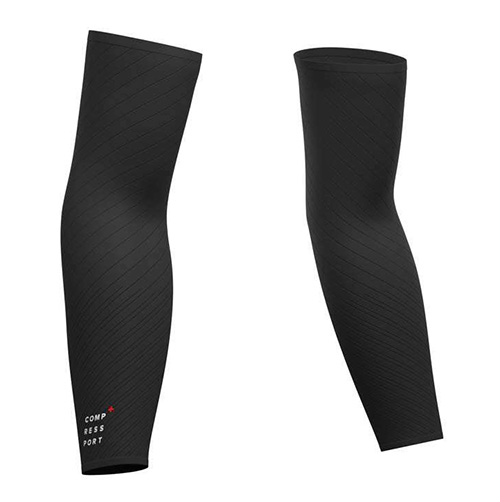
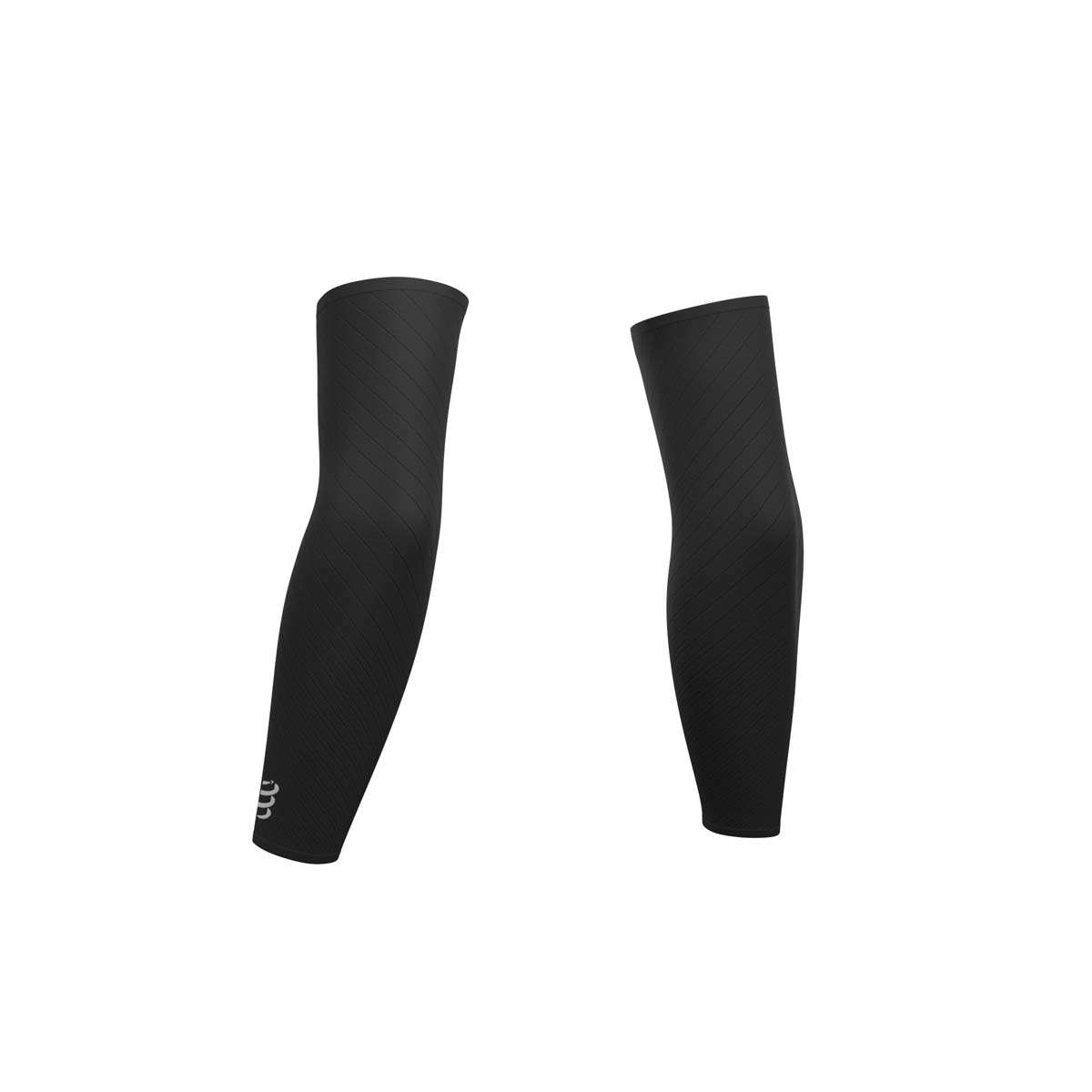

Compressport Under Control Arm sleeves
€45.00
Select options




AquaTru Waterfilter-Complete Set
€349.00
Add to cart



Adventure Food Chili con Carne
€5.95
Add to cart
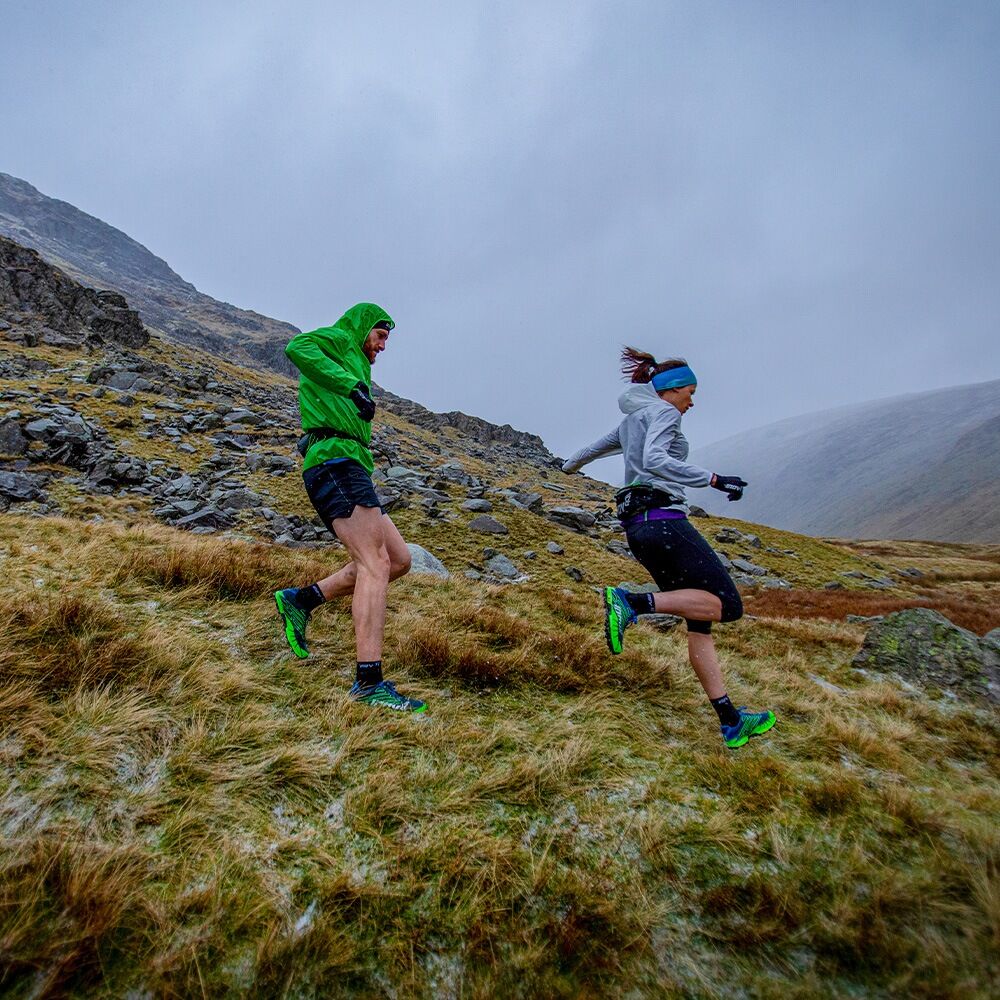

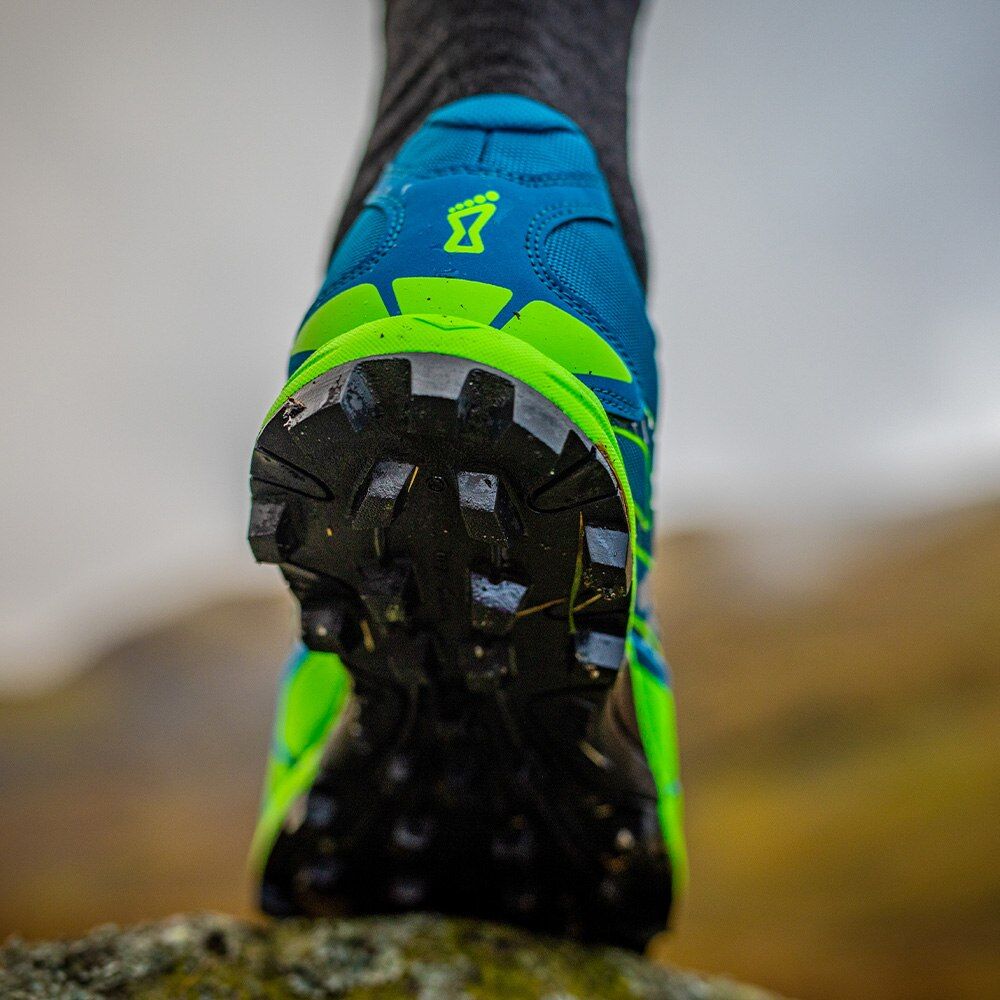

Inov8 X-Talon 255 Red/Blue Women
€140.00
Select options
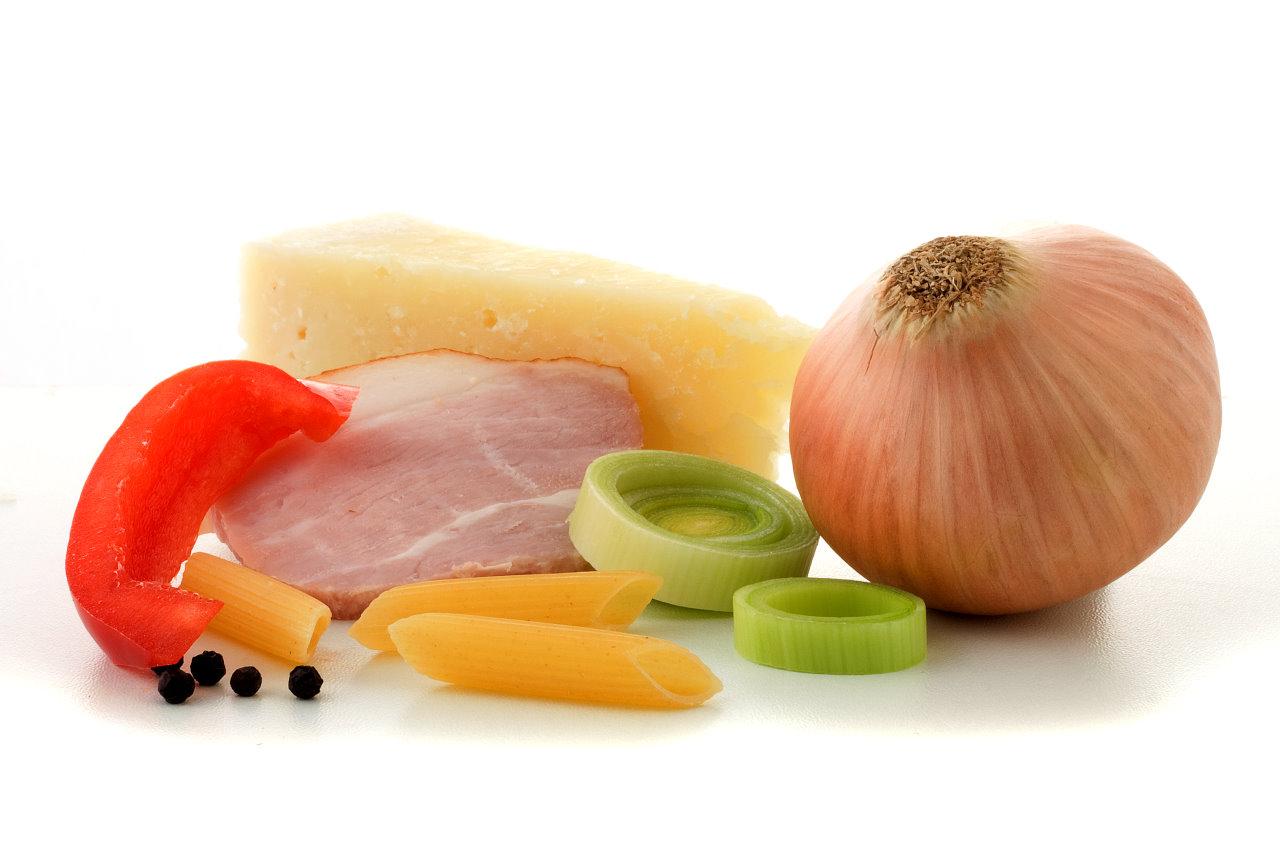

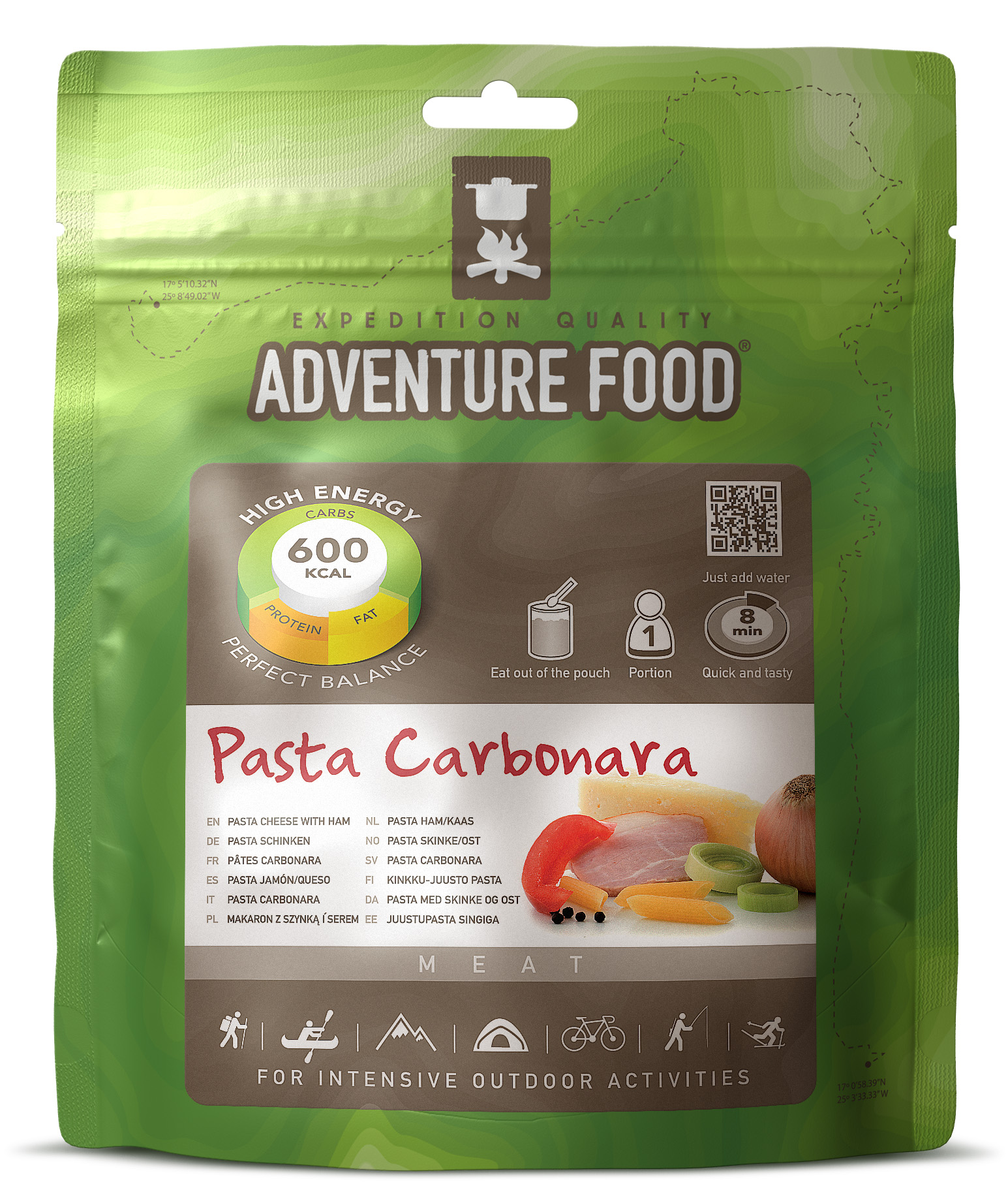
Adventure Food Pasta Carbonara
€5.95
Add to cart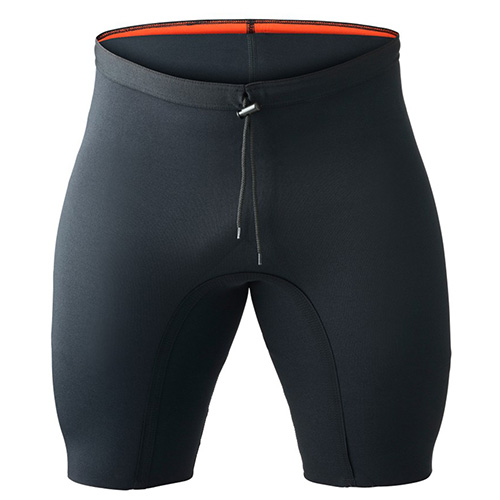
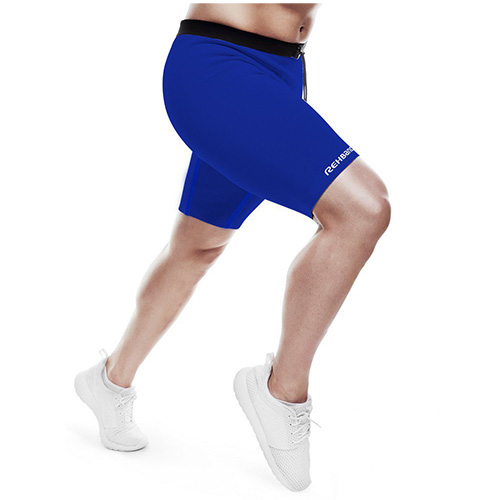



Rehband QD Thermal Shorts 1.5mm
€55.00
Select options
AmazingAir 4 in 1 Air Purifier
€495.00
Add to cart


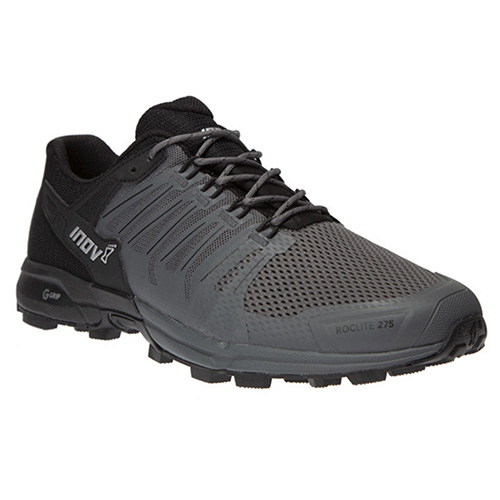

Inov8 Roclite 275 Men
€150.00
Select options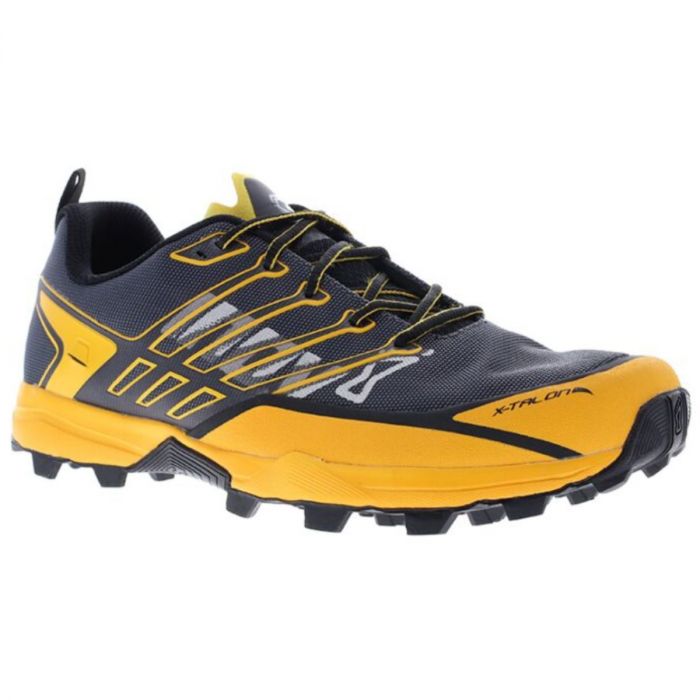
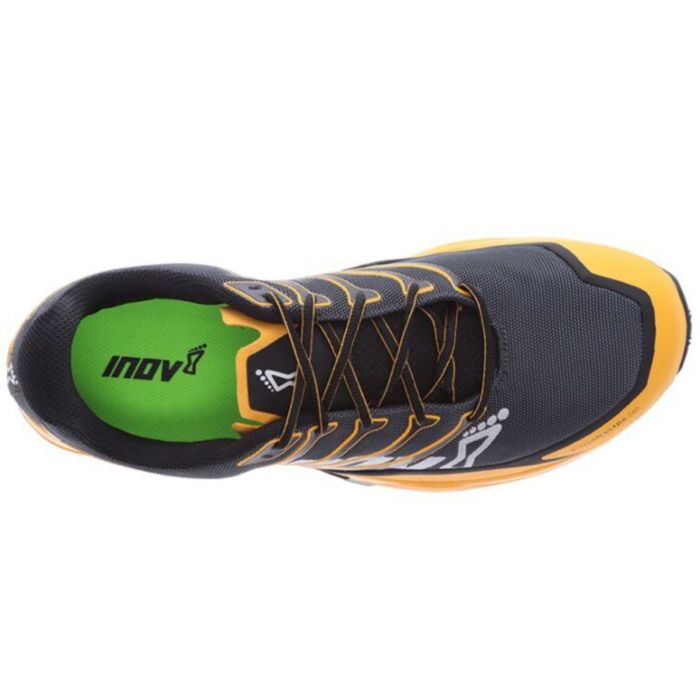


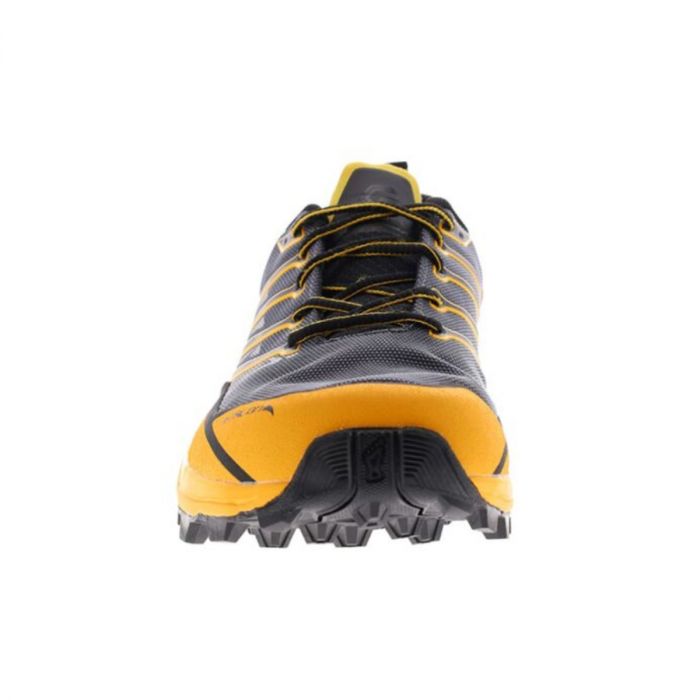
Inov8 X-Talon Ultra 260 V2 Black/Gold Men
€150.00
Select options
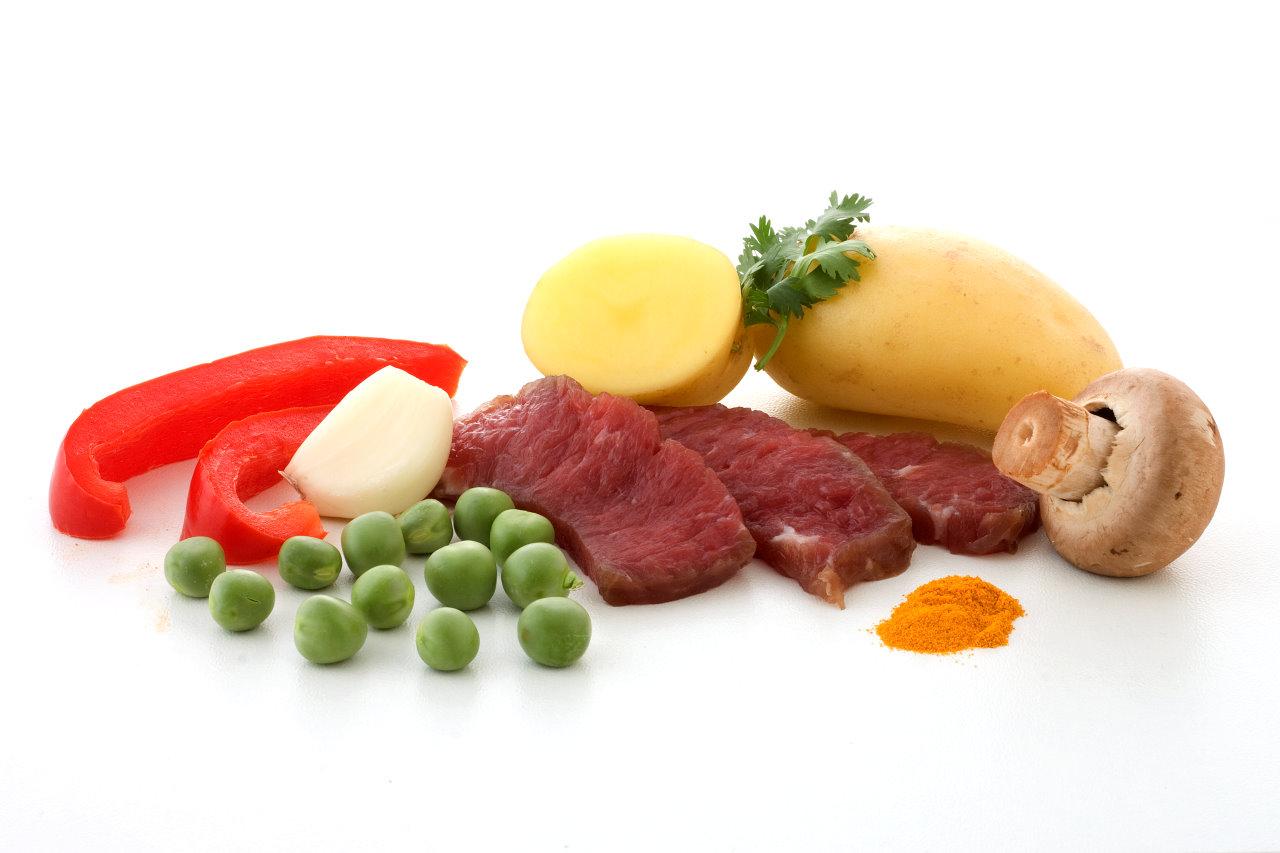


Adventure Food Mince Beef Hotpot
€5.95
Add to cart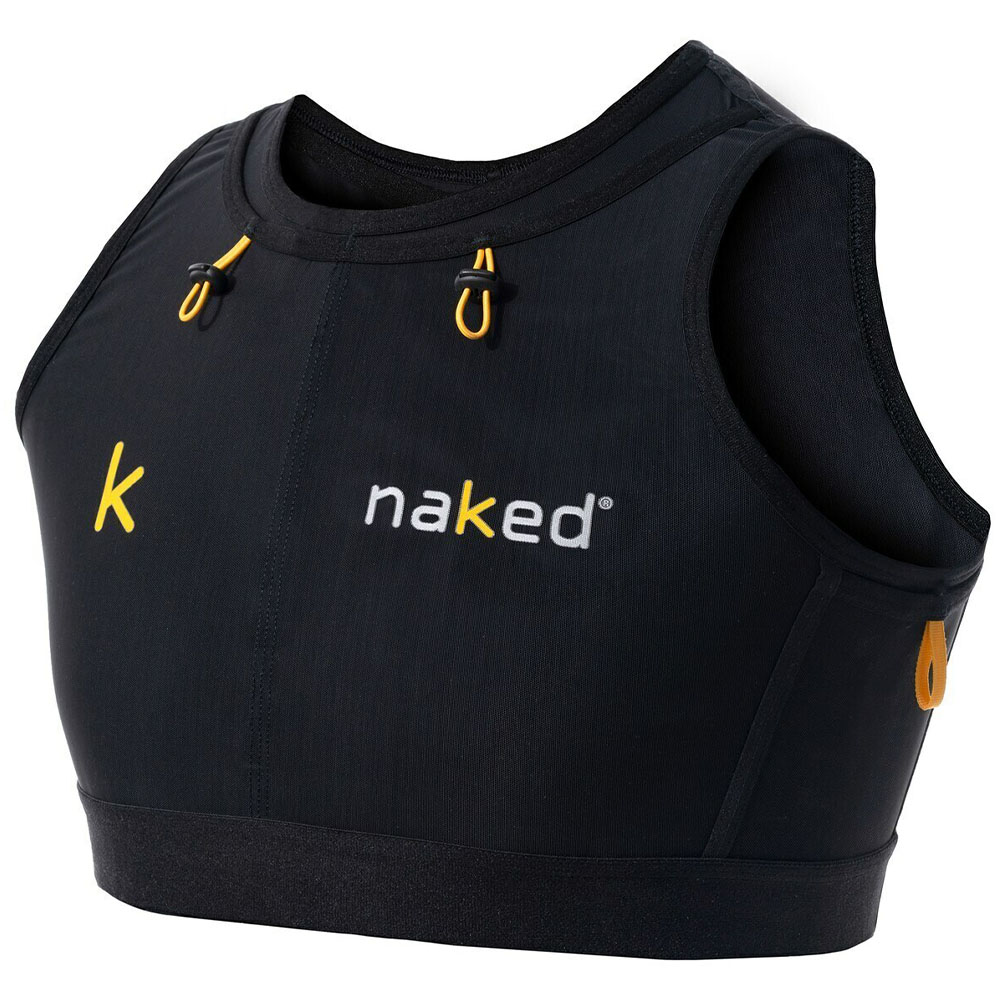



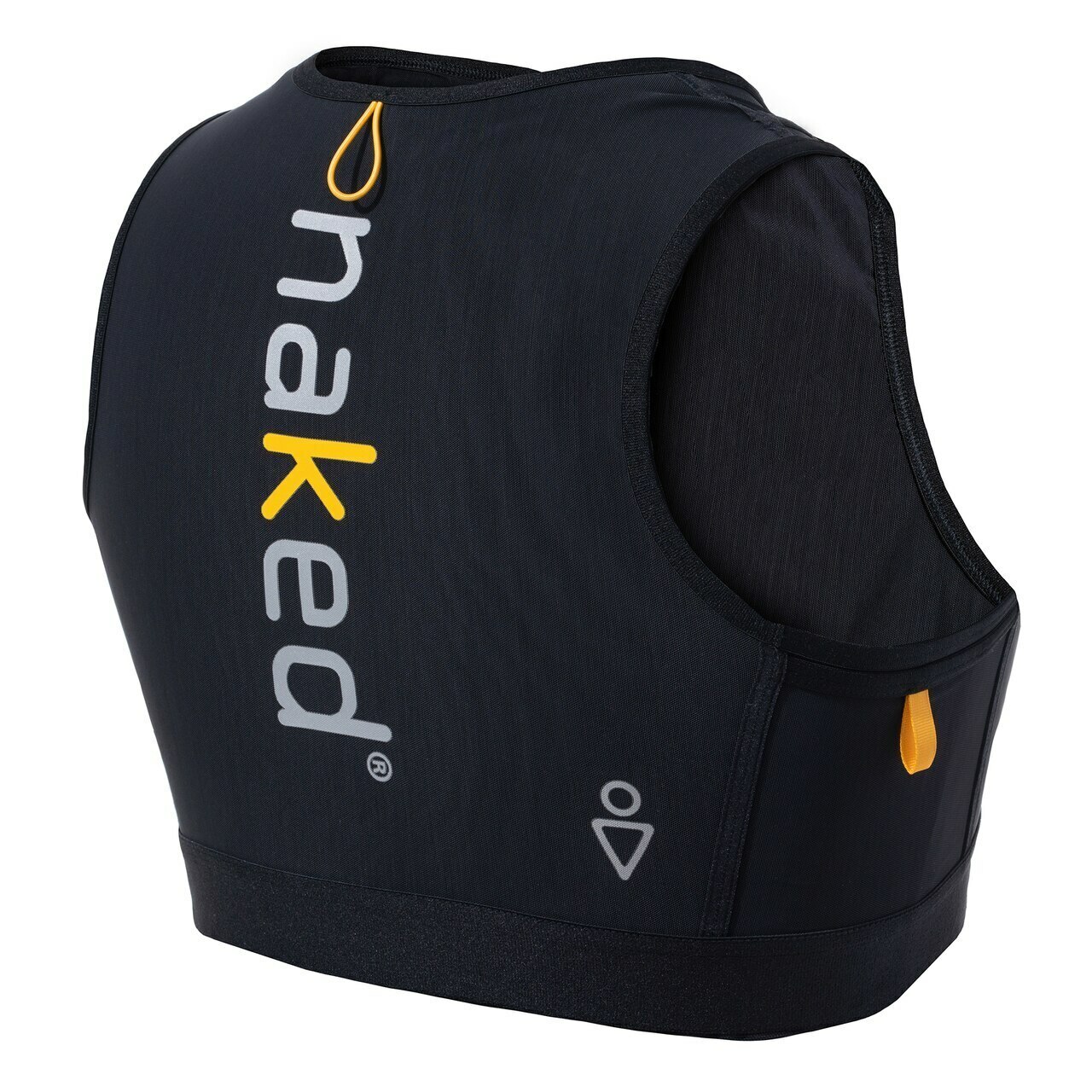
Naked® Running Vest Men
€125.00
Select options




Compressport Headband On/Off Flash, One Size
€15.00
Add to cart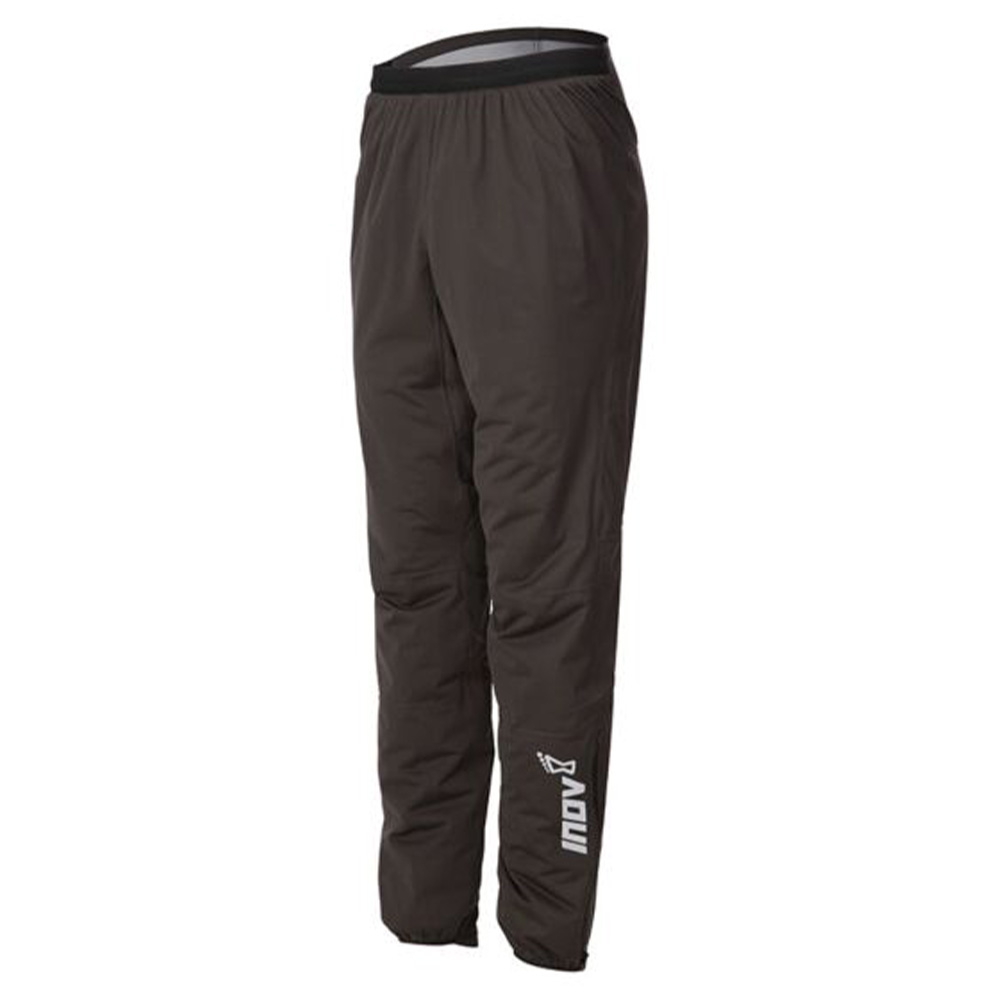


Inov8 Trailpant M Black Men
€150.00
Select options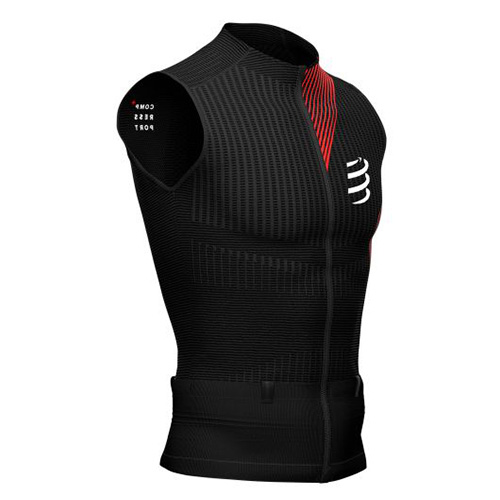


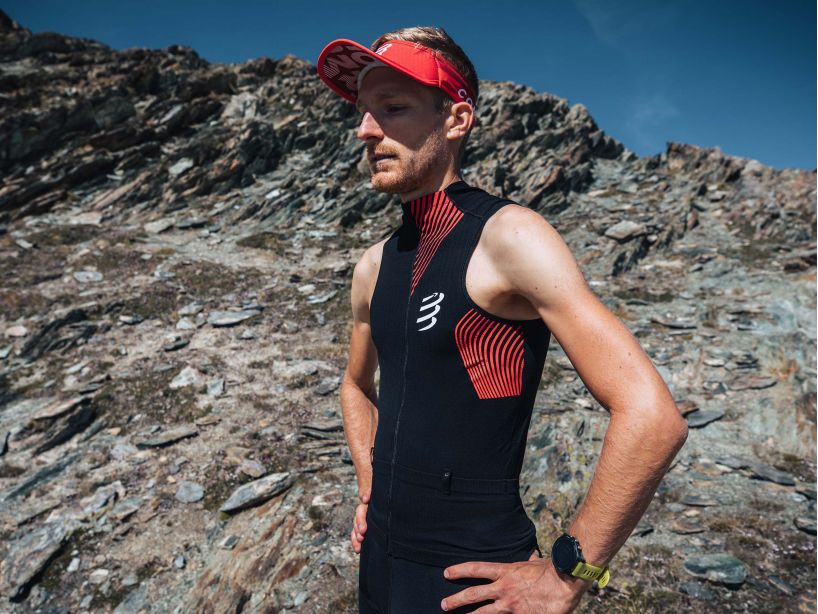

Compressport Trail Postural Tank Top Black
€90.00
Select options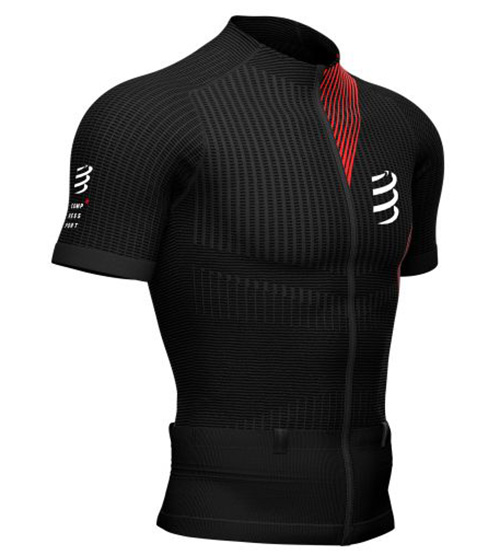



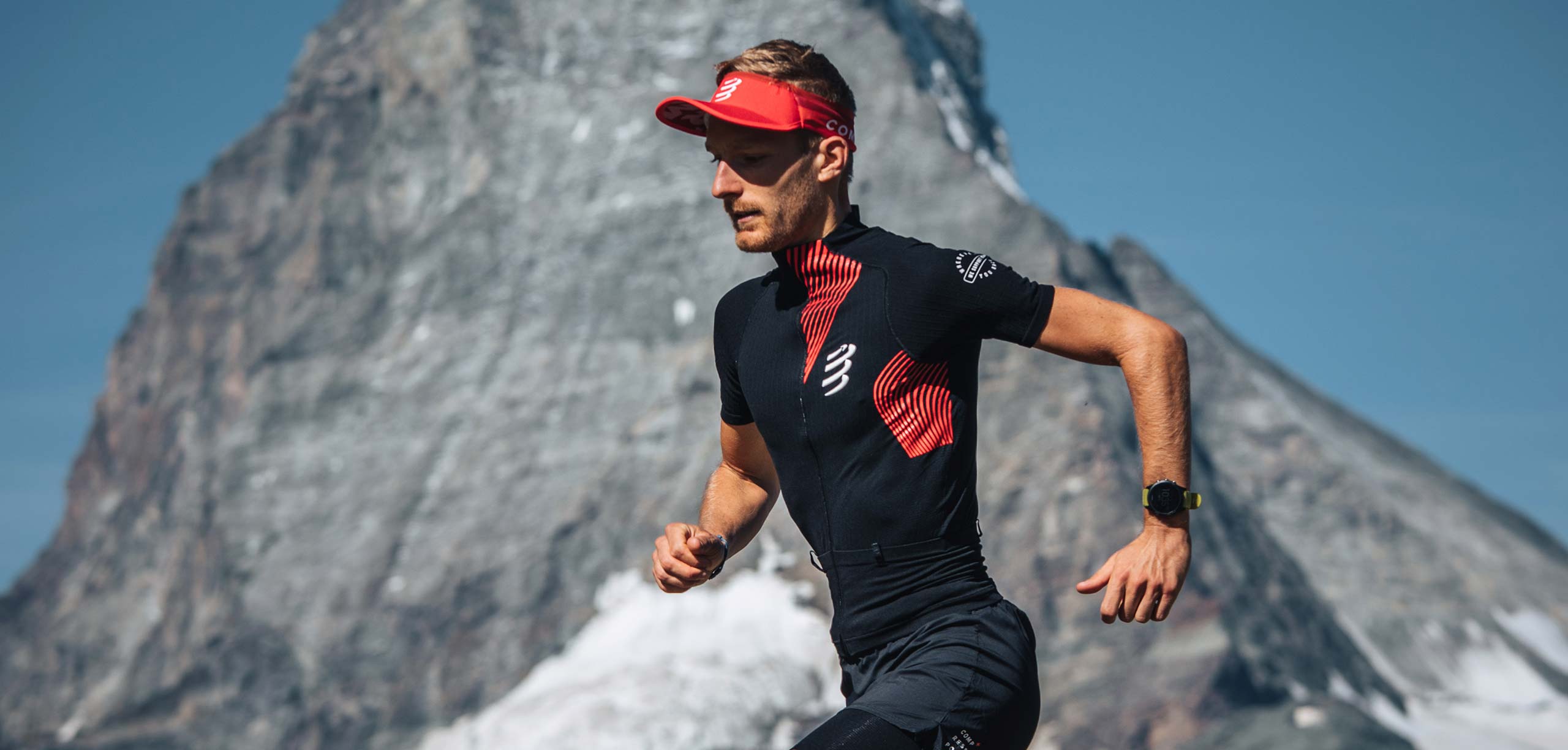
Compressport Trail Postural SS Top Black
€100.00
Select options


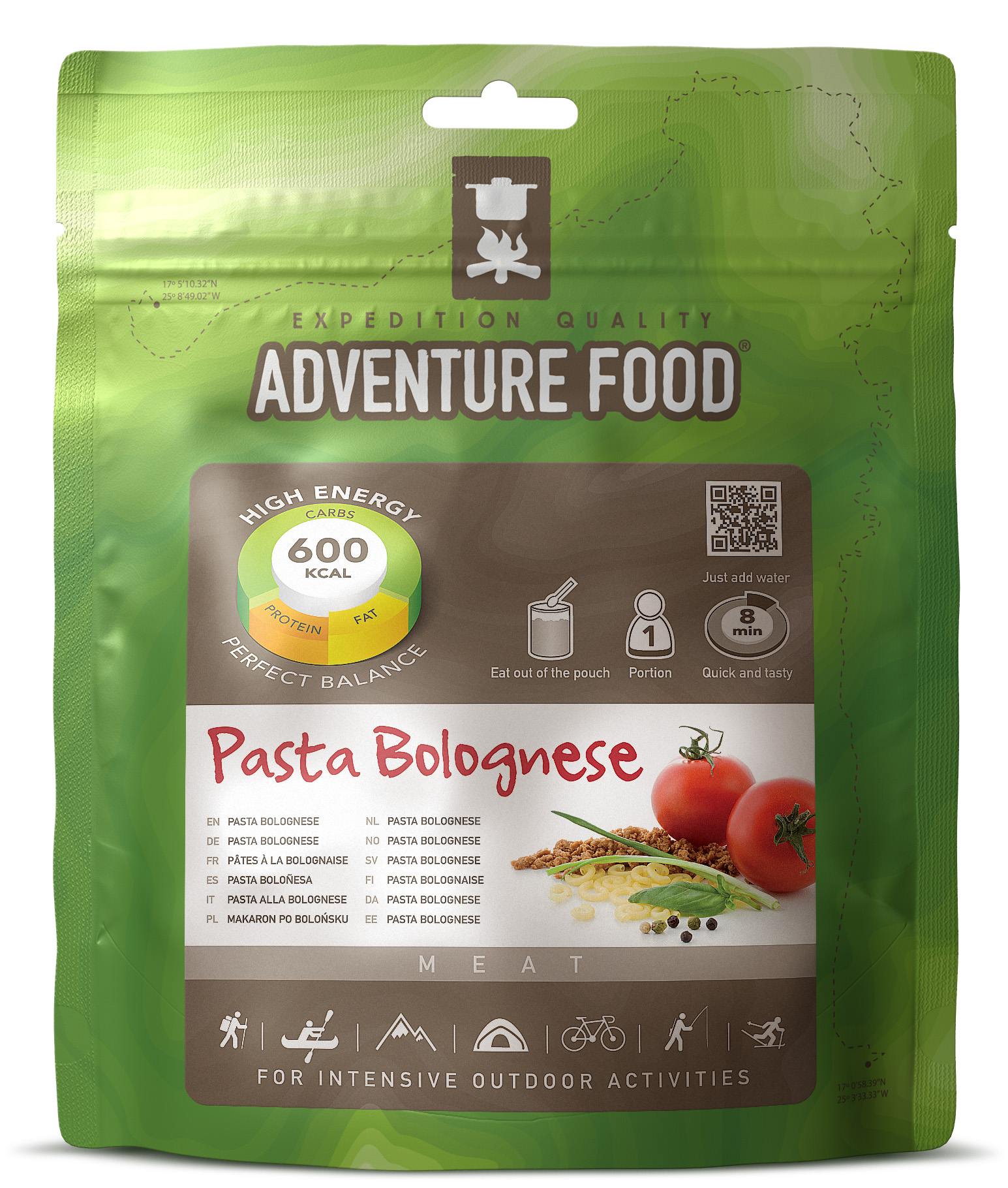
Adventure Food Pasta Bolognese
€5.95
Add to cart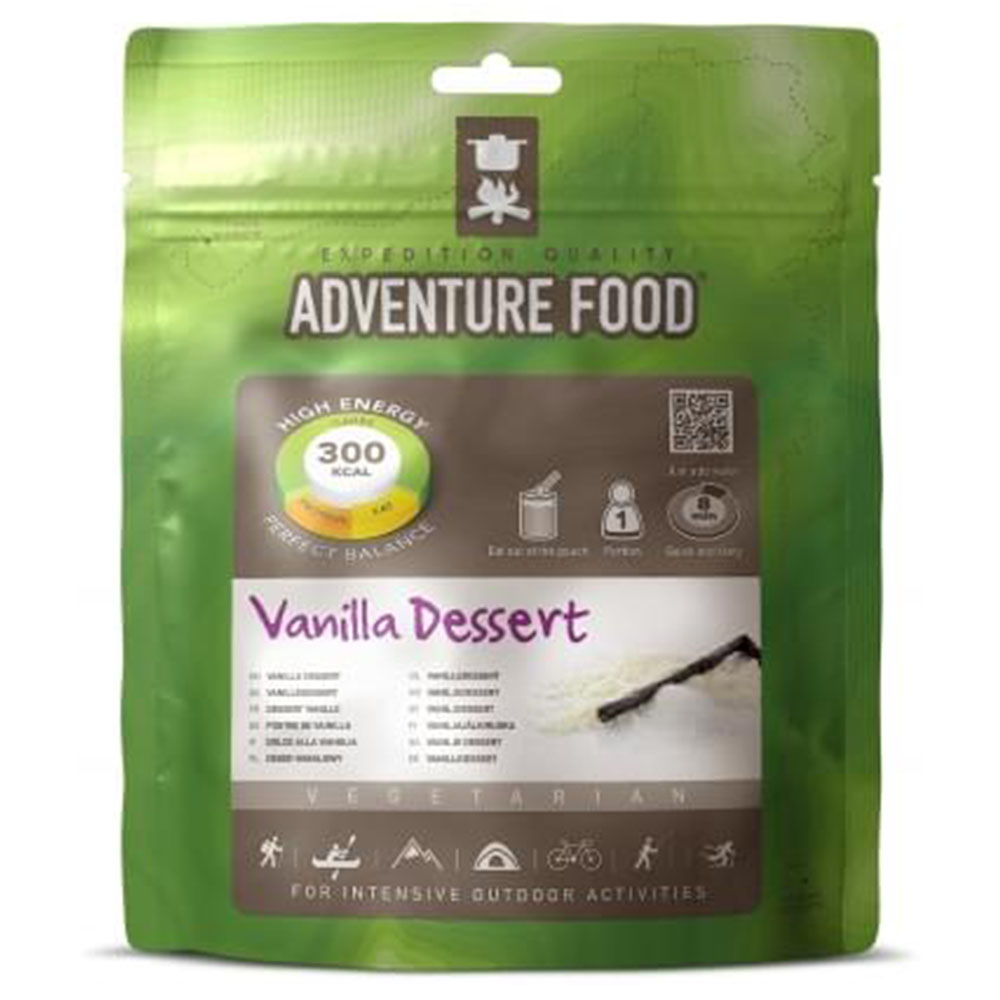


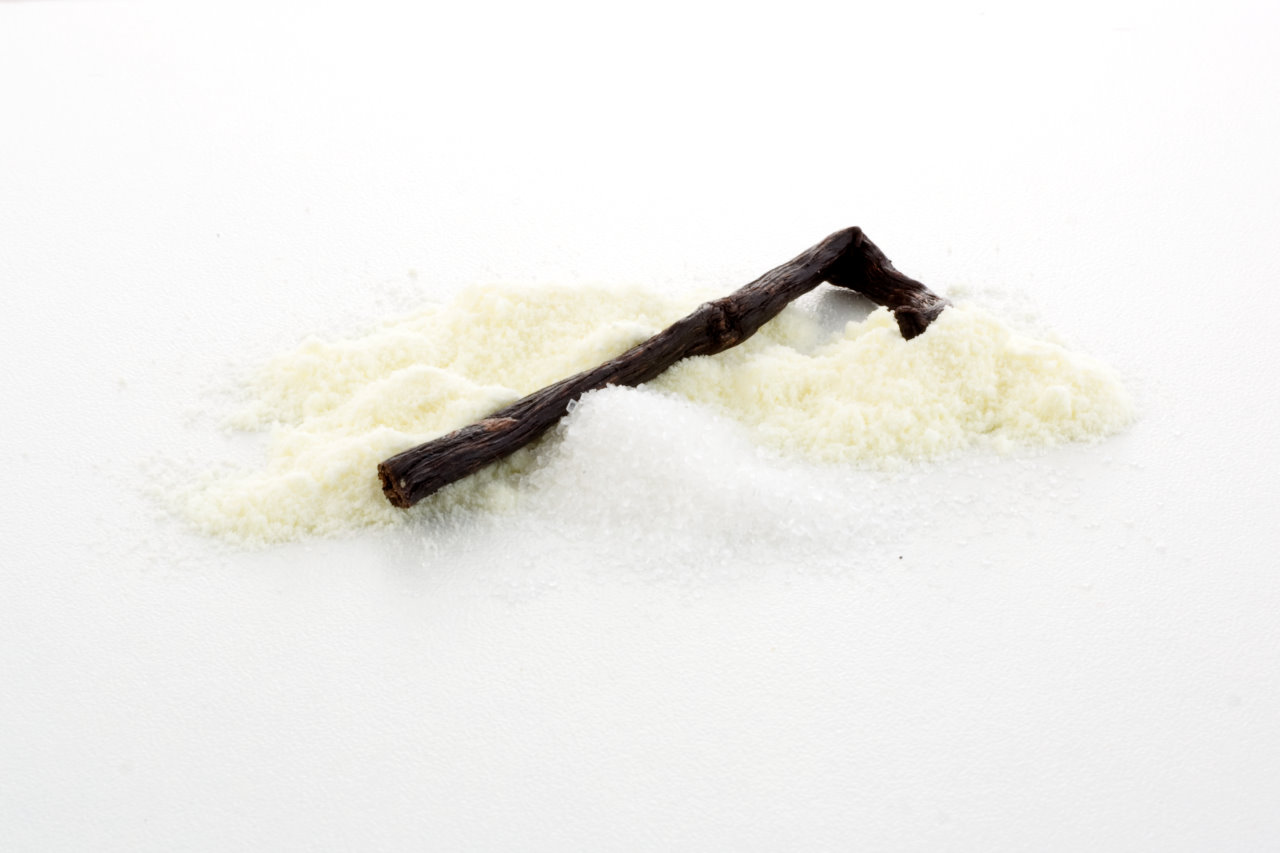
Adventure Food Vanilla Dessert
€3.95
Add to cart
7M
€24.95
Add to cart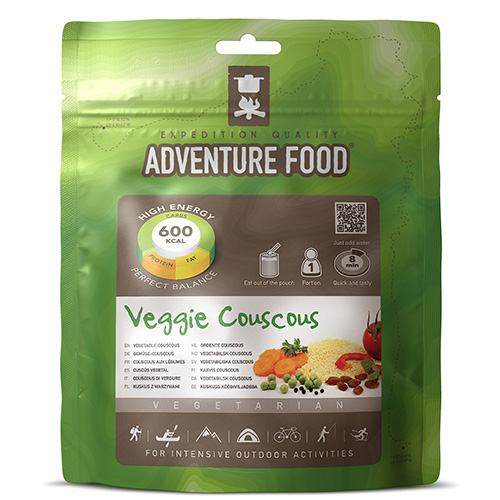


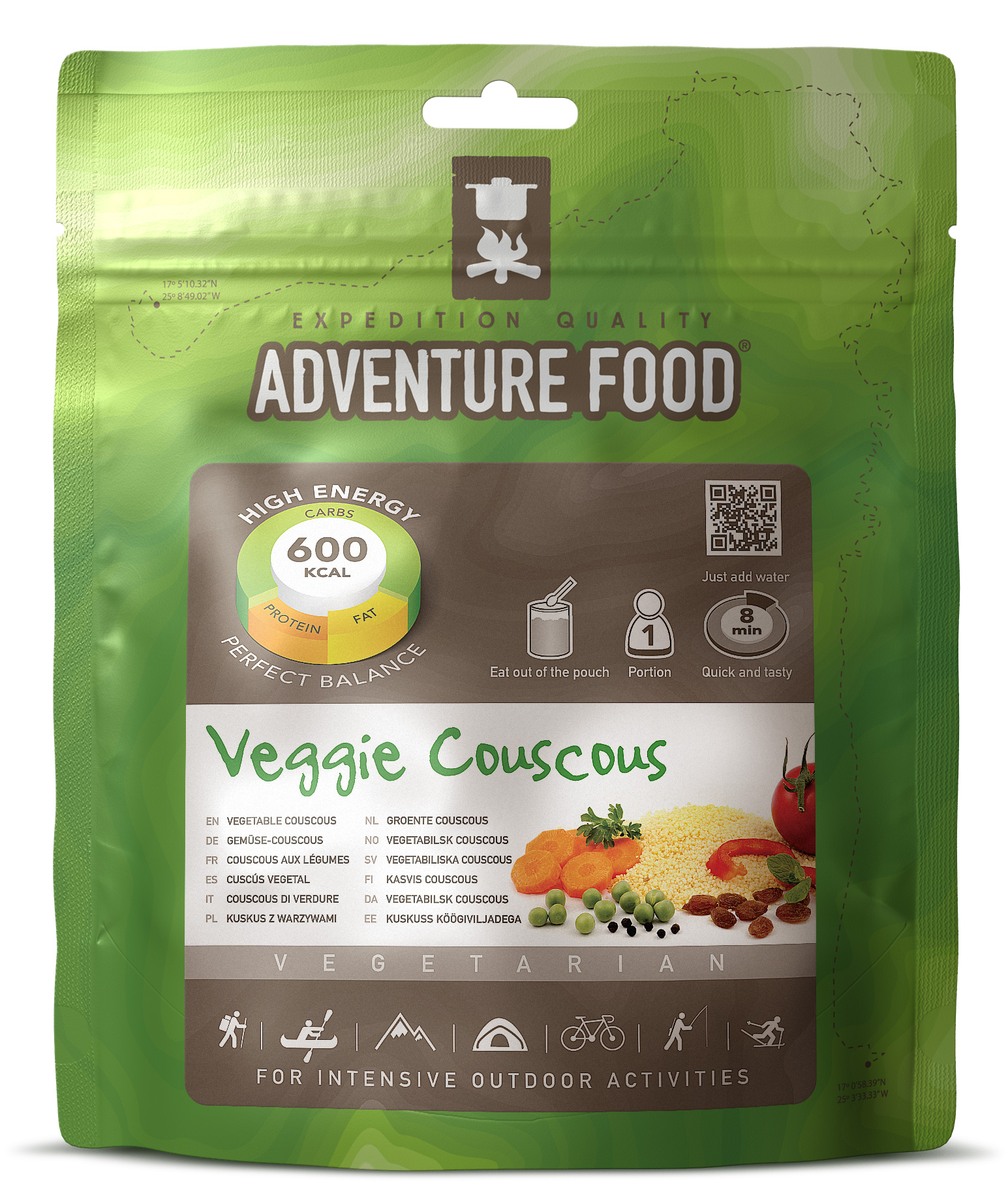
Adventure Food Veggie Couscous
€5.95
Add to cart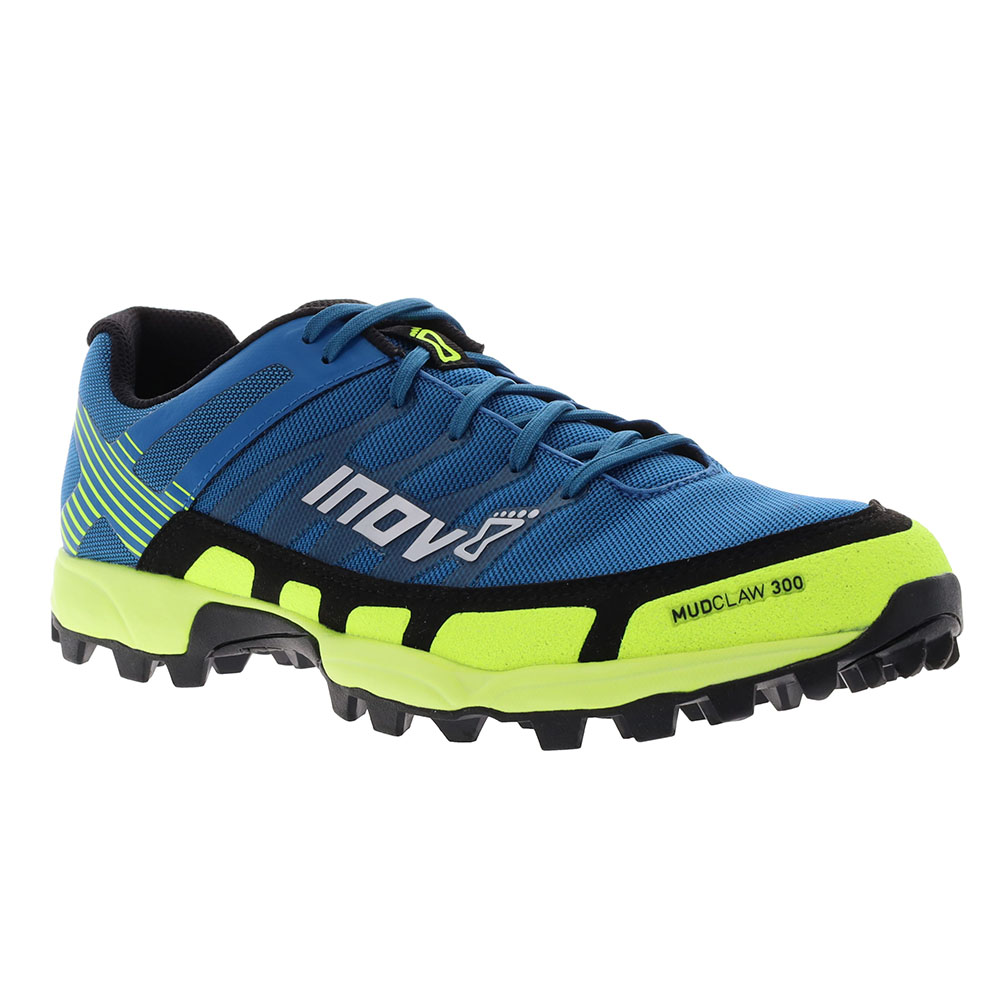
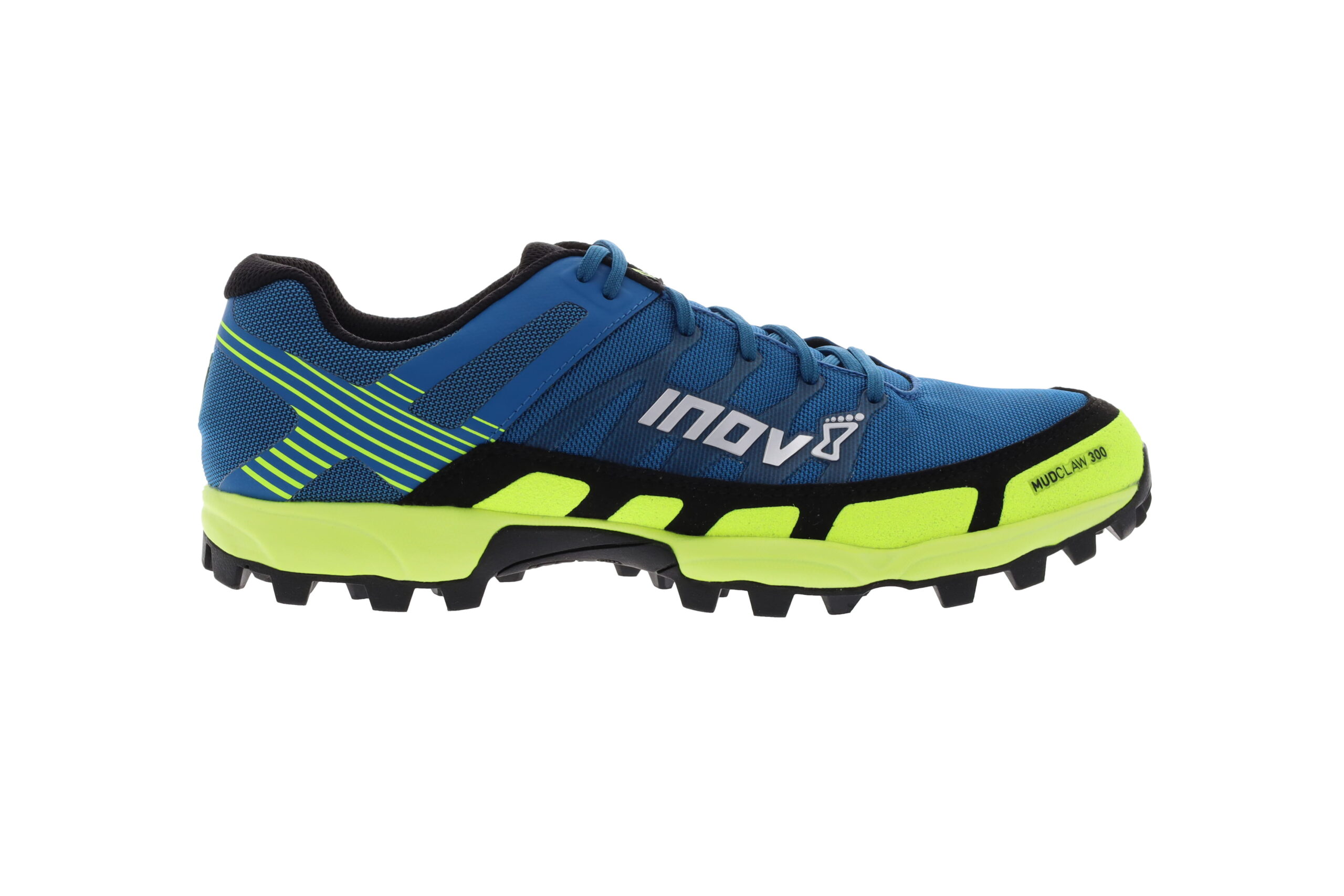



Inov8 Mudclaw 300 Blue/Yellow Men
€135.00
Select options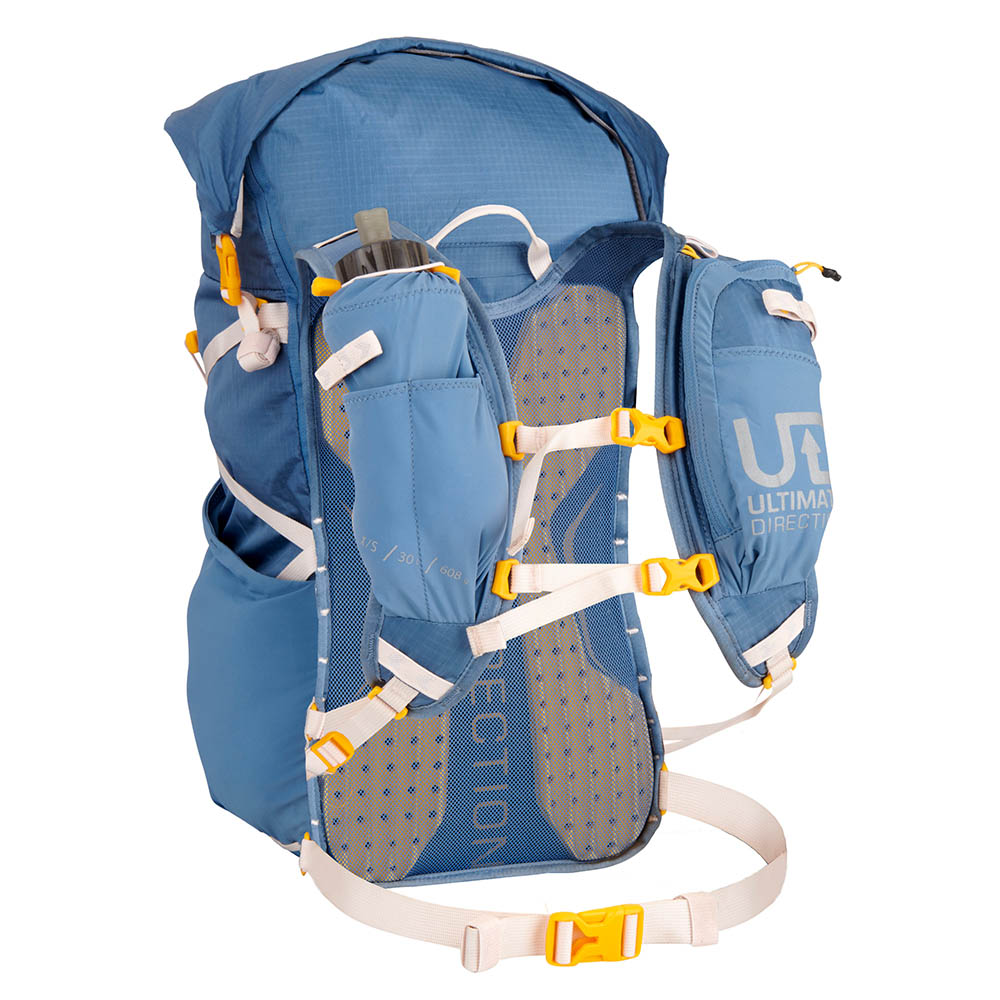


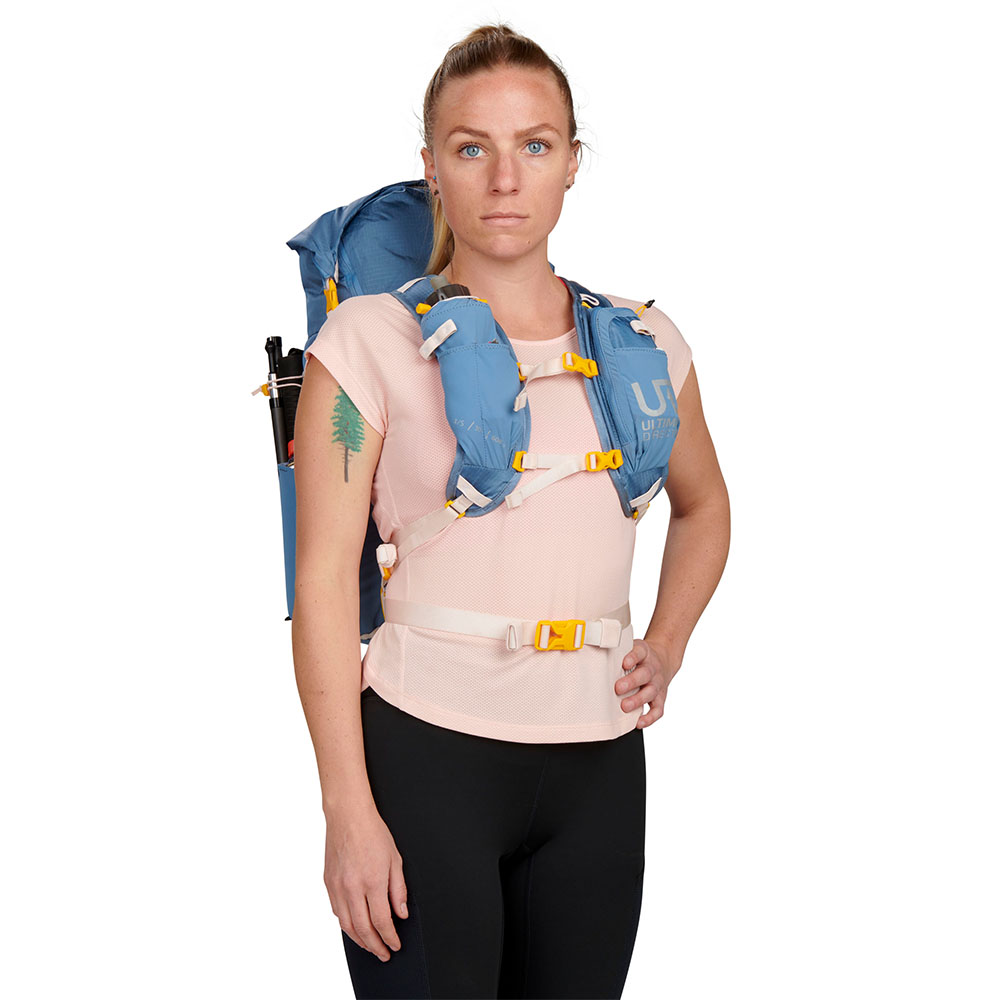
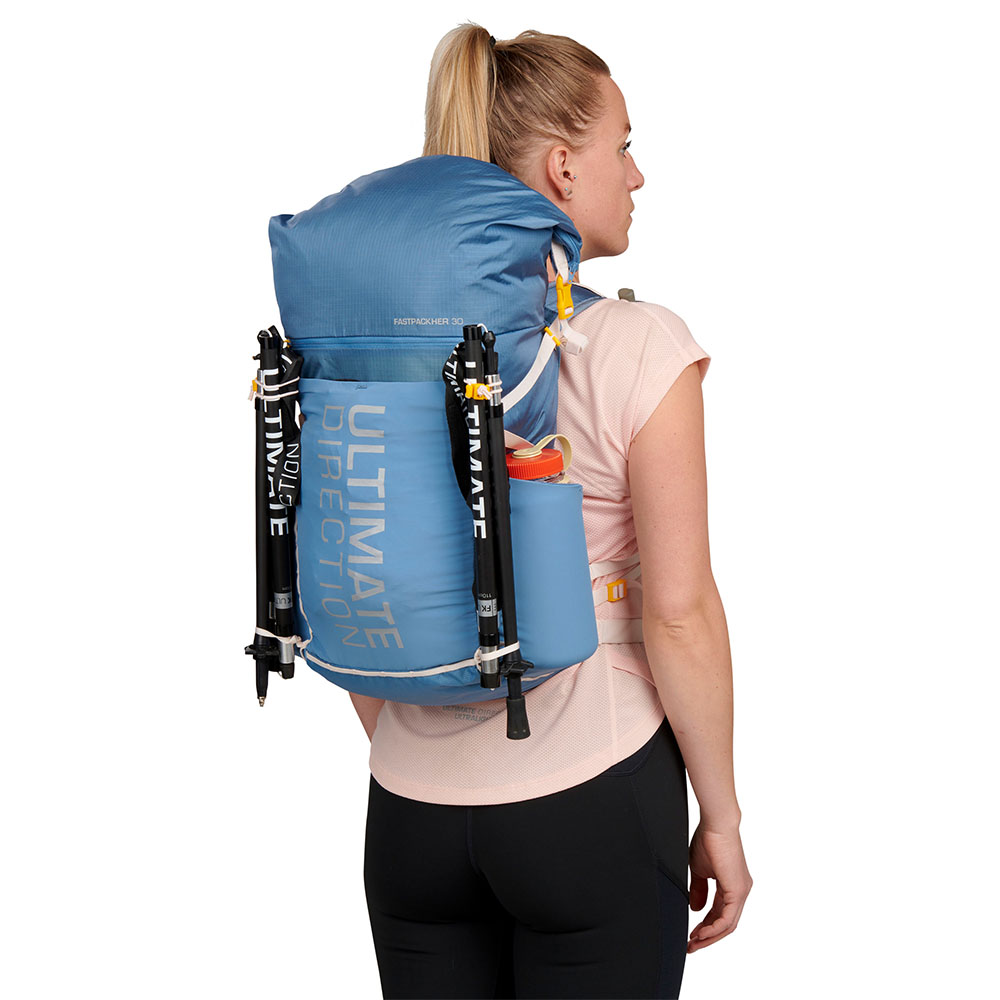
Ultimate Direction Fastpackher 30 Fog Women
€180.00
Select options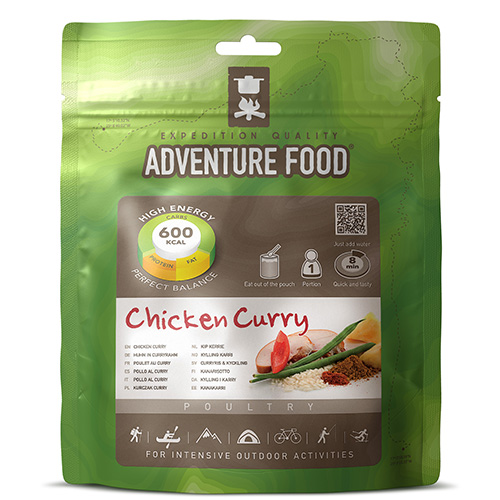


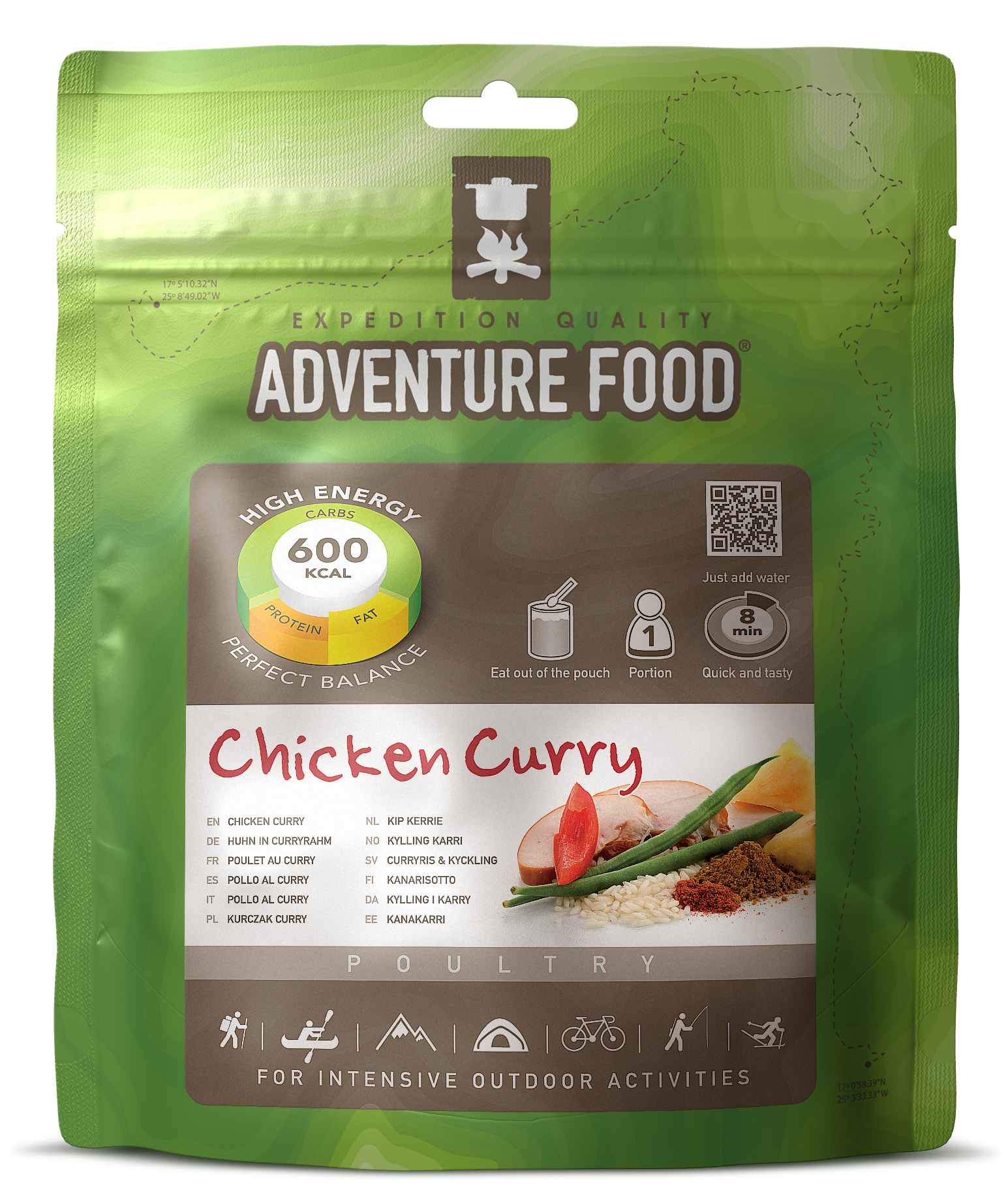
Adventure Food Chicken Curry
€5.95
Add to cart


Compressport Pro Racing Socks V3.0 Run Low
€16.00
Select options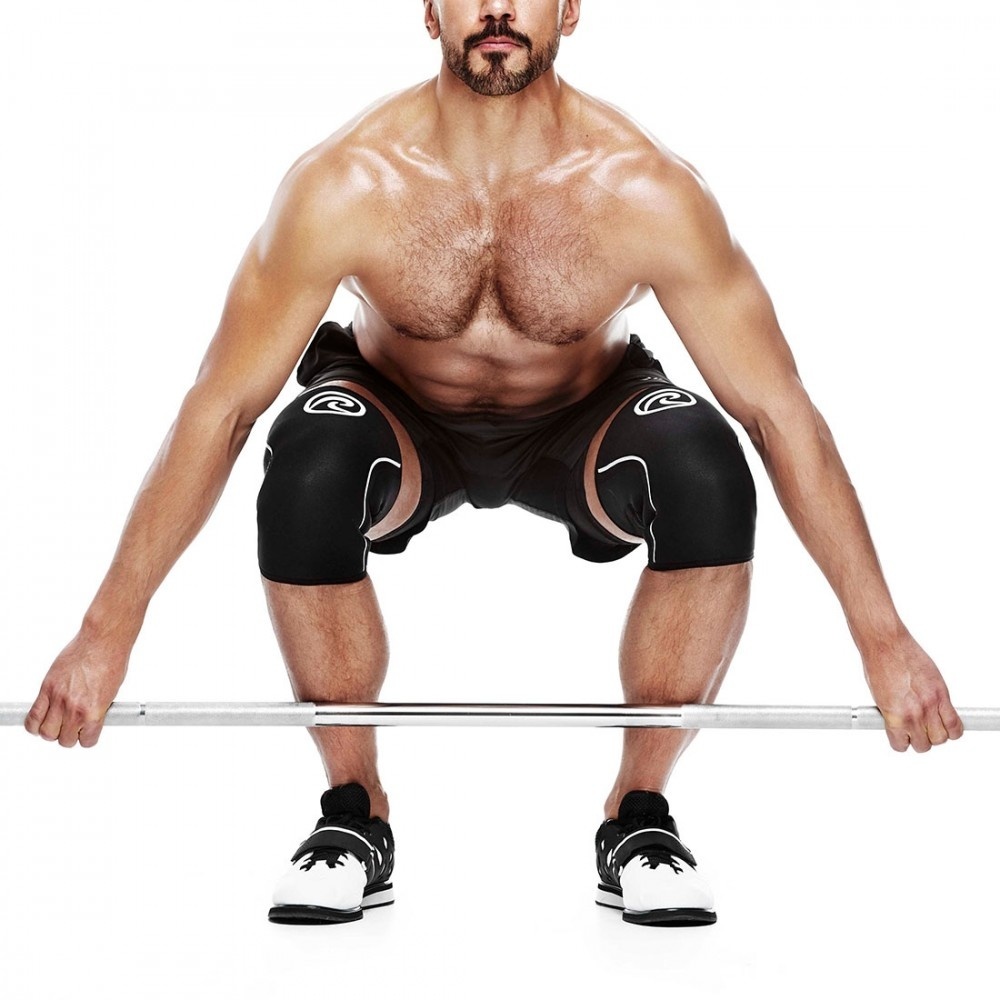
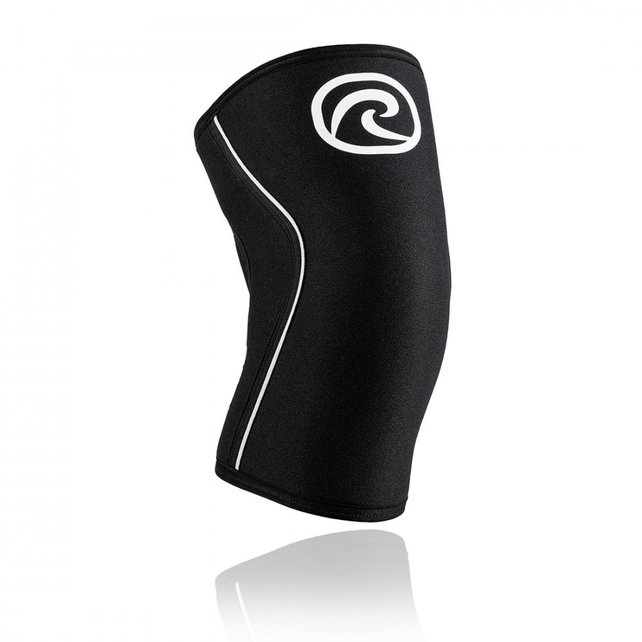


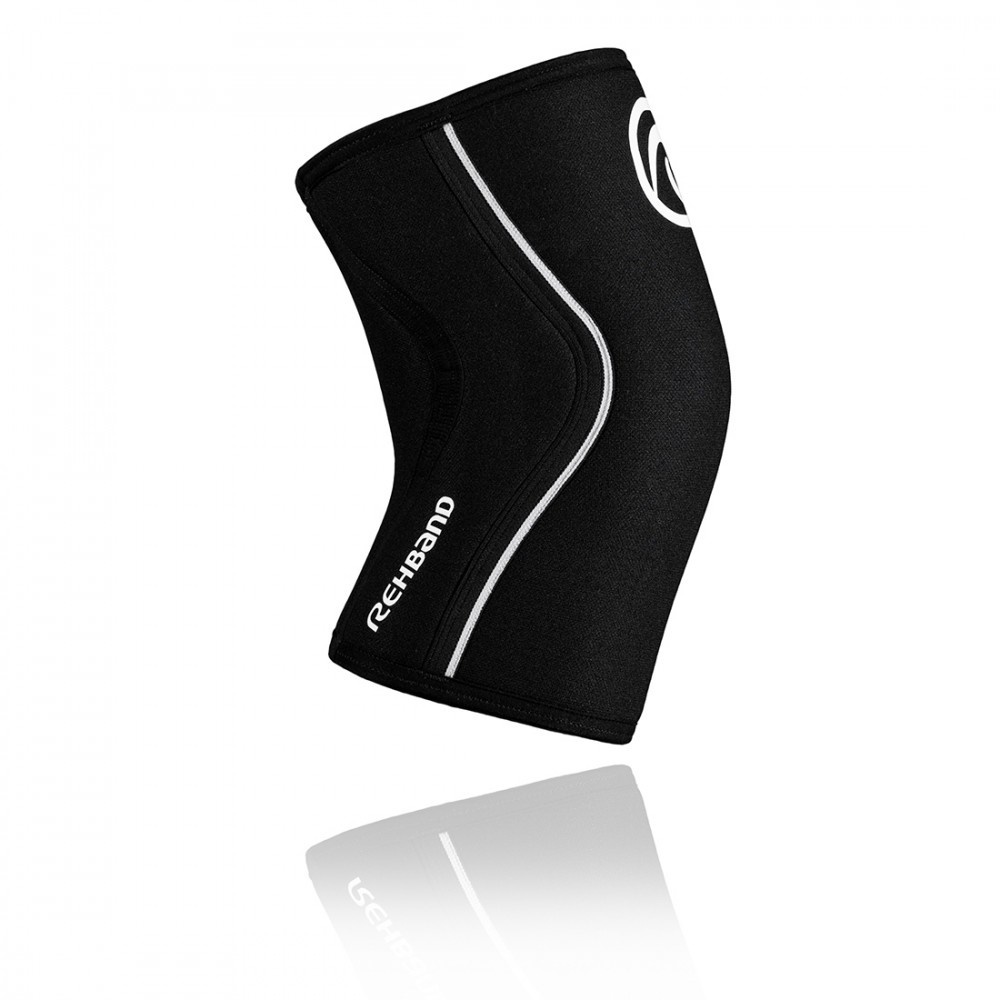
Rehband RX Knee Sleeve Power Max 7mm
€40.00
Select options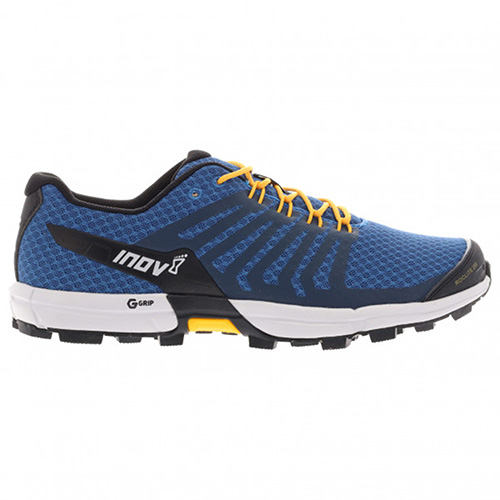
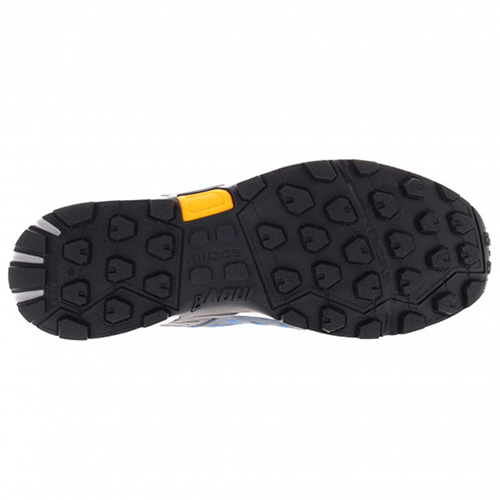


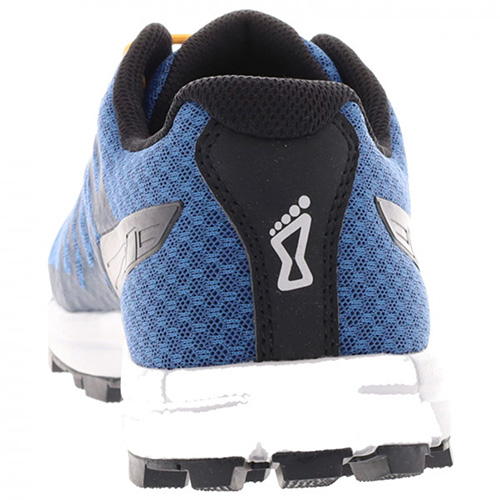
Inov8 Roclite 290 Blue/Yellow Men
€140.00
Select options




Inov8 X-Talon 212 Blue/Light Blue Women
€135.00
Select options
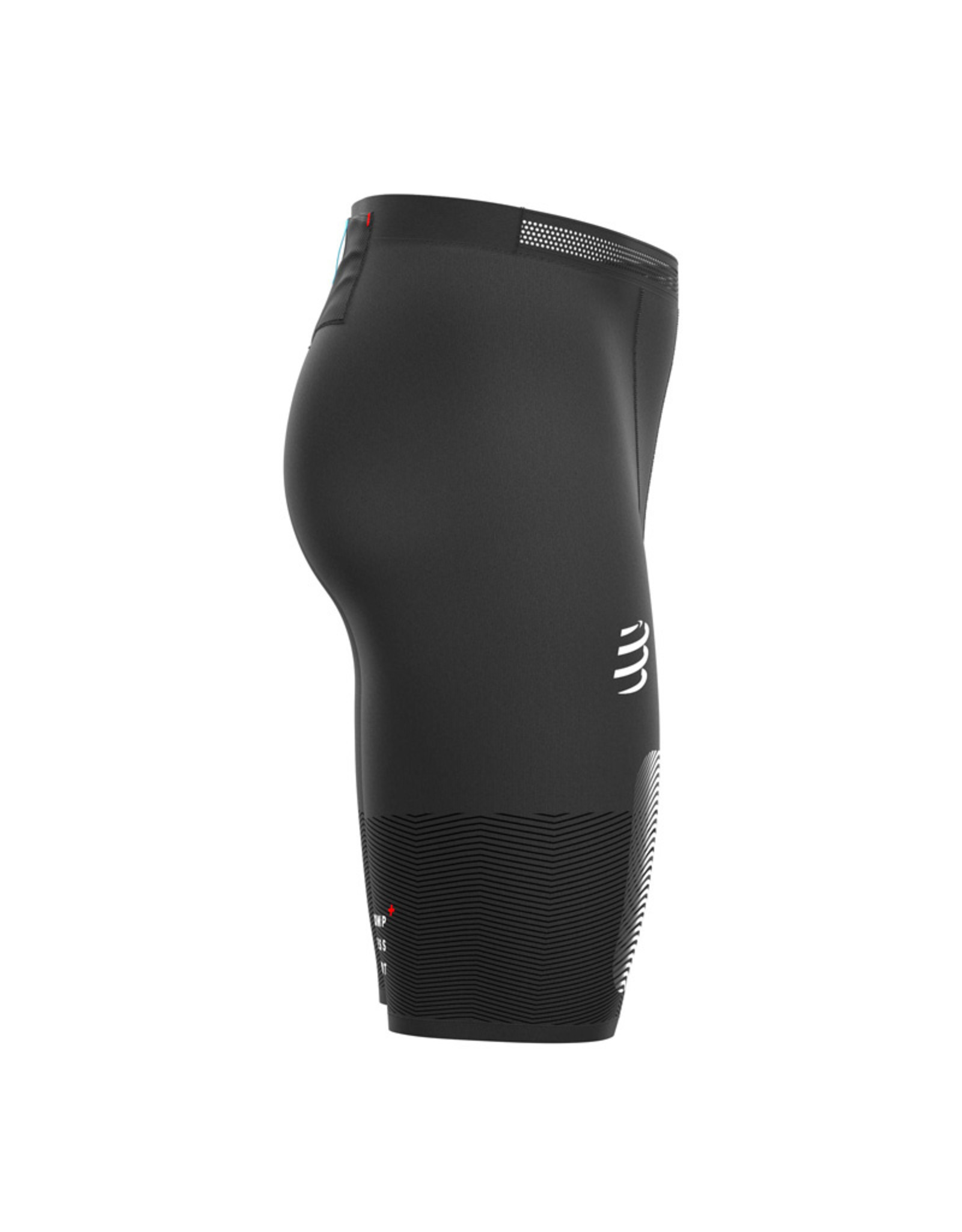

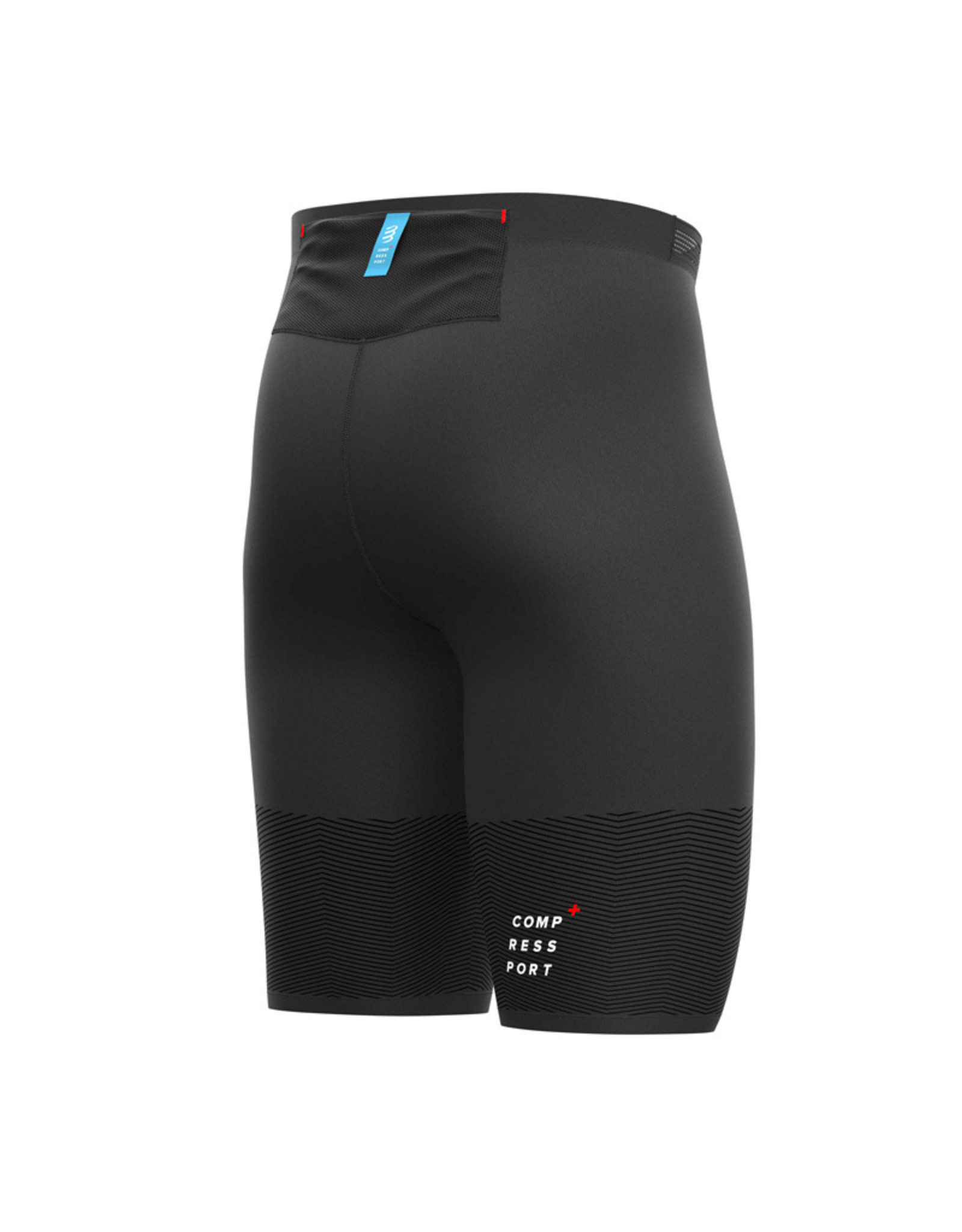

Compressport Trail Under Control Short Black
€100.00
Select options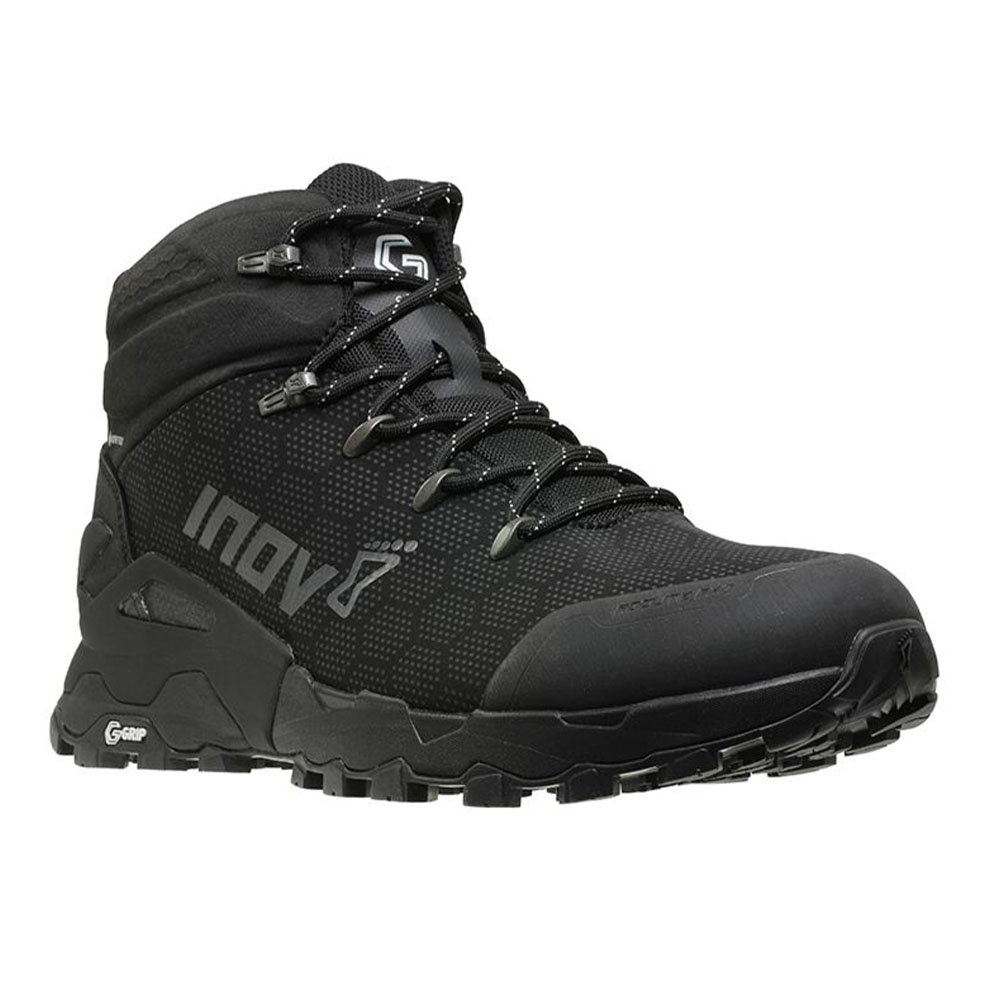


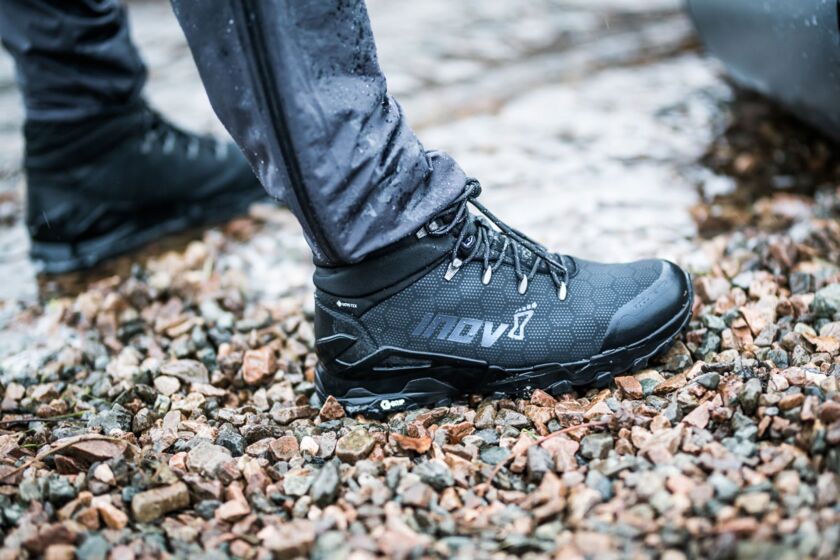
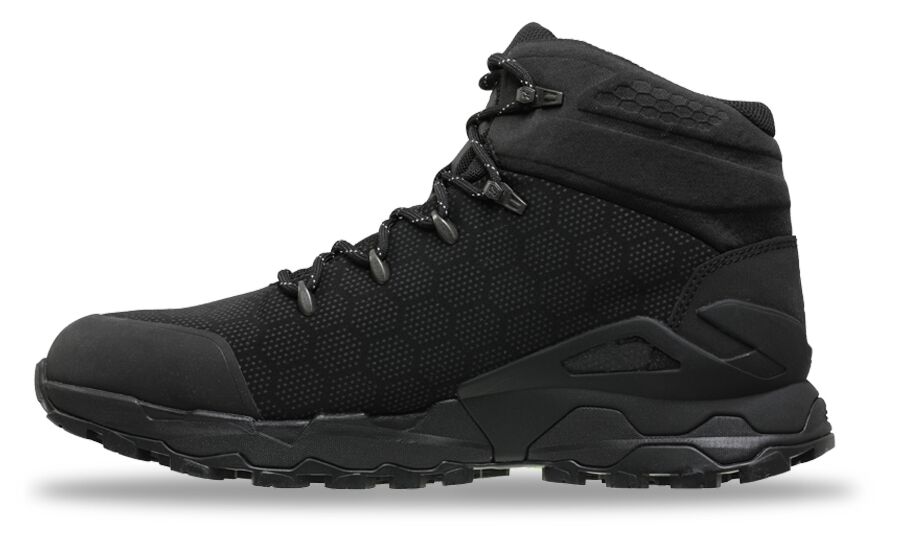
Inov8 Roclite Pro G 400 GTX Black Men
€220.00
Select options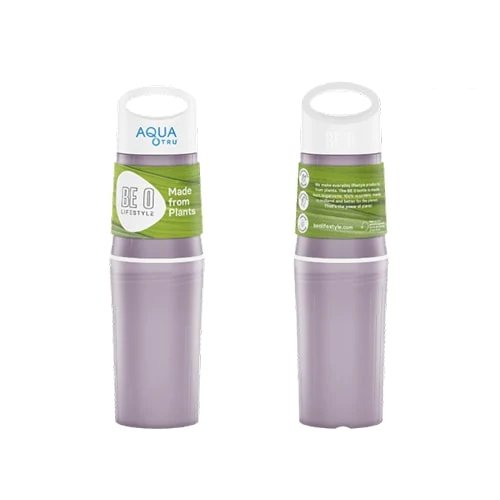
AquaTru Be O Bottle Purple
€12.75
Add to cart


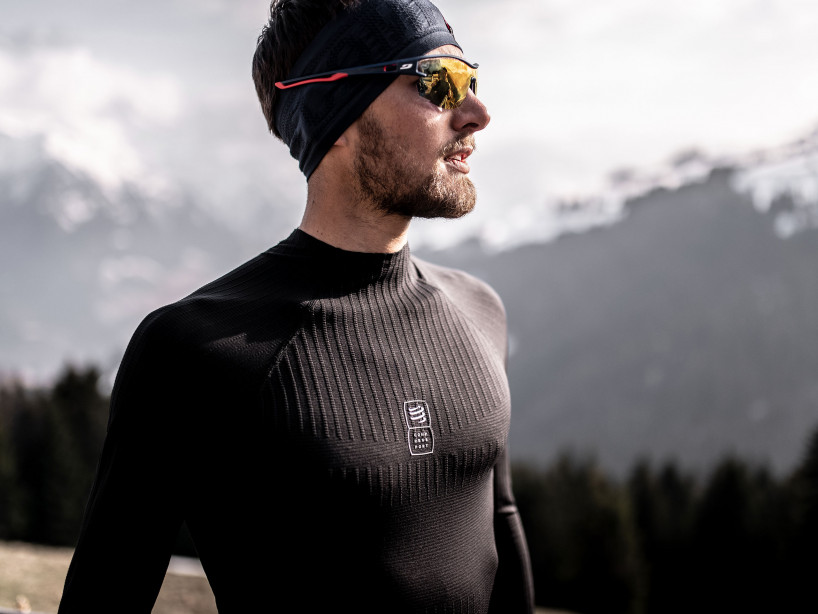
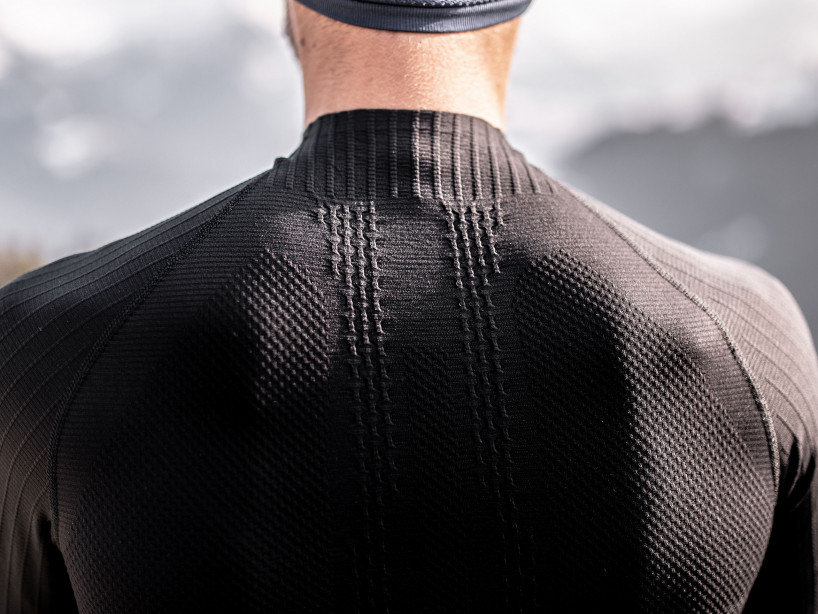
Compressport 3D Thermo 110G LS T-shirt Men
€110.00
Select options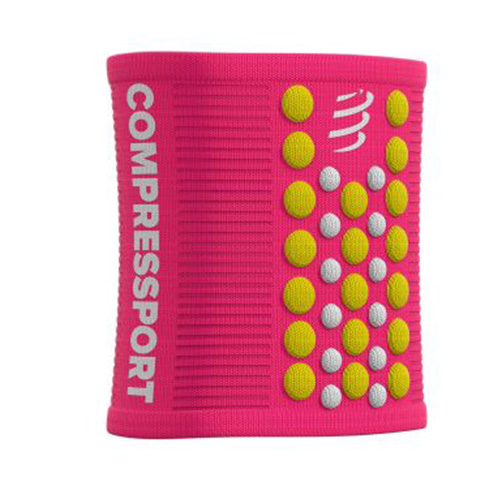
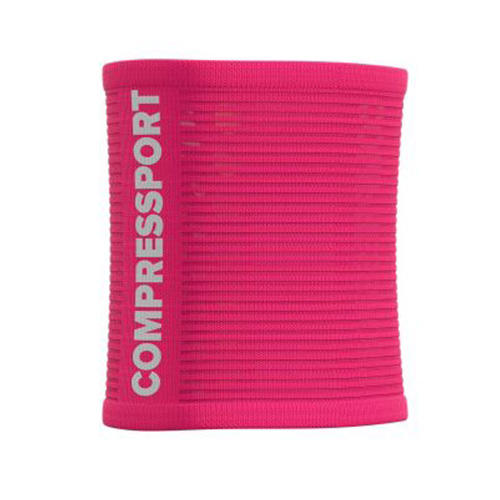


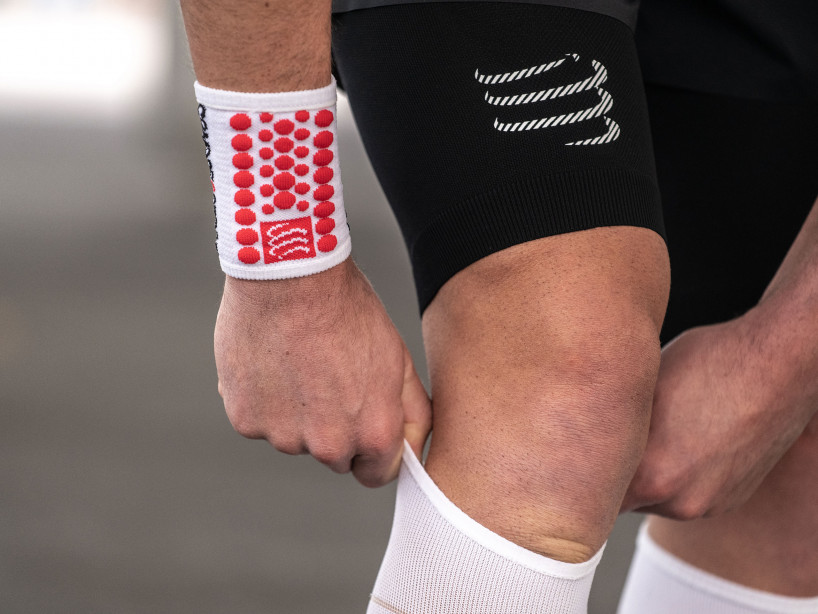
Compressport Sweatbands 3D.Dots One Size
€10.00
Select options


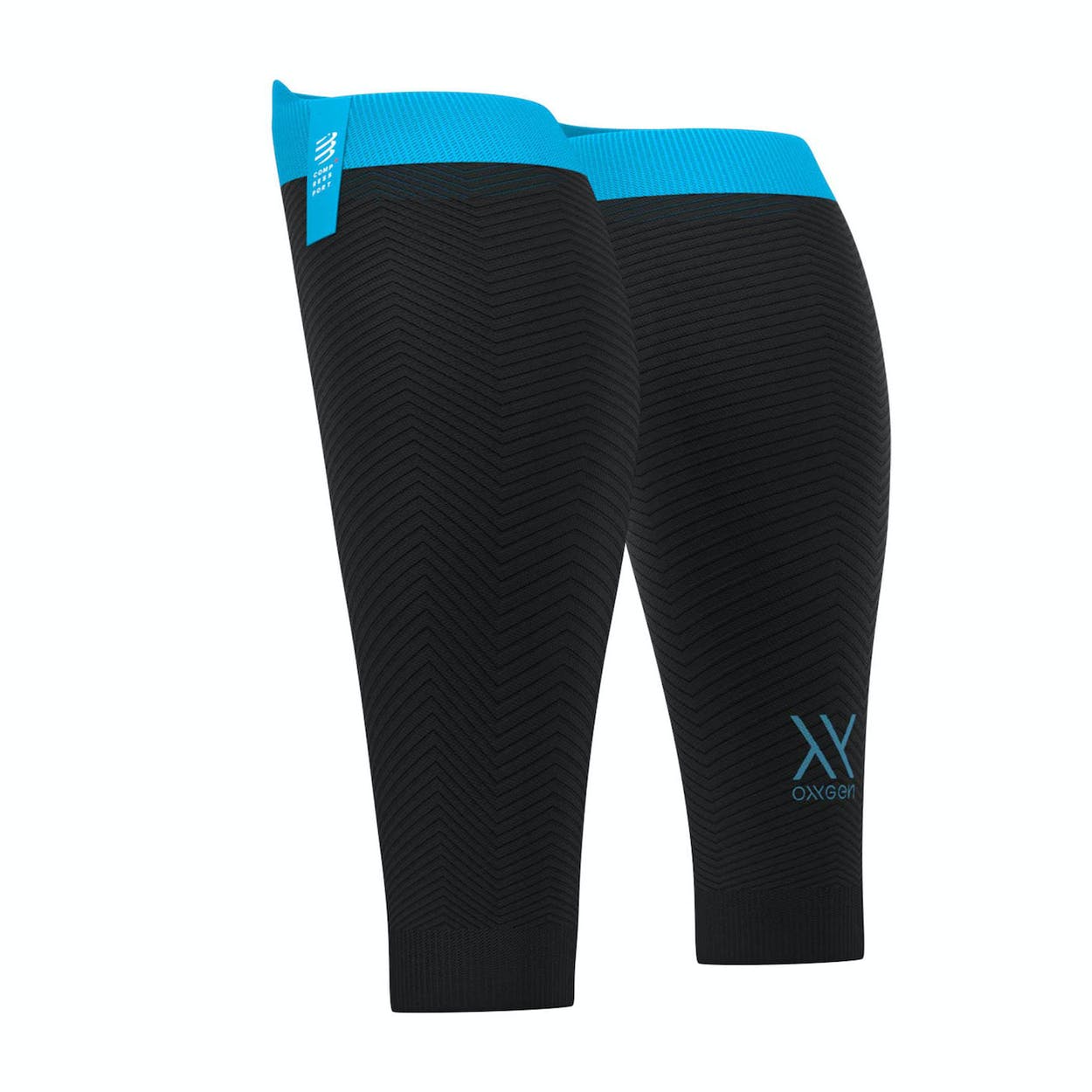

Compressport R2 Oxygen Calf Sleeves White
€50.00
Select options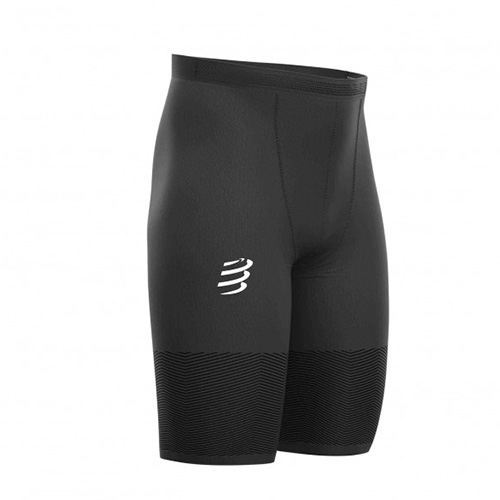
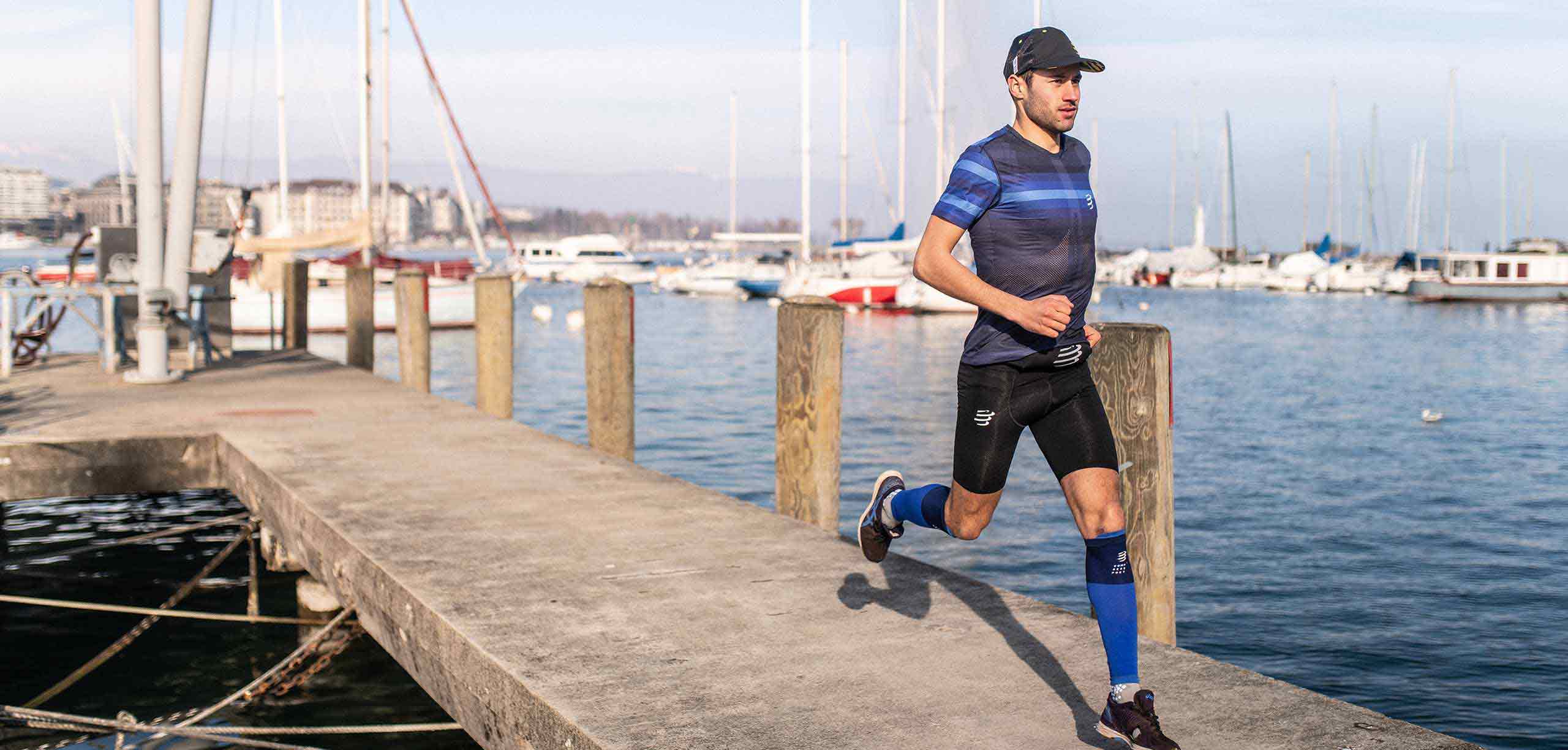


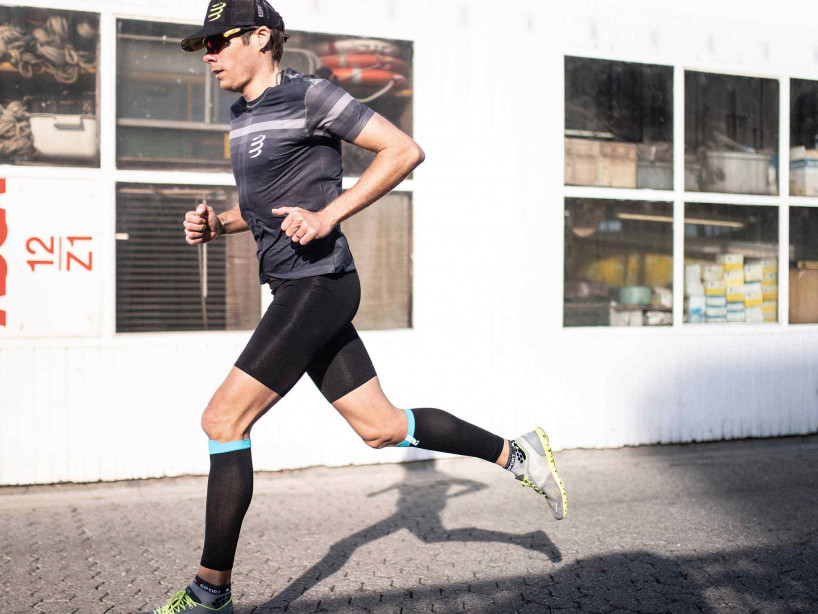
Compressport Run Under Control Short Black
€85.00
Select options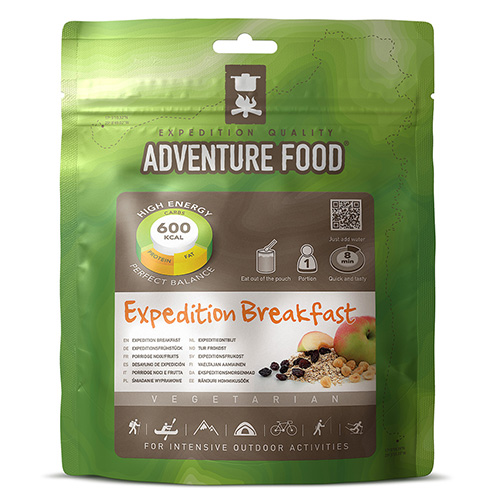


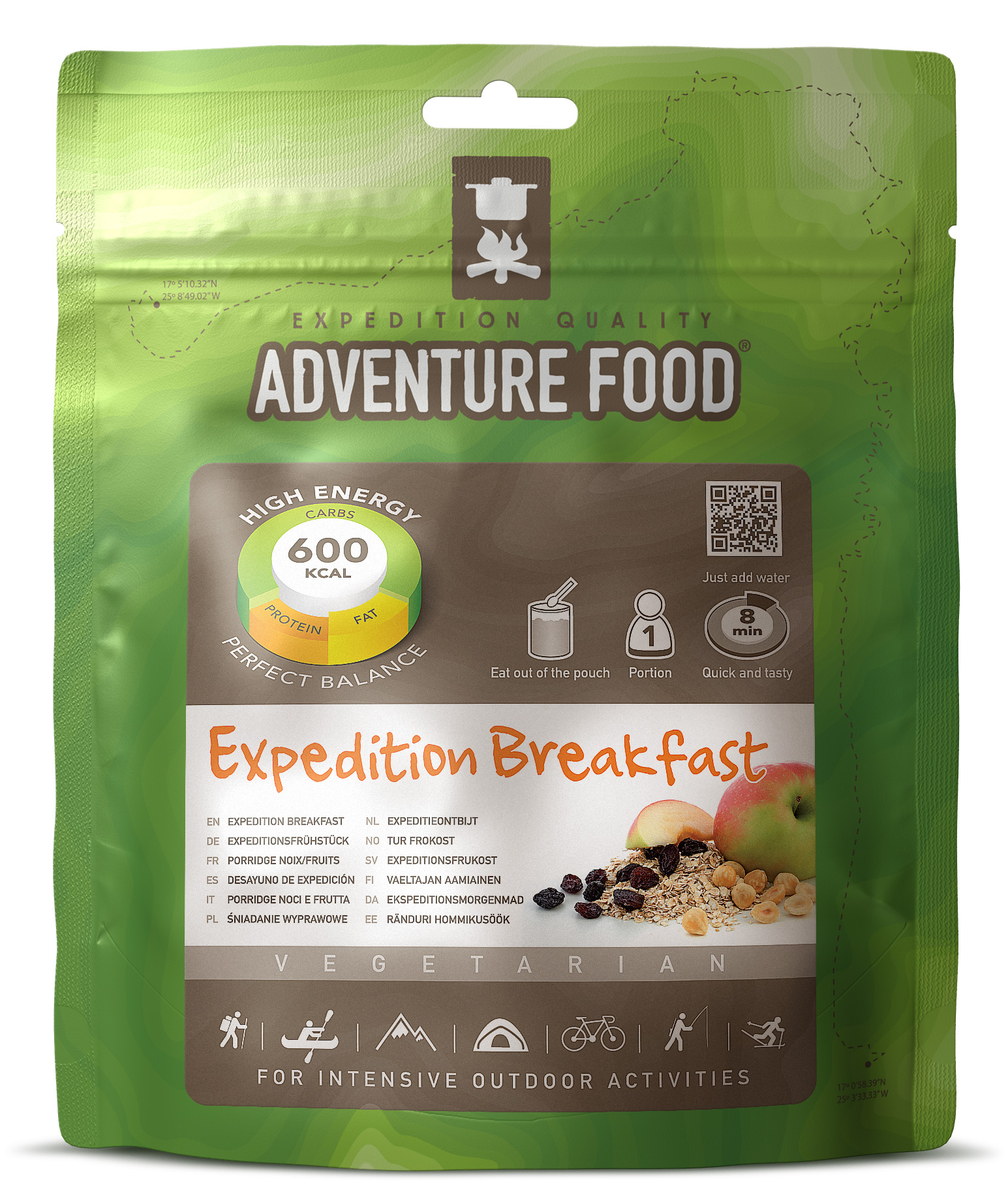
Adventure Food Expedition Breakfast
€3.95
Add to cart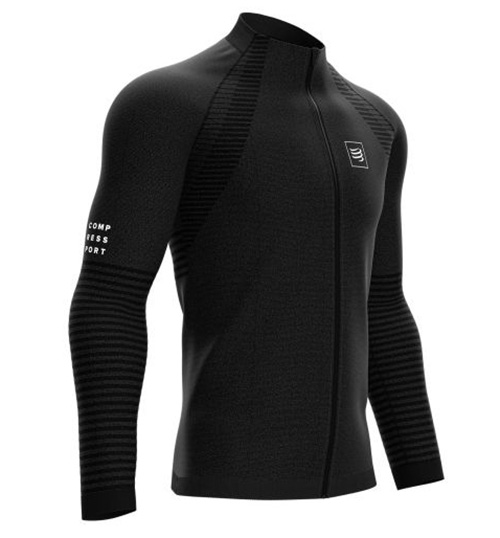



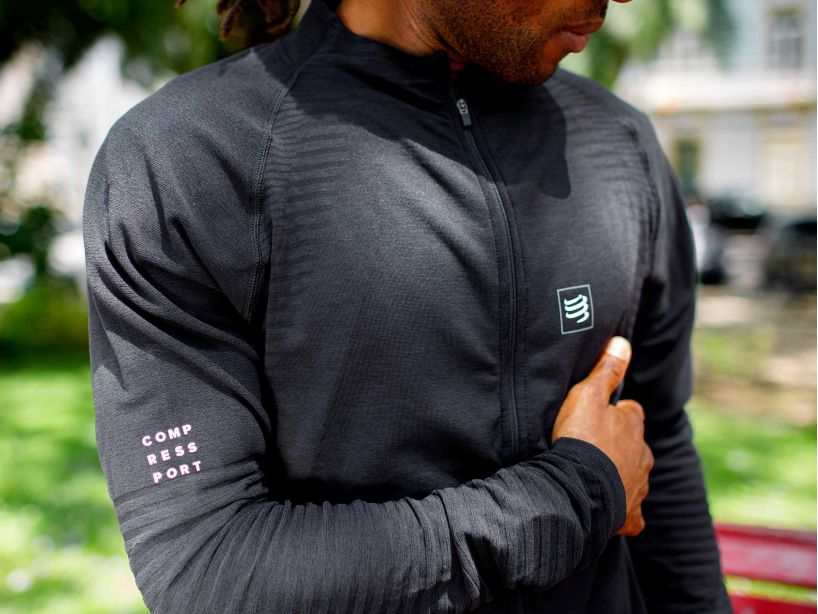
Compressport Seamless Zip Sweatshirt Men
€90.00
Select options


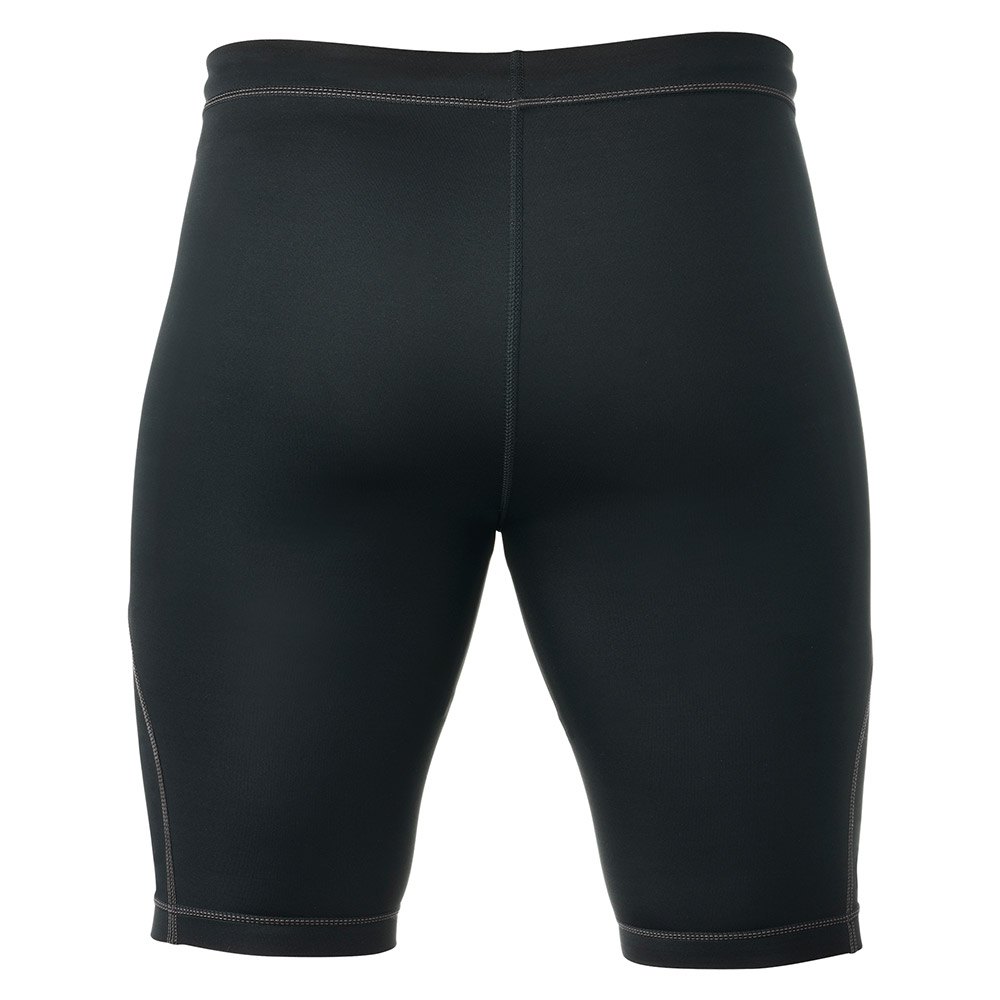
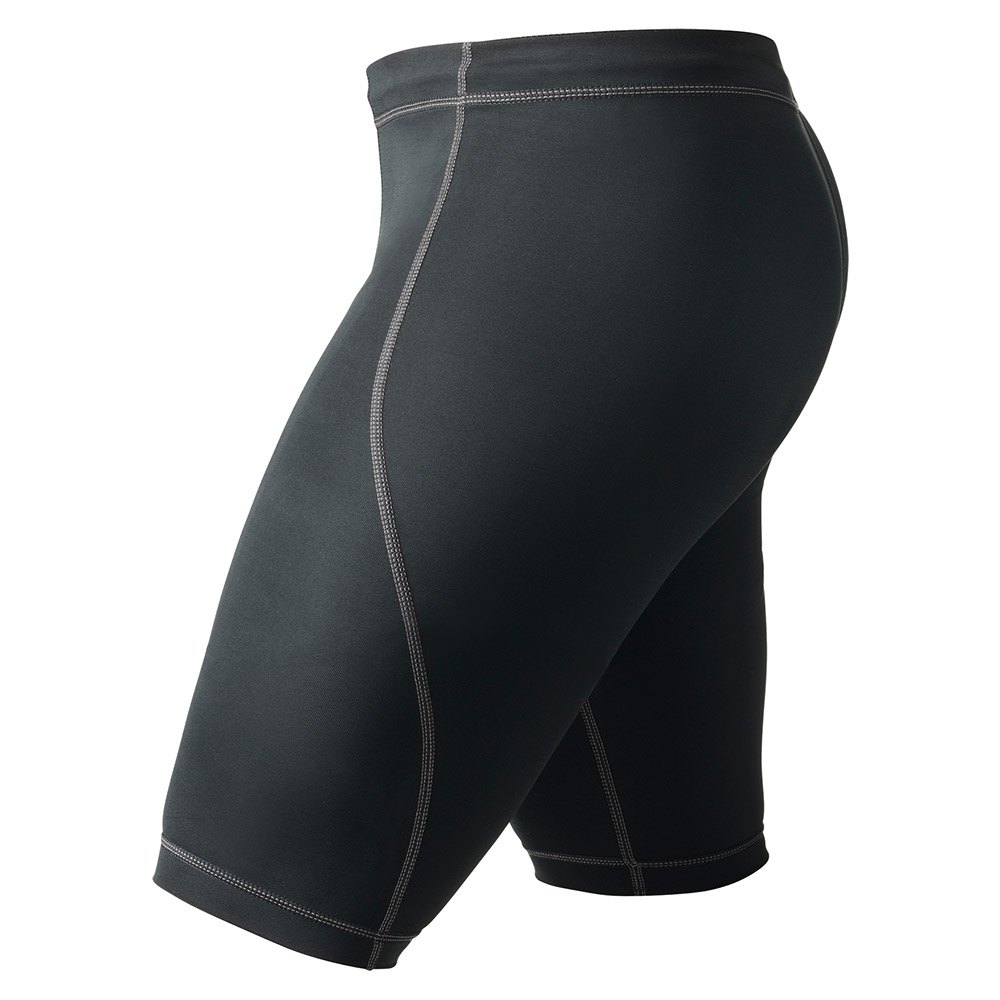
Rehband QD Compression Shorts Men
€80.00
Select options


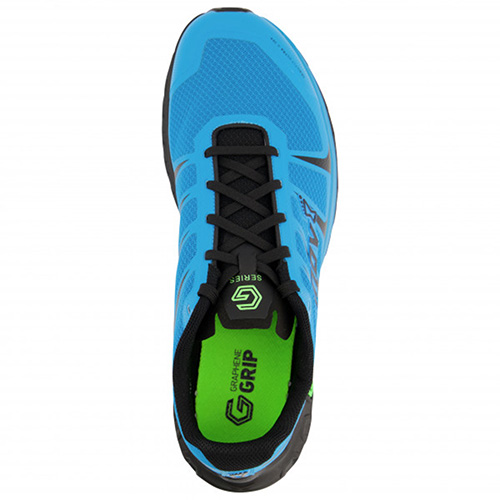

Inov8 Trailfly Ultra G 300 Max Blue/Black Men
€195.00
Select options



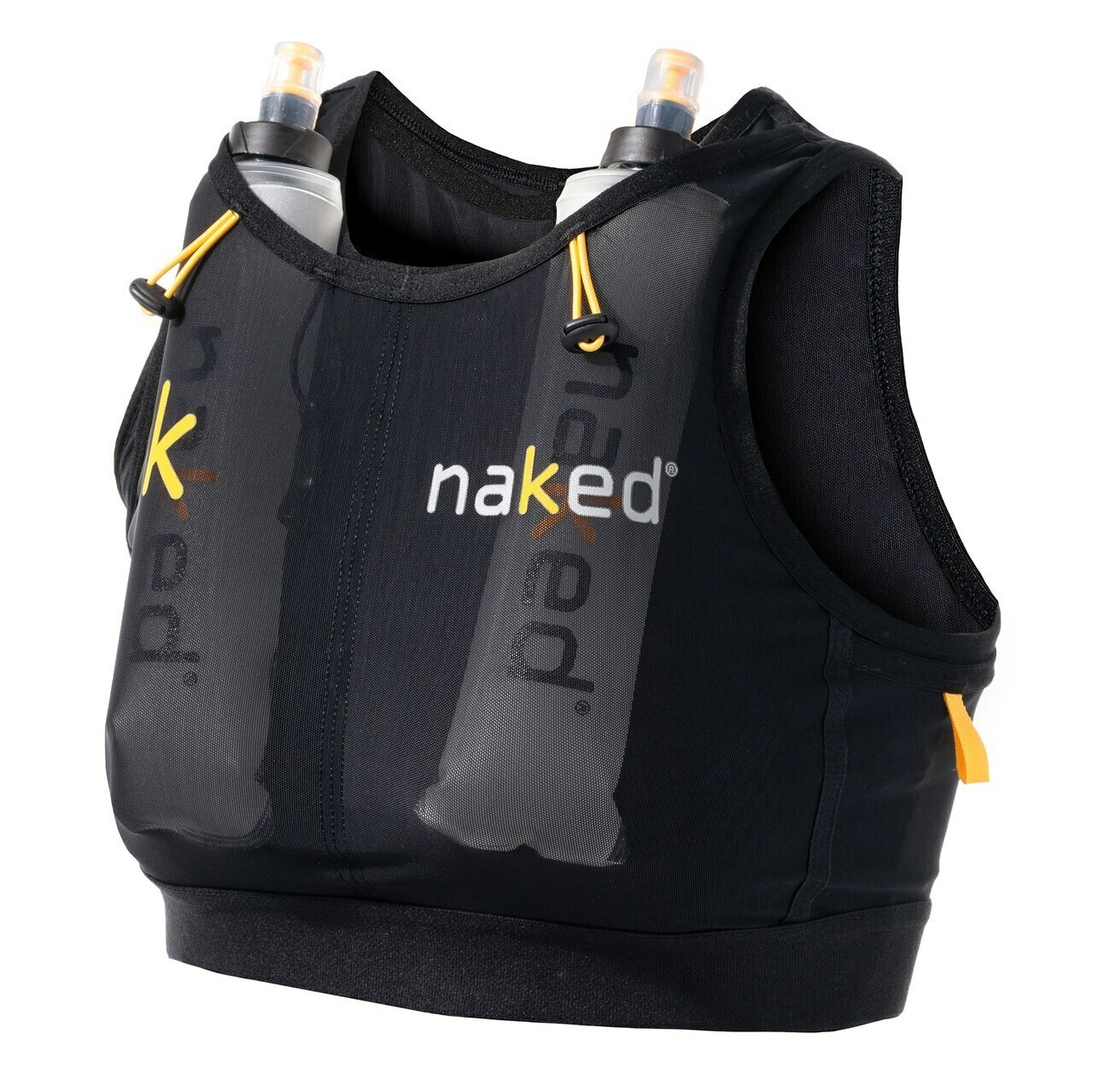
Naked® Running Vest Women
€125.00
Select options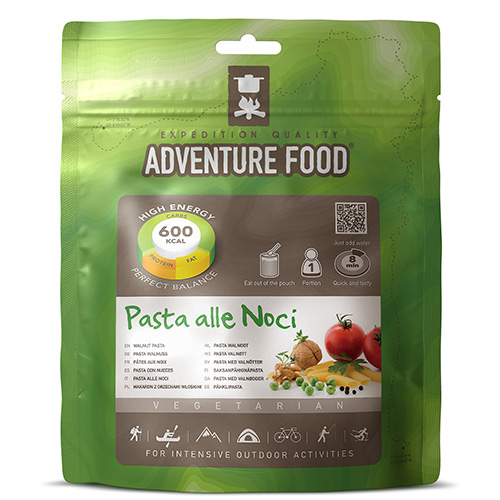



Adventure Food Pasta alle Noci
€5.95
Add to cart
Compressport Seamless Pants Men
€85.00
Select options
AquaTru pH+ Mineral Boost Alkaline VOC Carbon Filter (4)
€51.00
Add to cart
AquaTru Filter Package 1 year
€89.25
Add to cart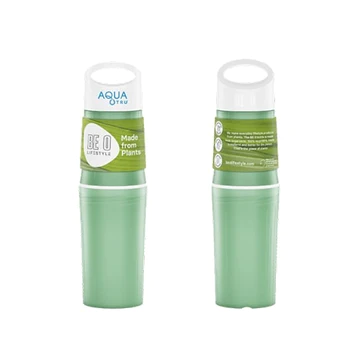
AquaTru BE O Bottle – Green
€12.75
Add to cart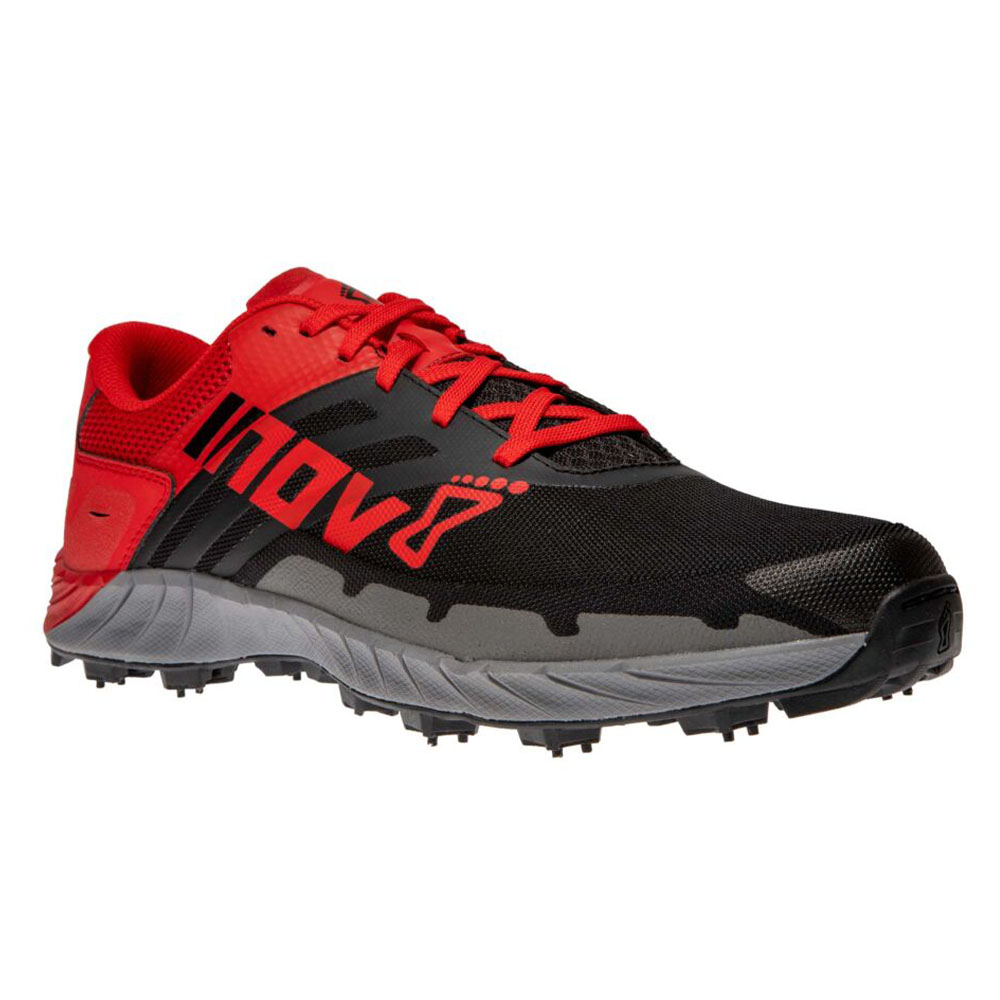
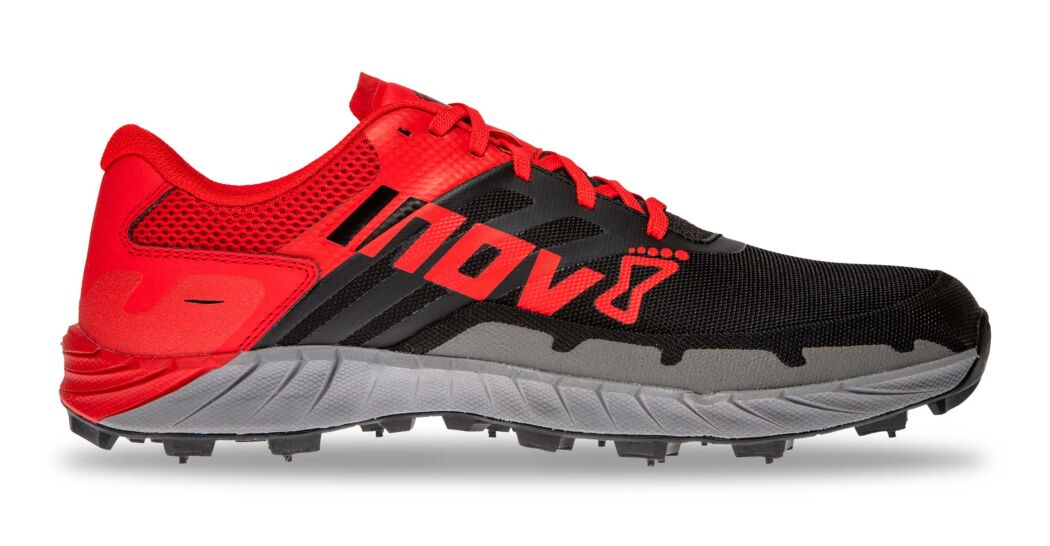

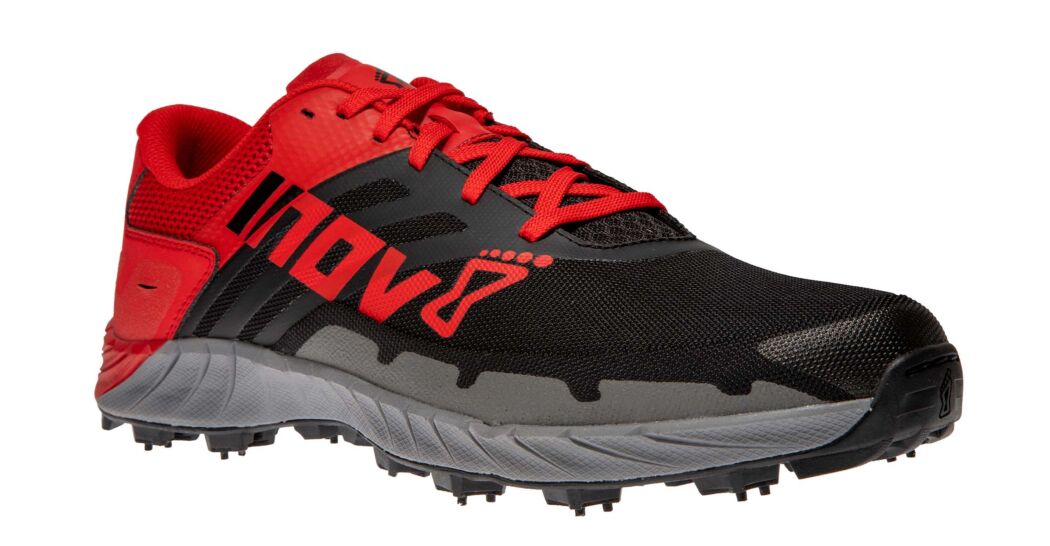

Inov8 Oroc Ultra 290 Red/Black Men
€170.00
Select options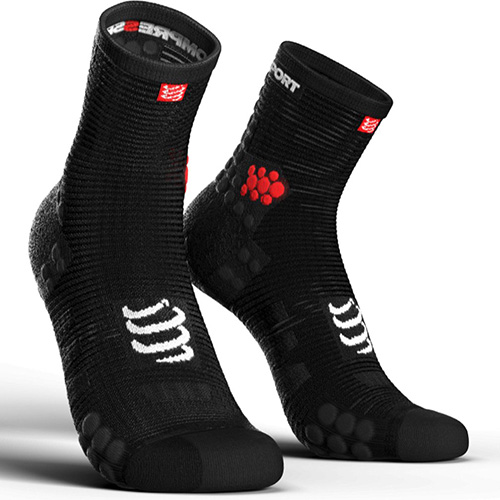


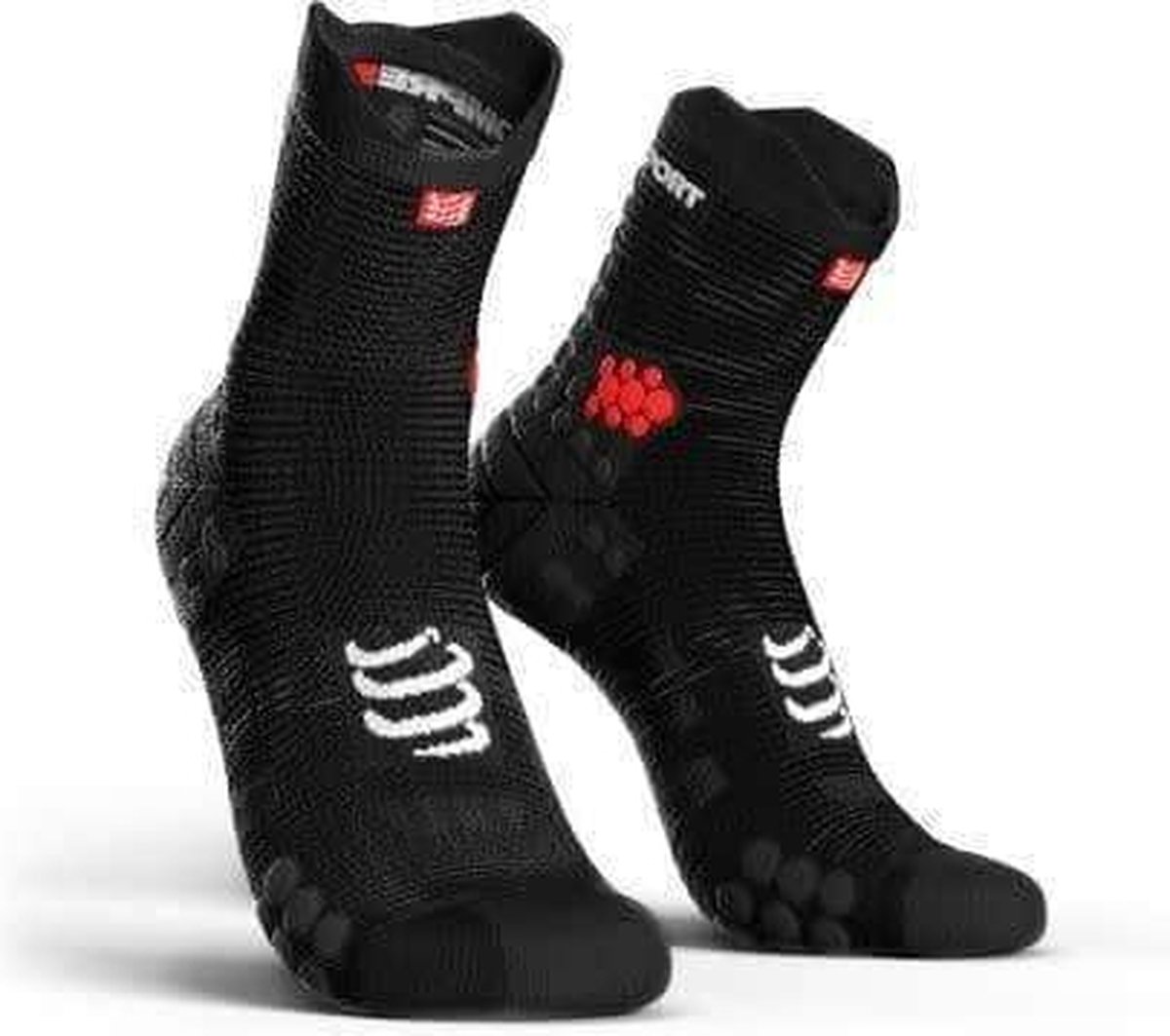
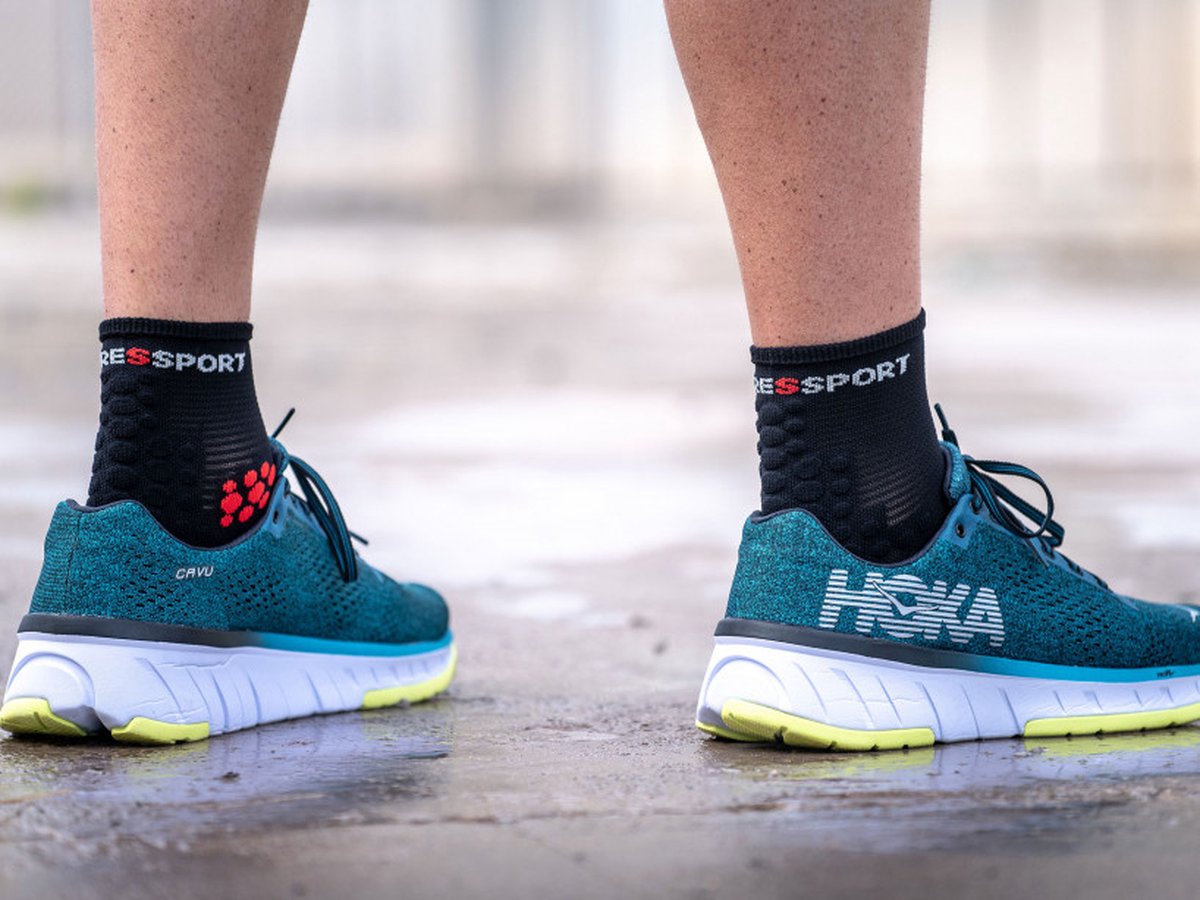
Compressport Pro Racing Socks V3.0 Run High
€16.00
Select options
Vitamine D3+K2, Omarin
€35.90
Add to cart
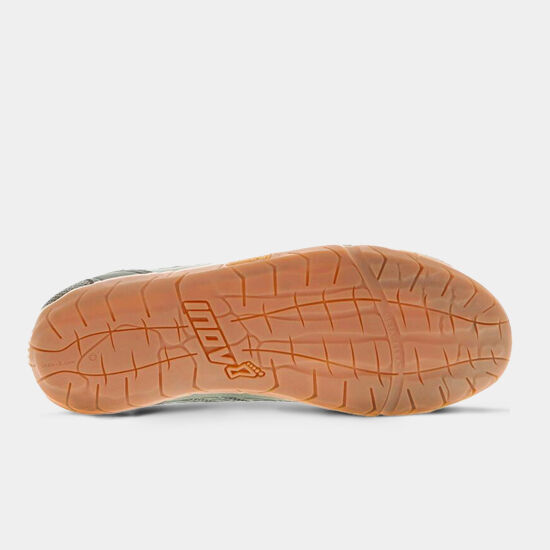

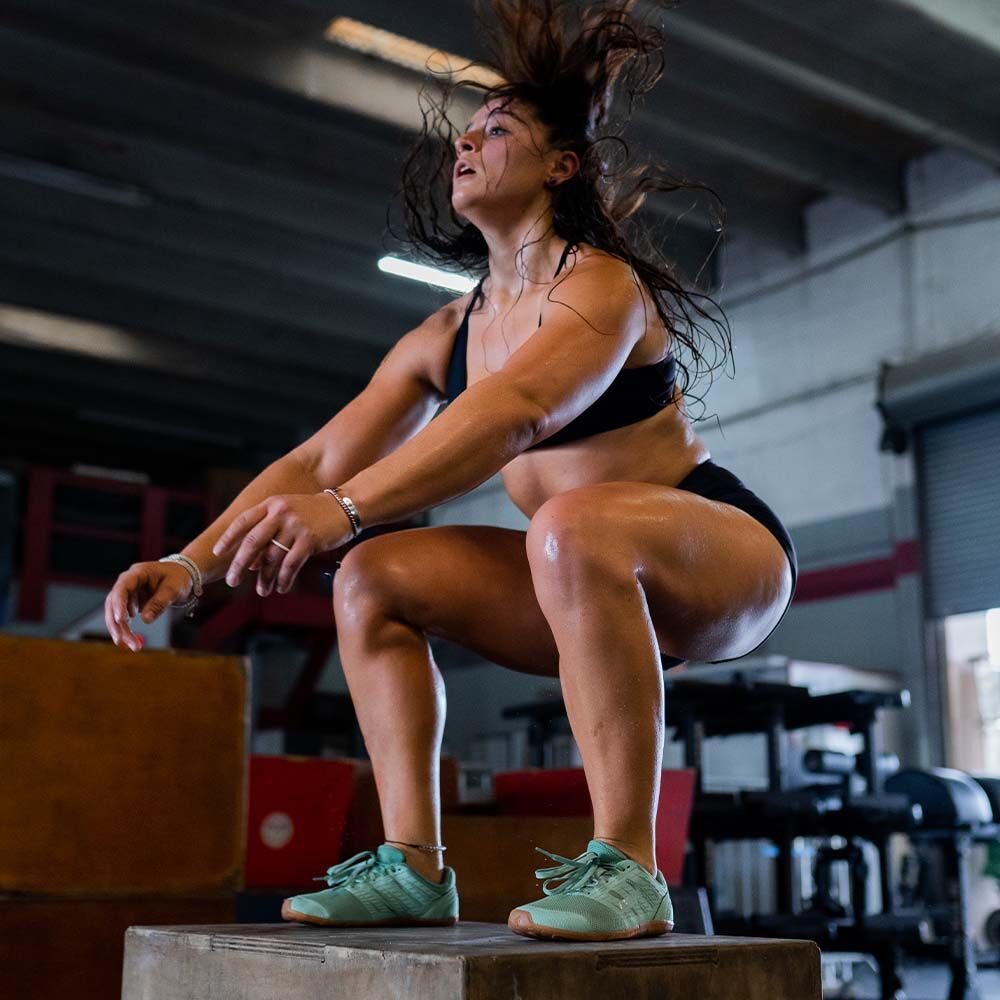
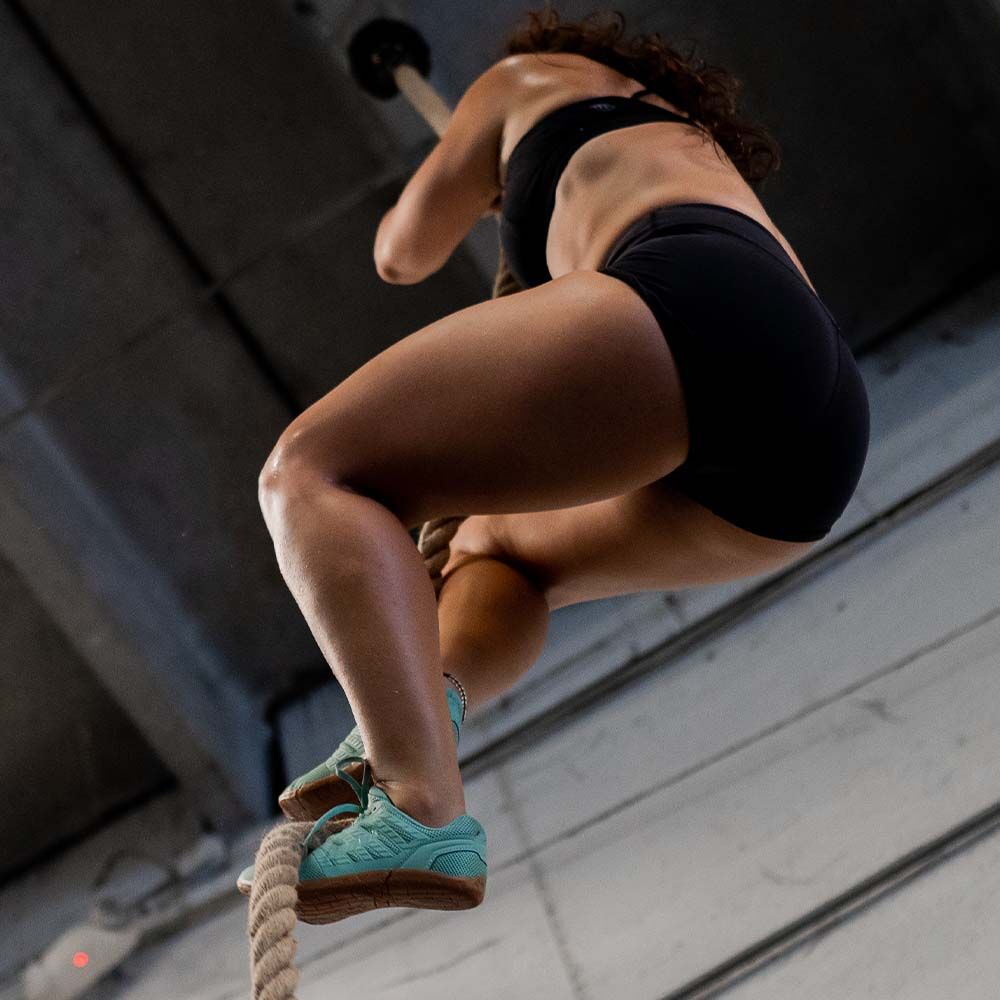
Inov8 Bare-XF 210 V3 Black/Gum Men
€145.00
Select options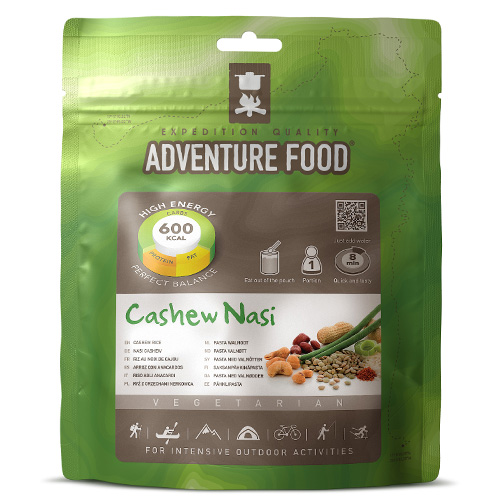



Adventure Food Cashew Nasi
€5.95
Add to cart
Zinargin
€29.70
Add to cart
AquaTru Filter Package 2 years
€222.75
Add to cart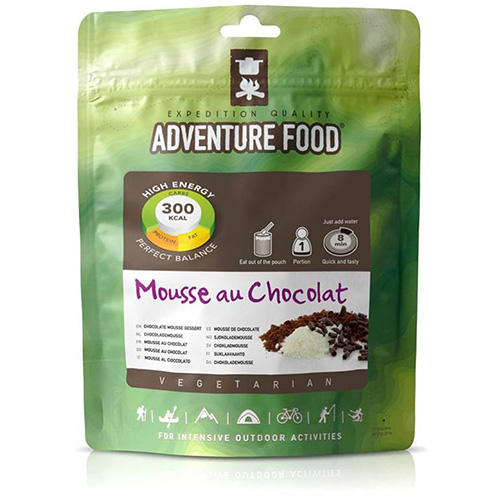
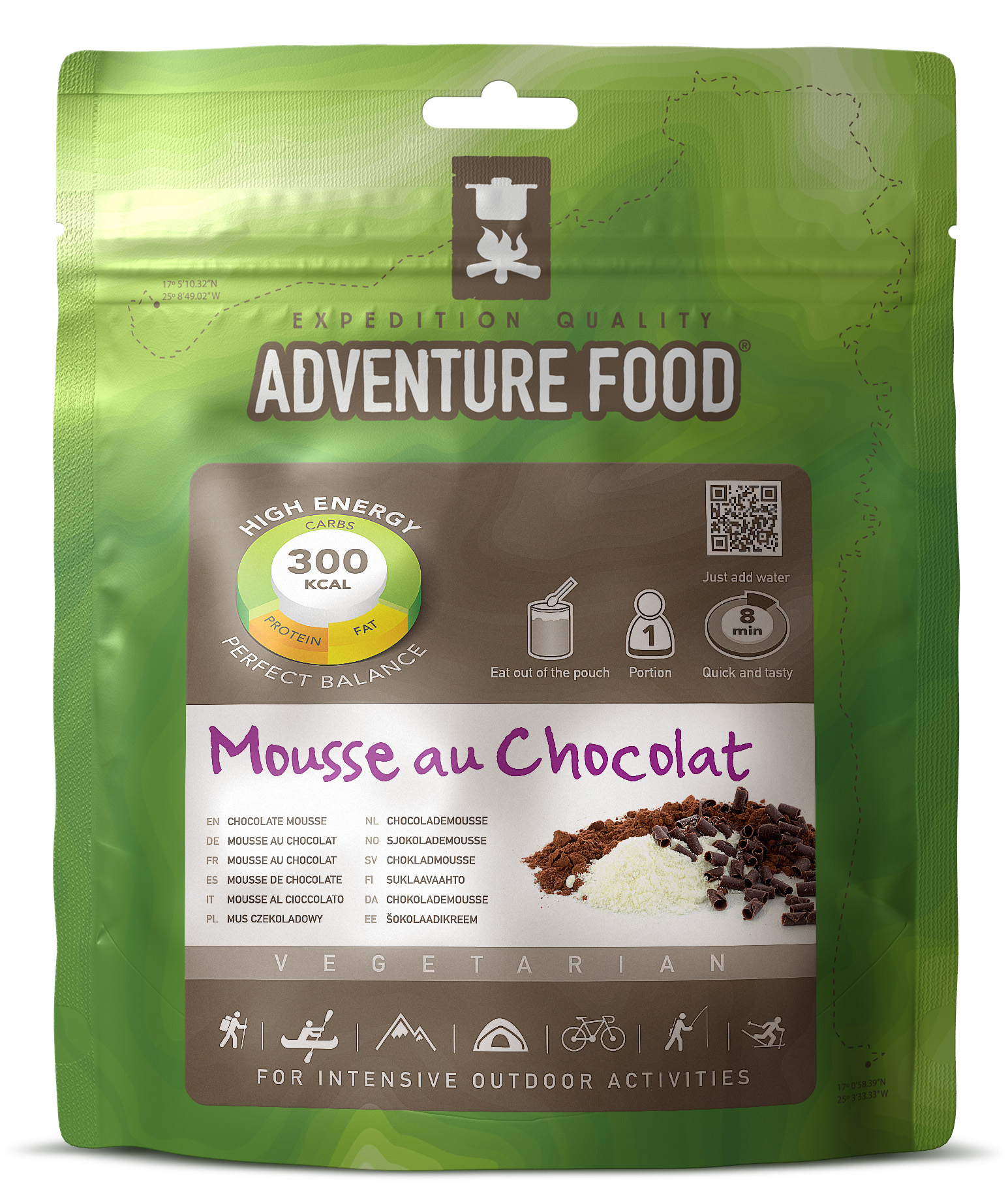

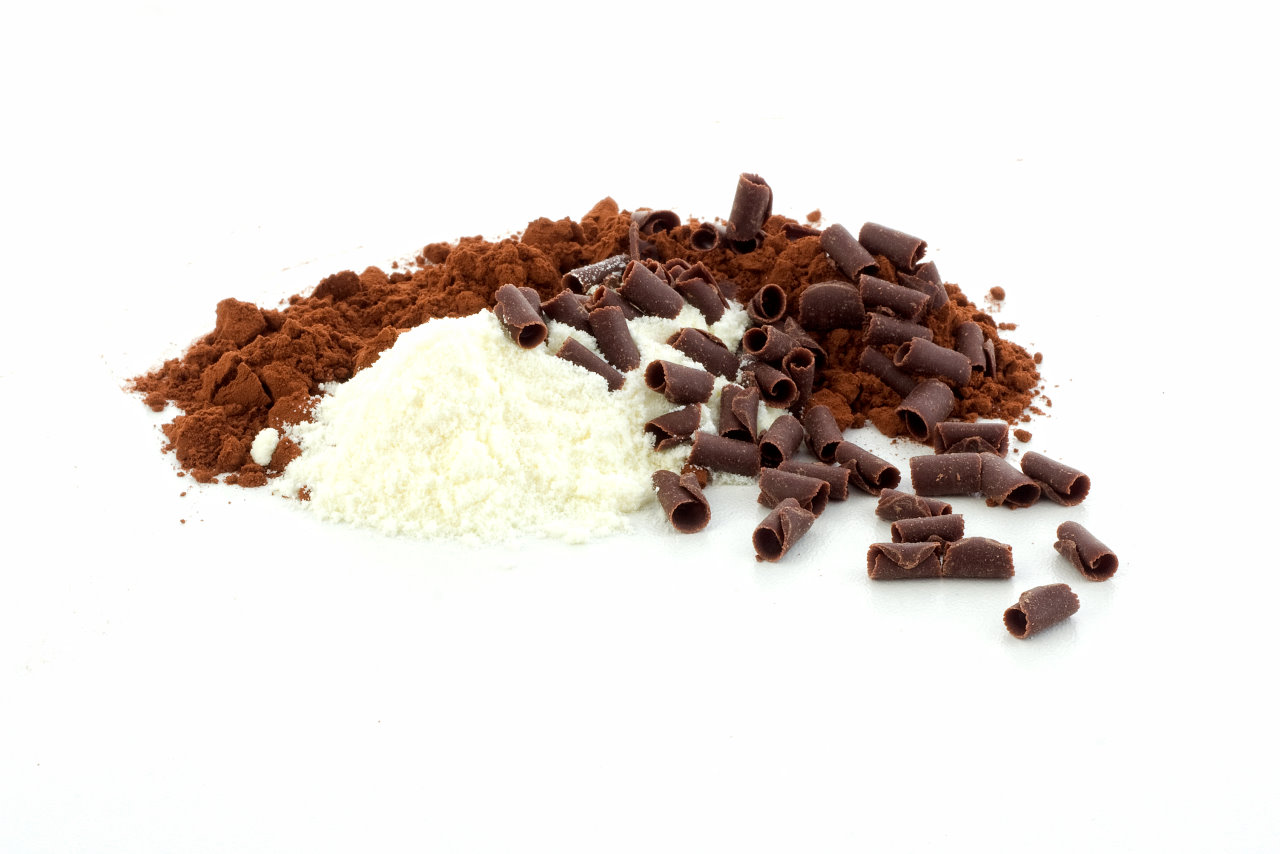
Adventure Food Mousse au Chocolat
€3.95
Add to cart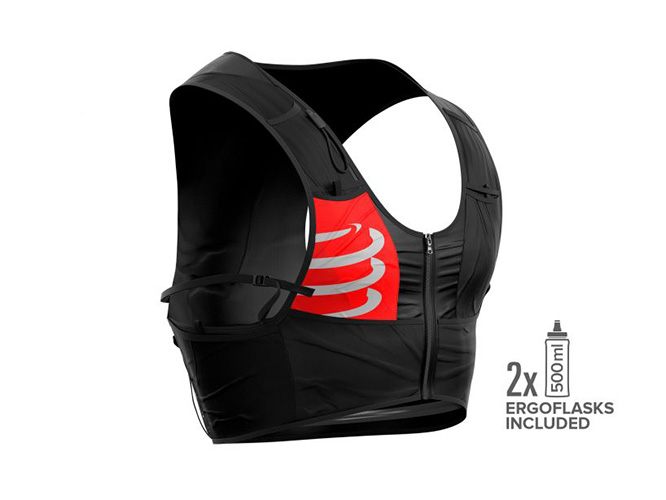
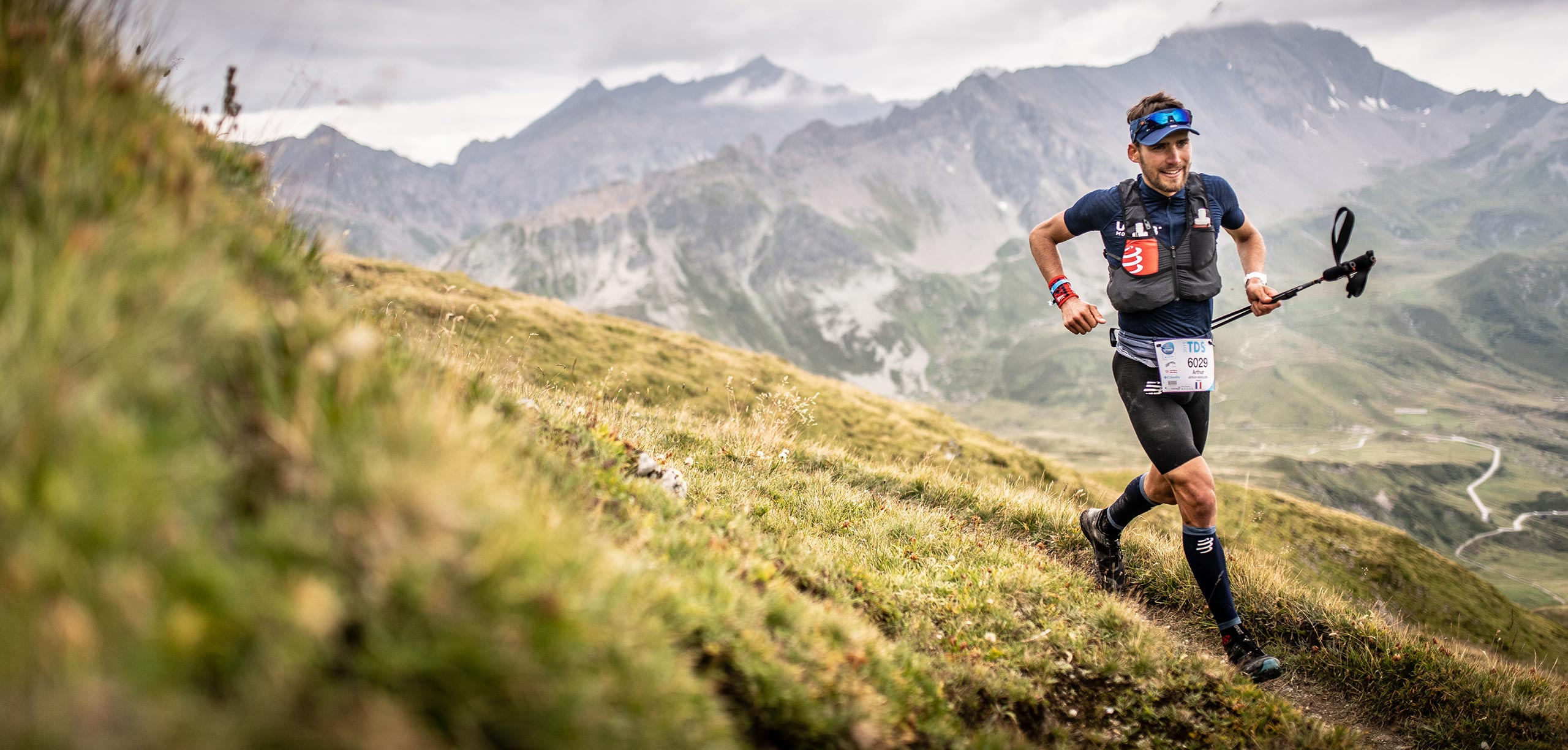

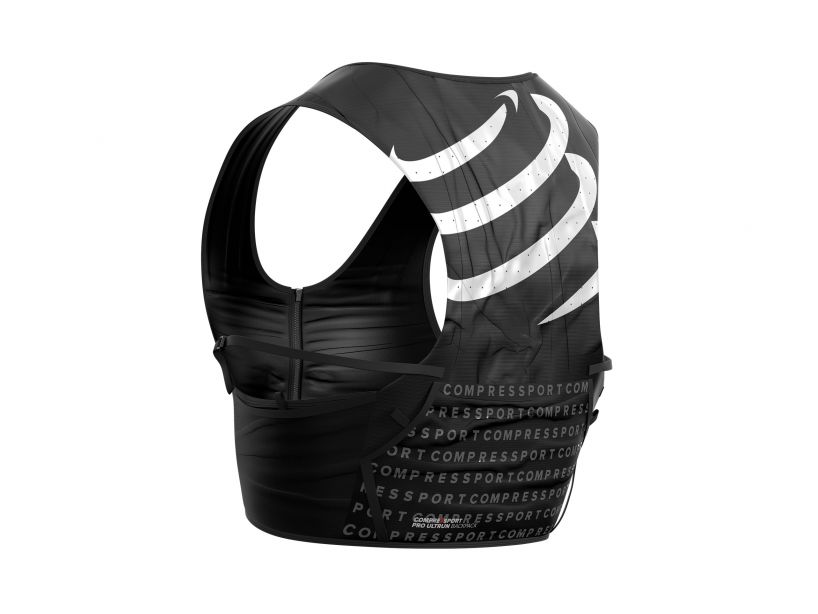
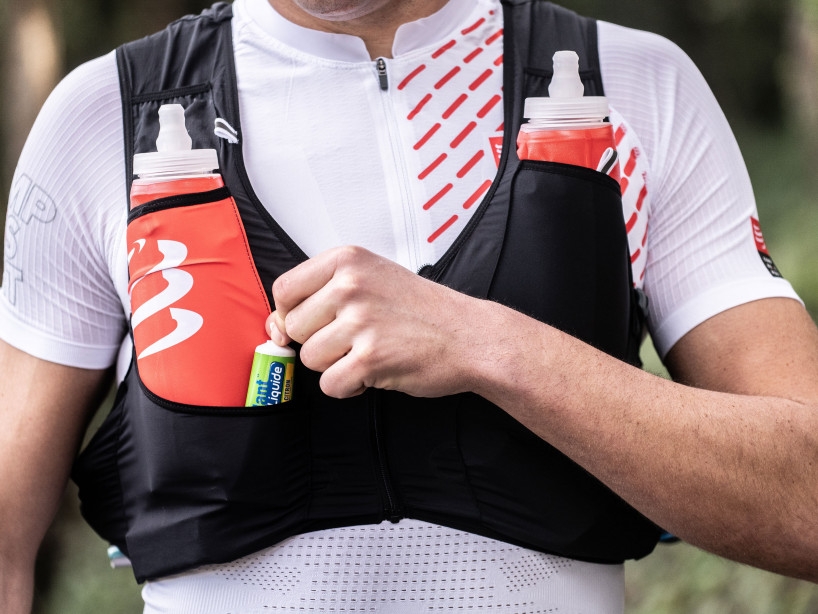
Compressport Ultrun S Pack Black Men
€160.00
Select options




Compressport Performance Short Black
€50.00
Select options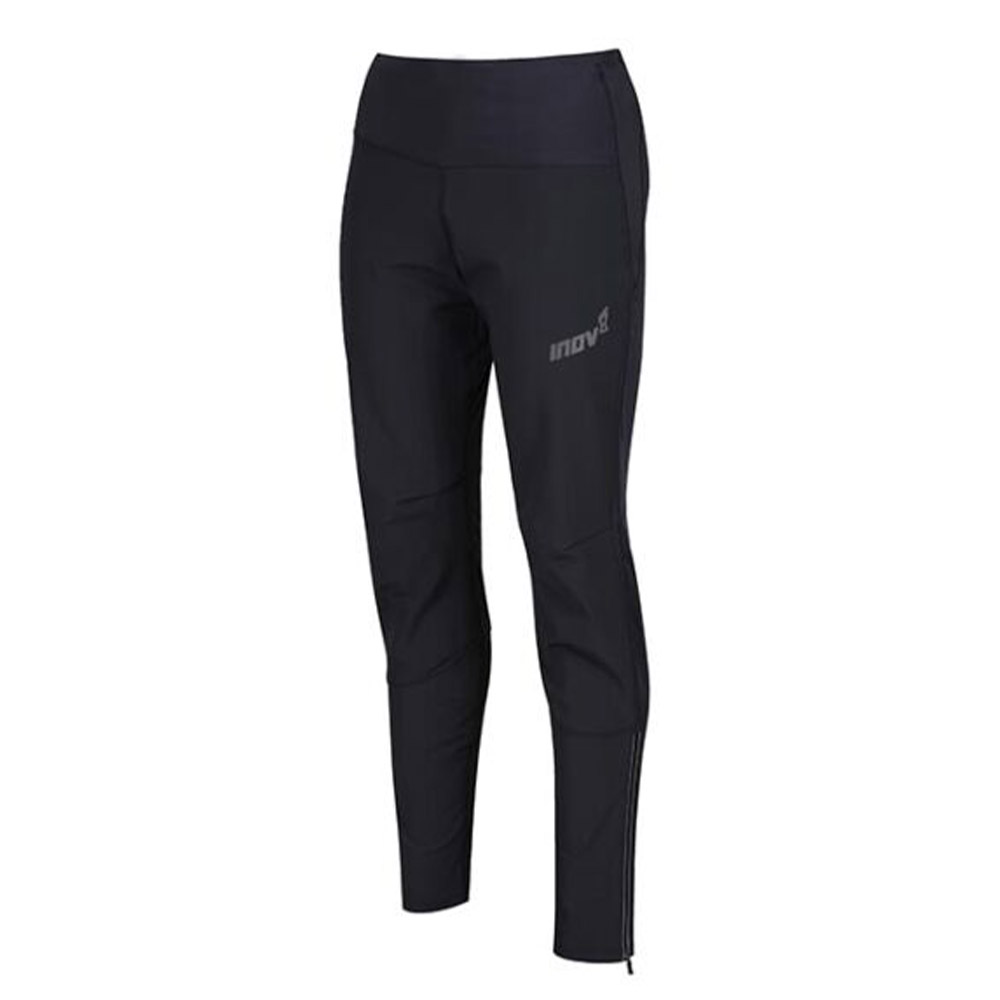
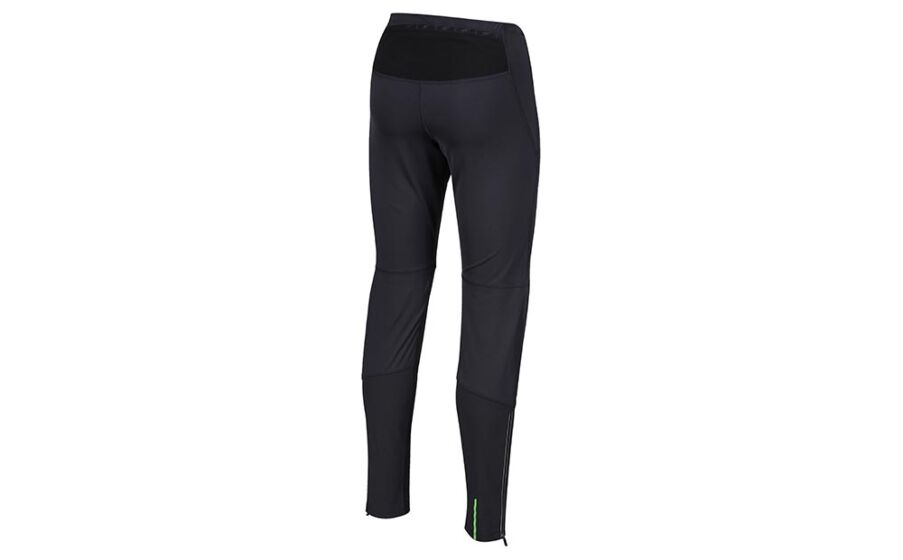

Inov8 Winter Tight Black Women
€135.00
Select options
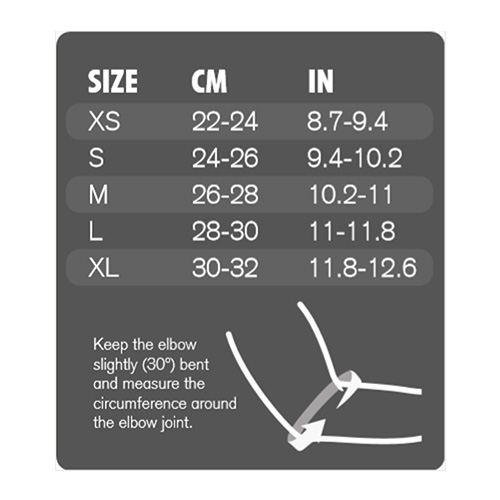



Rehband RX Elbow Sleeve 5mm
€30.00
Select options
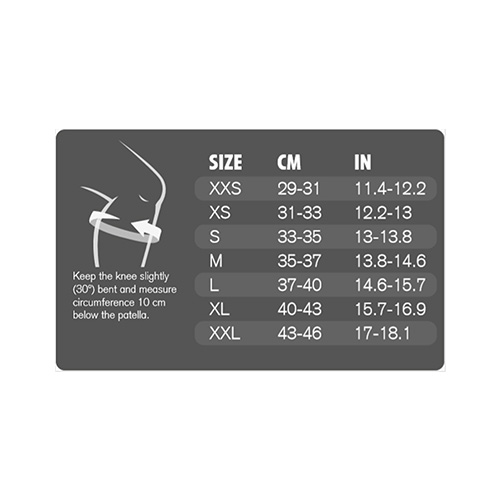



Rehband RX Knee Sleeve 3mm
€25.00
Select options- Sale!
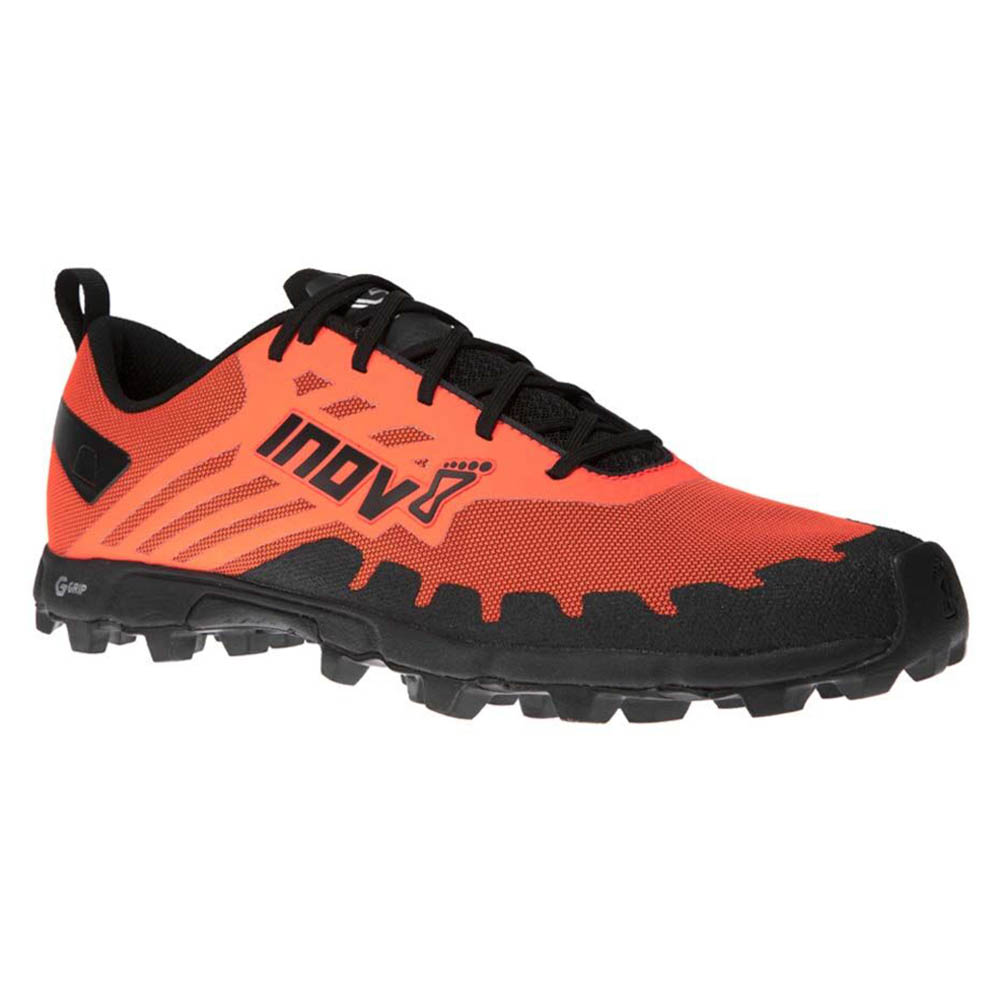
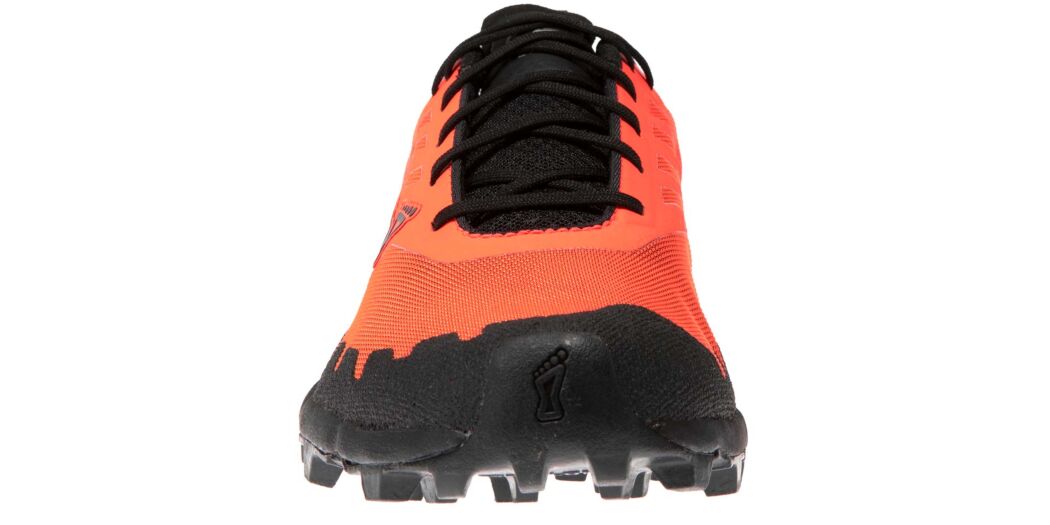


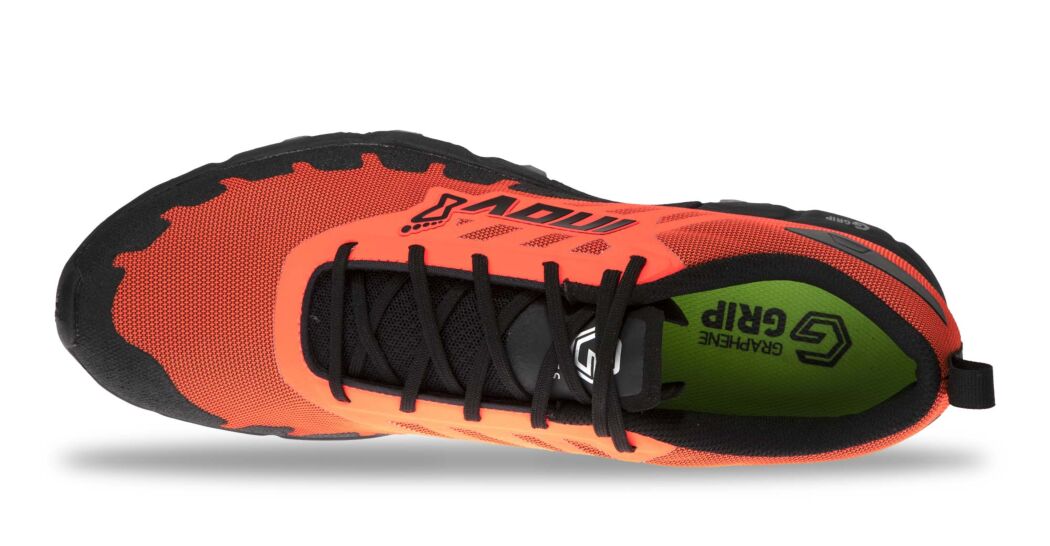
Inov8 X-Talon G 235 Orange/Black Men
€109.00
Select options



